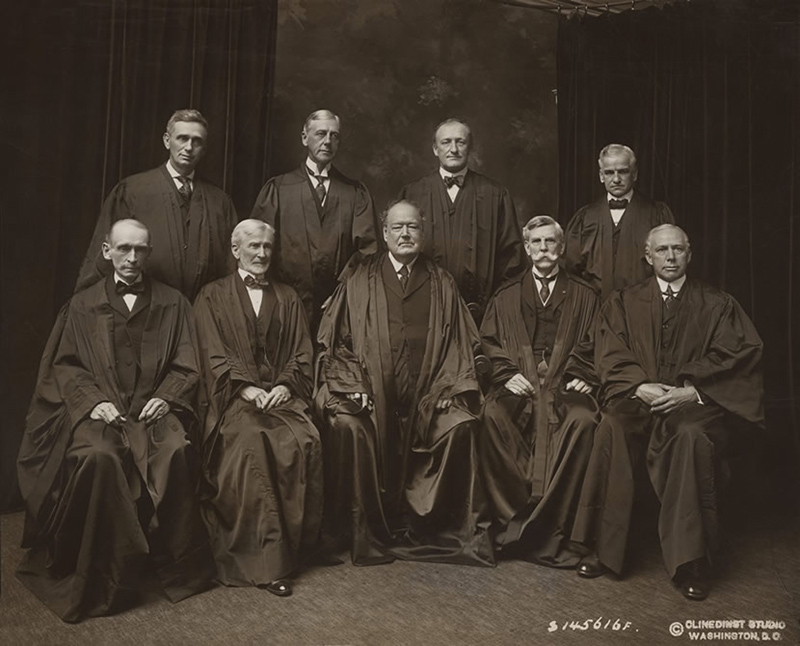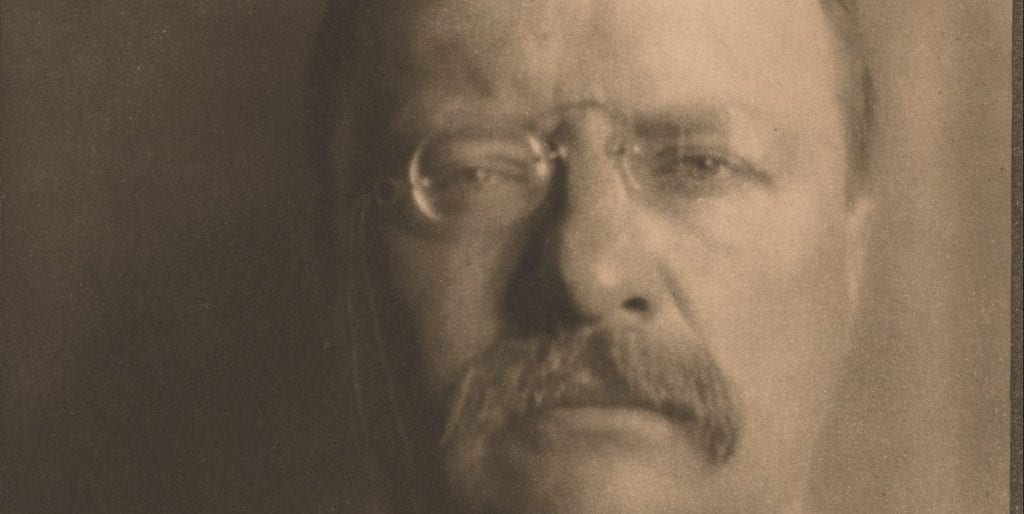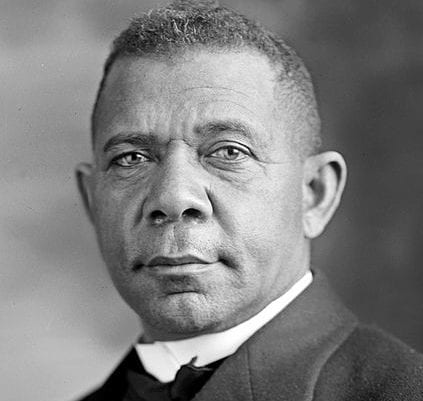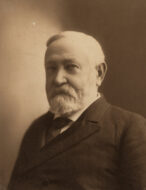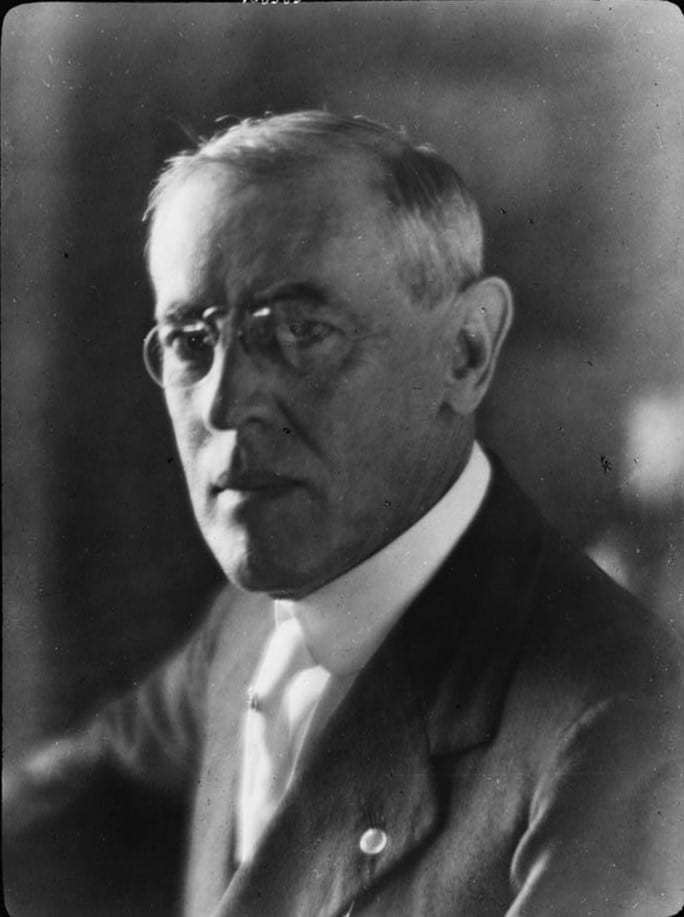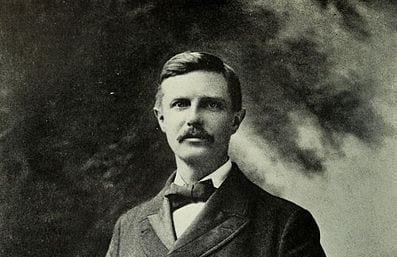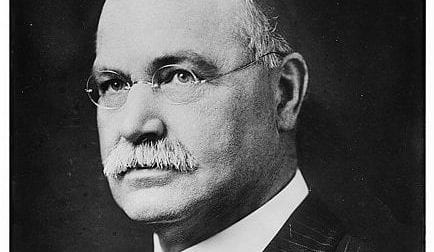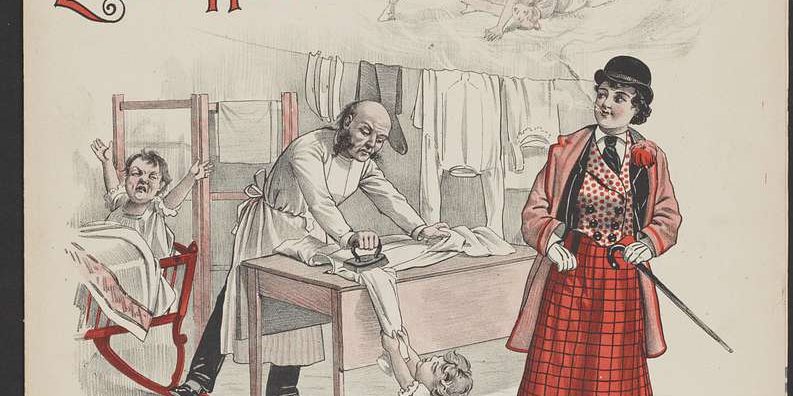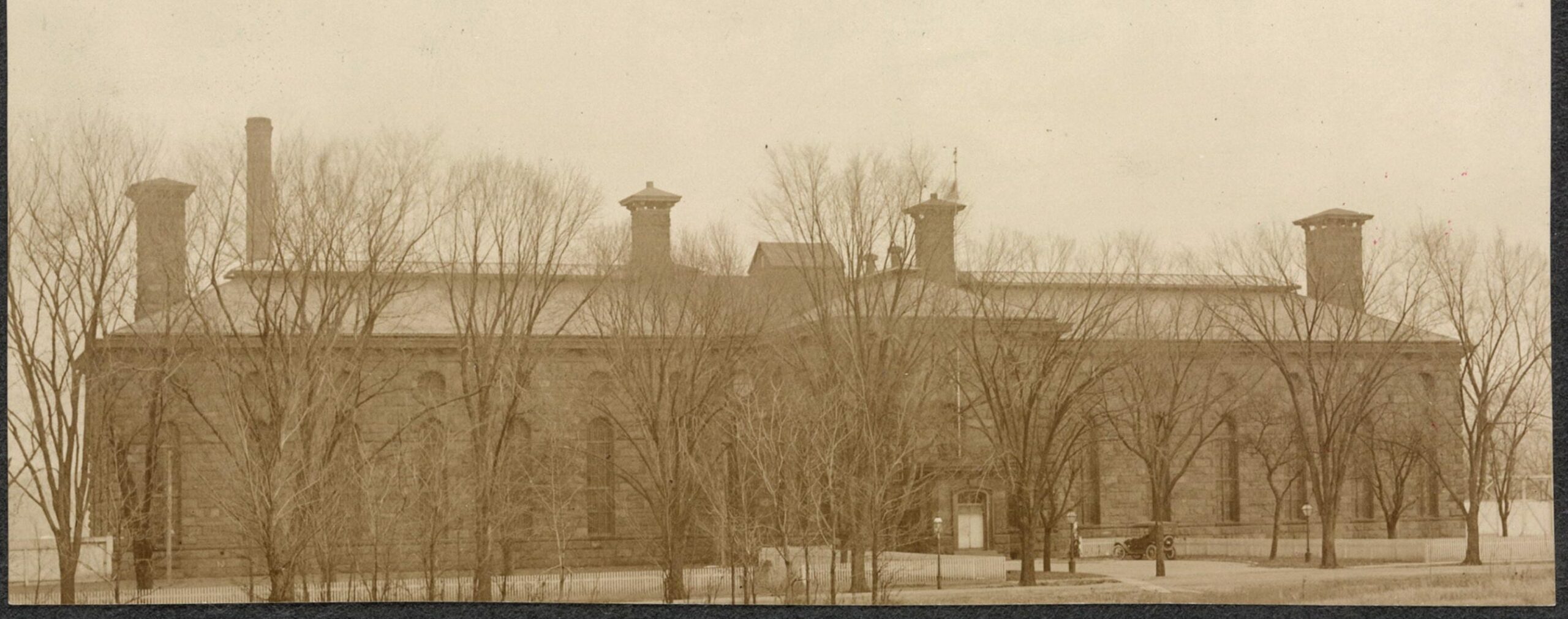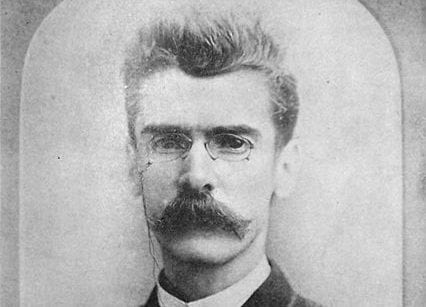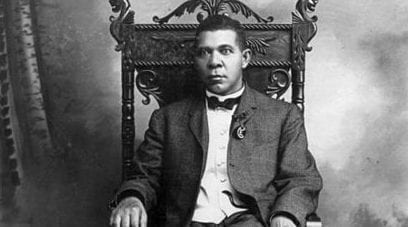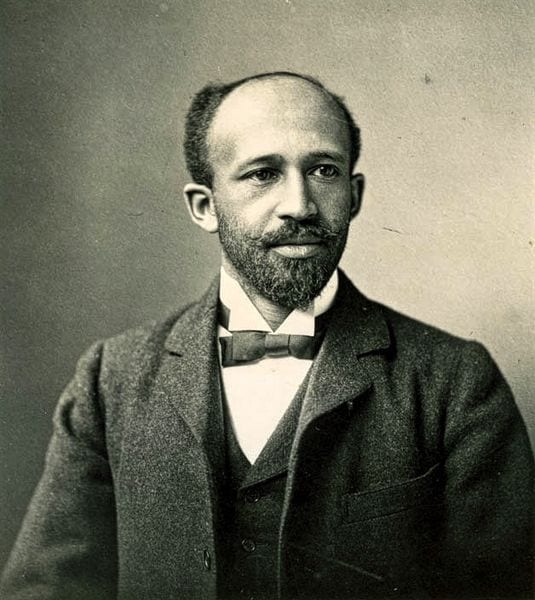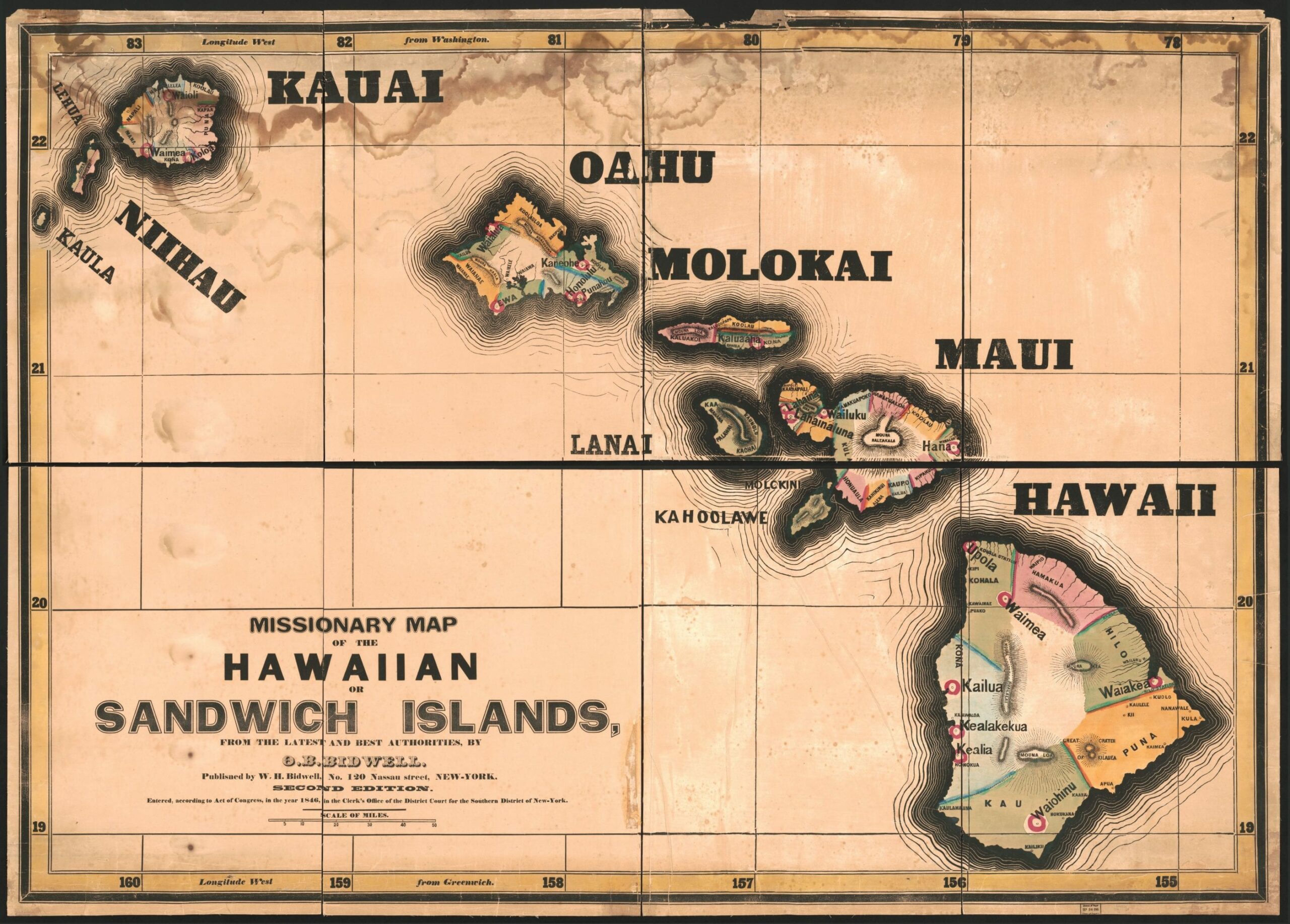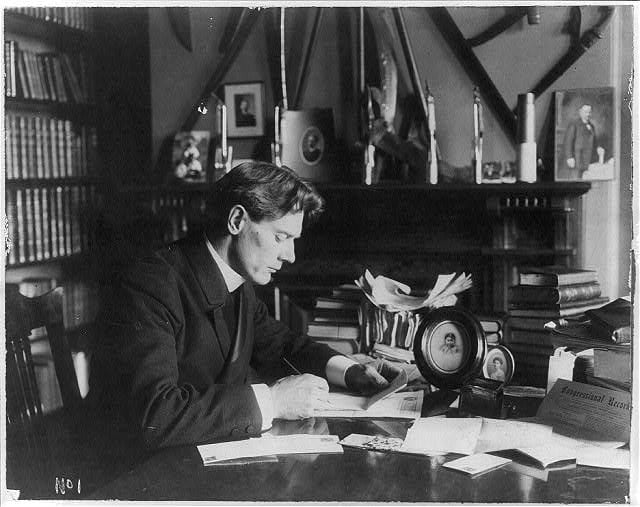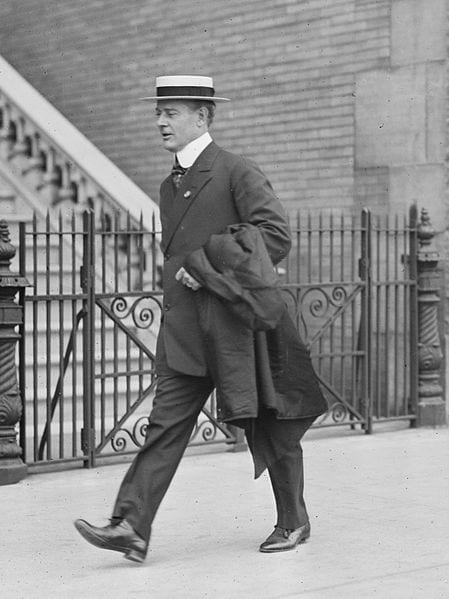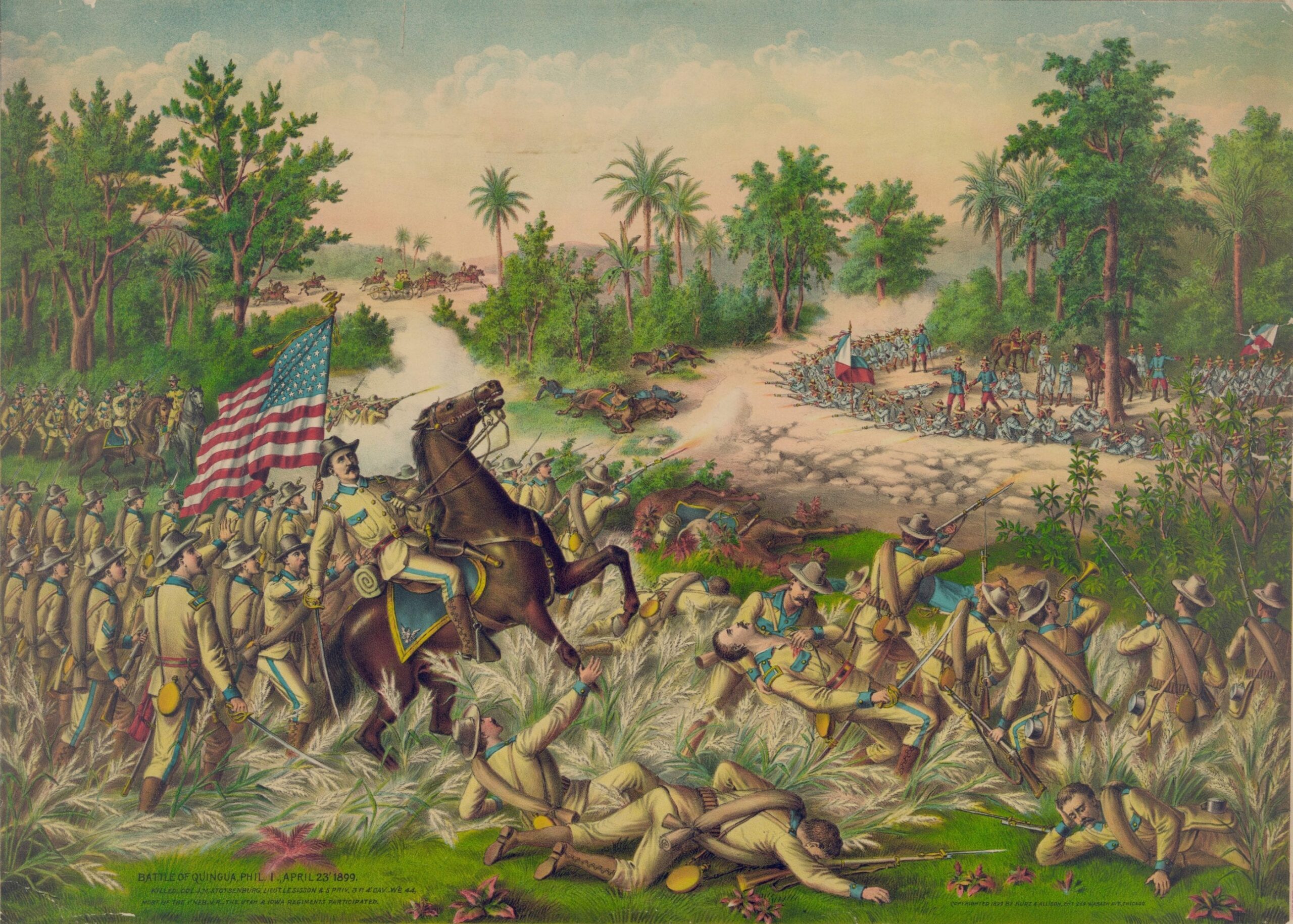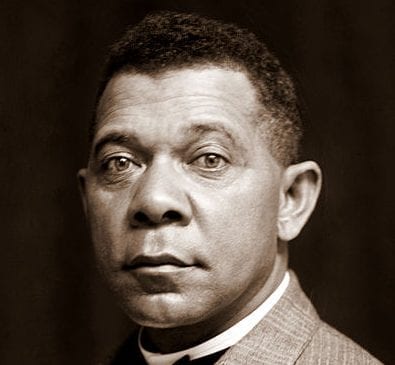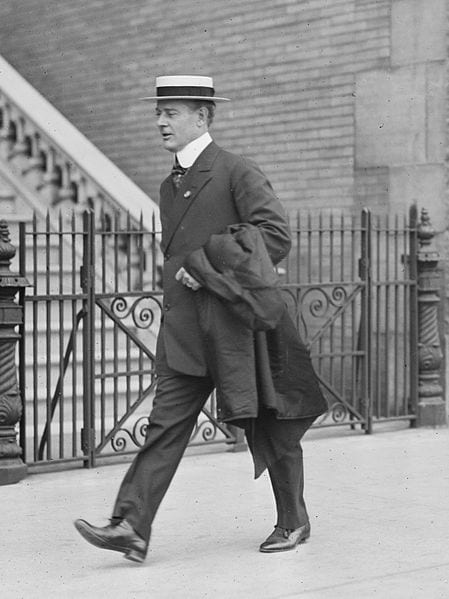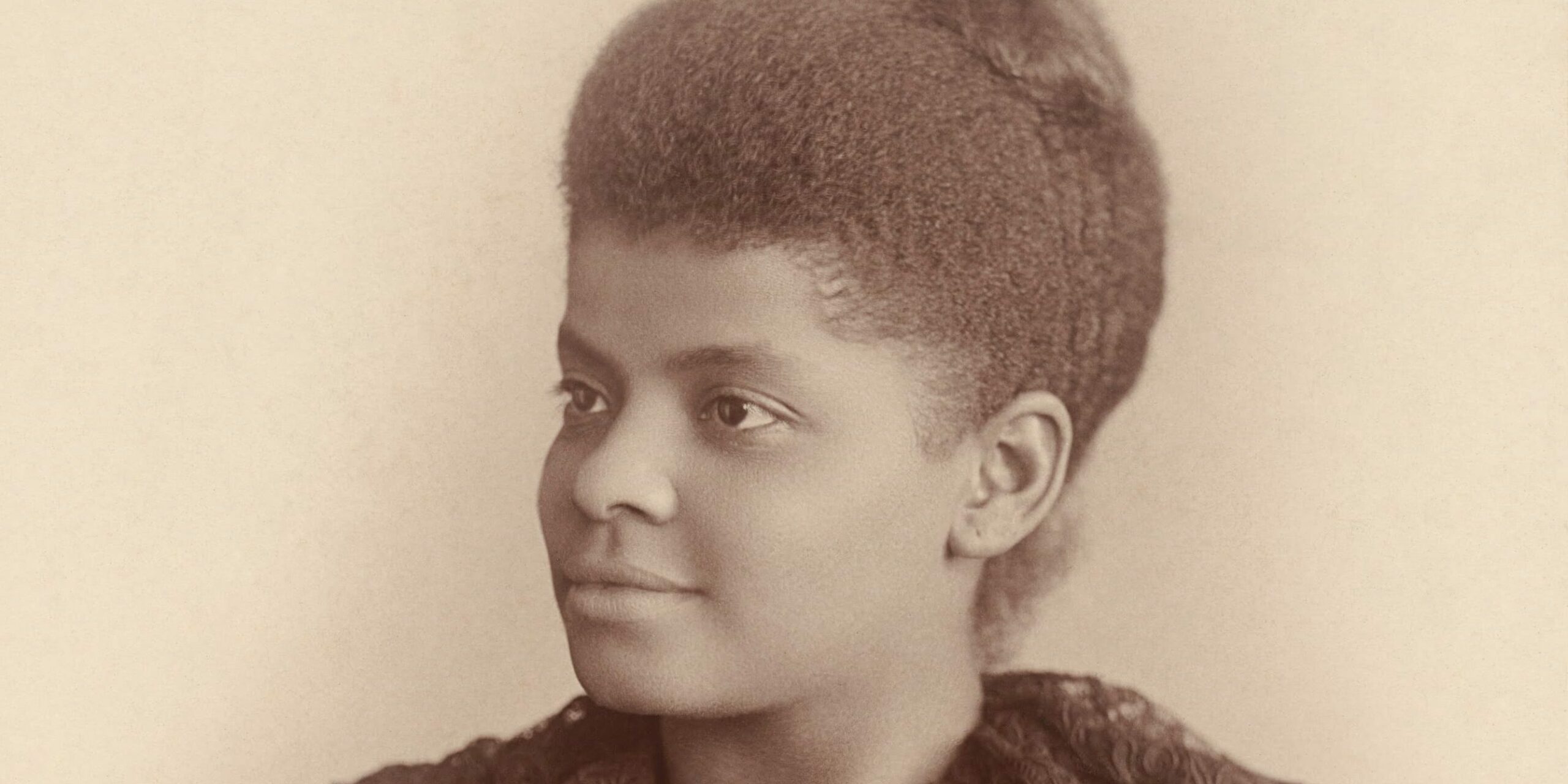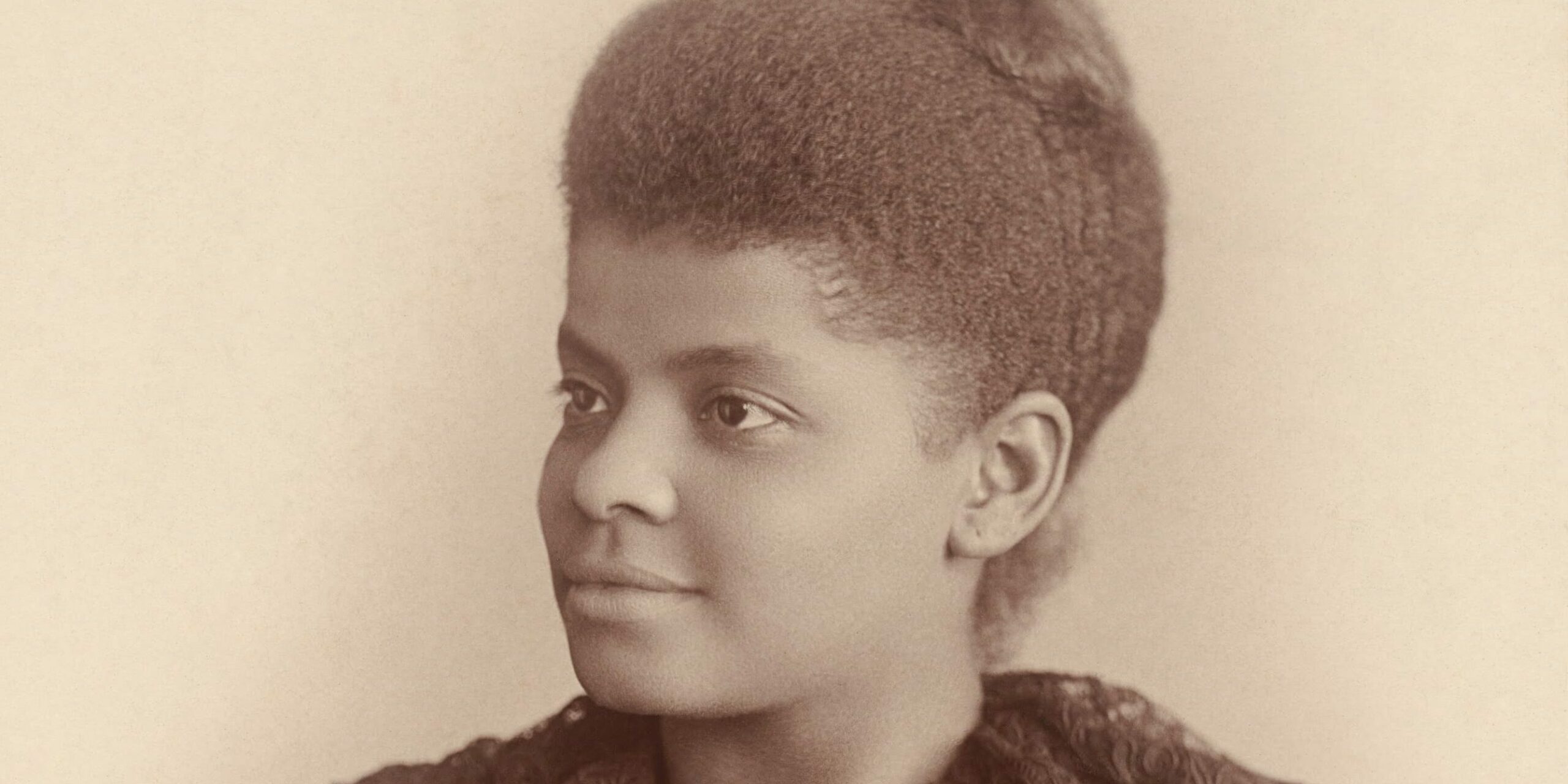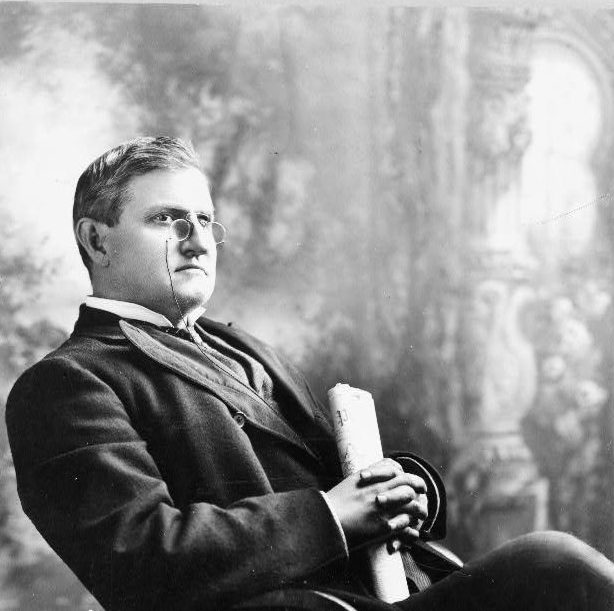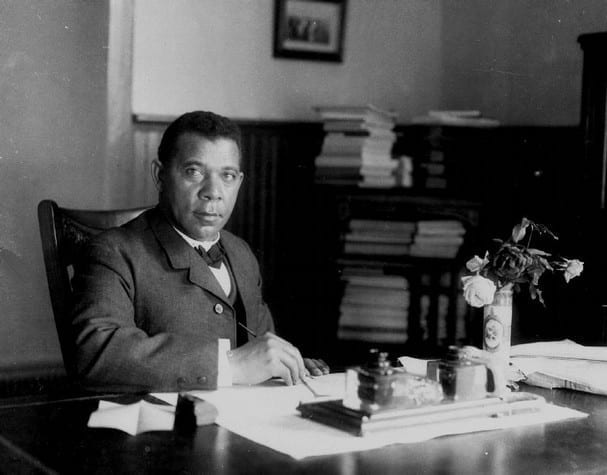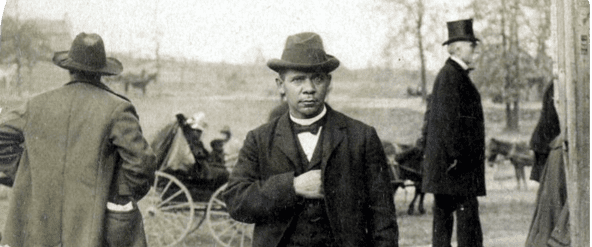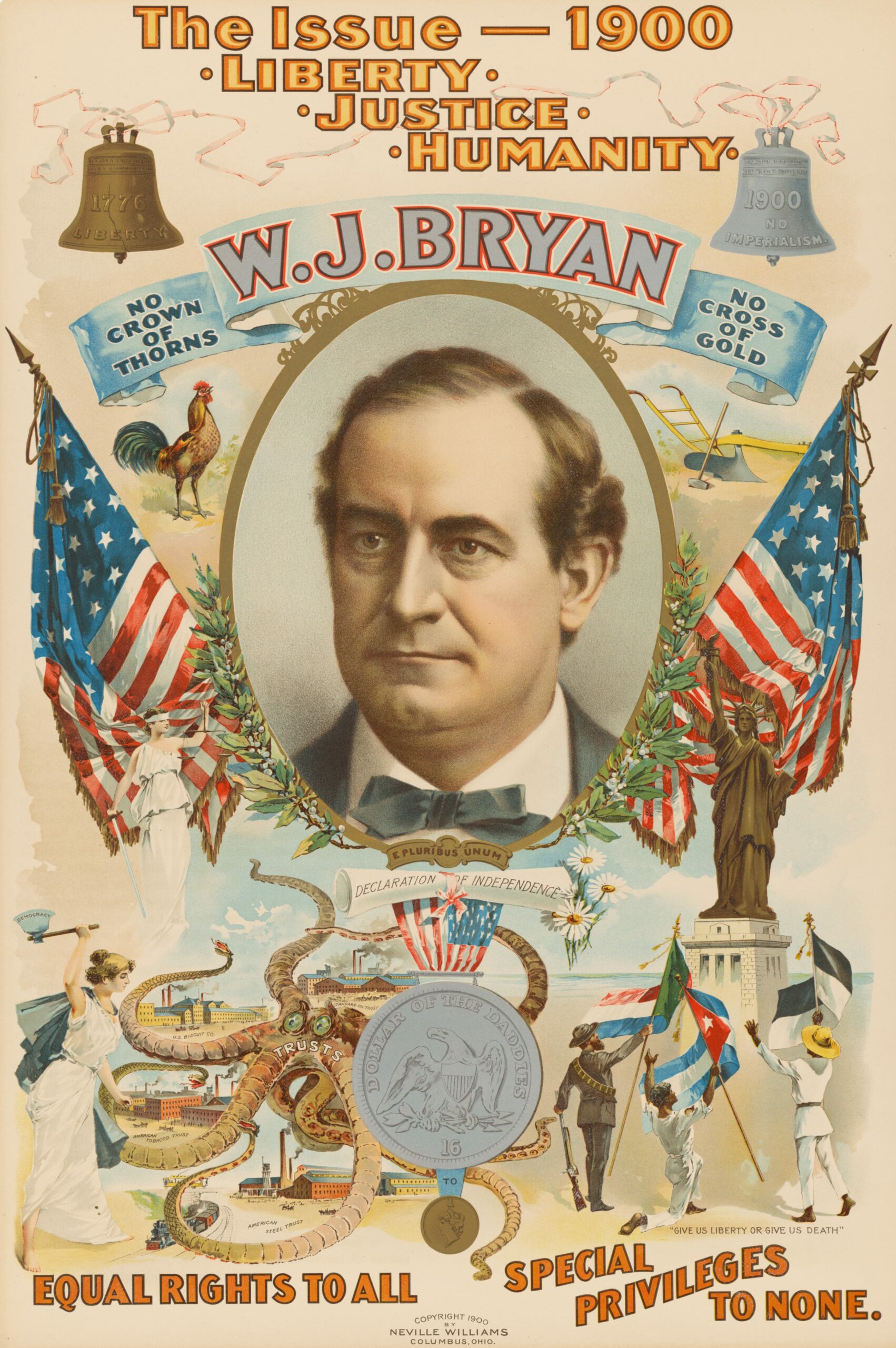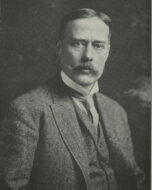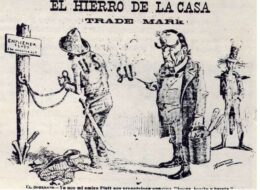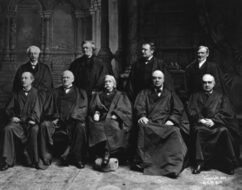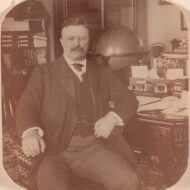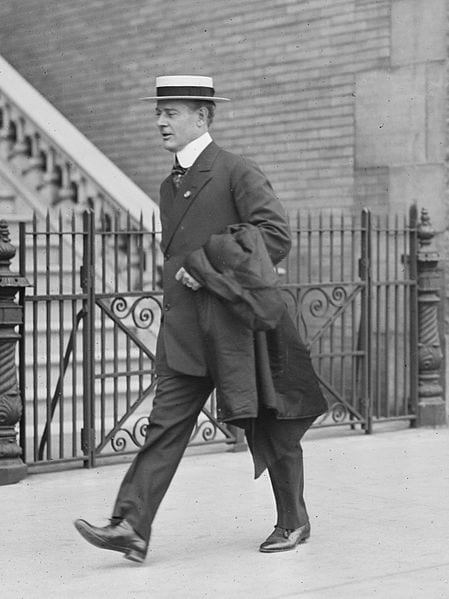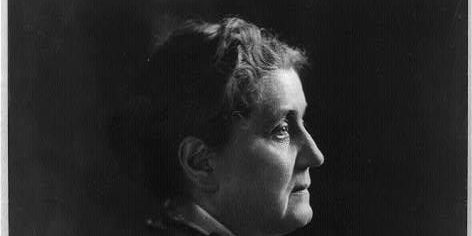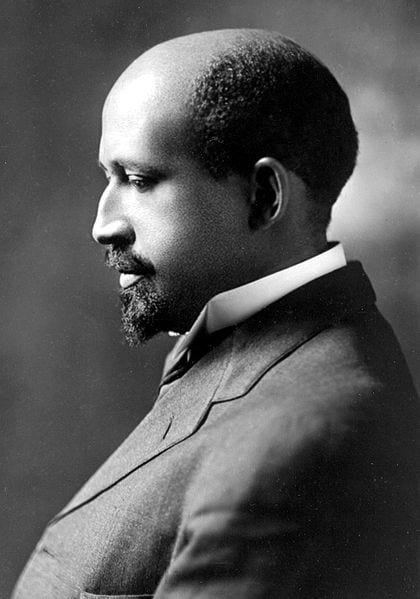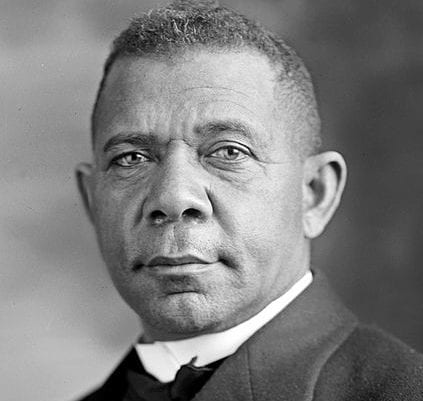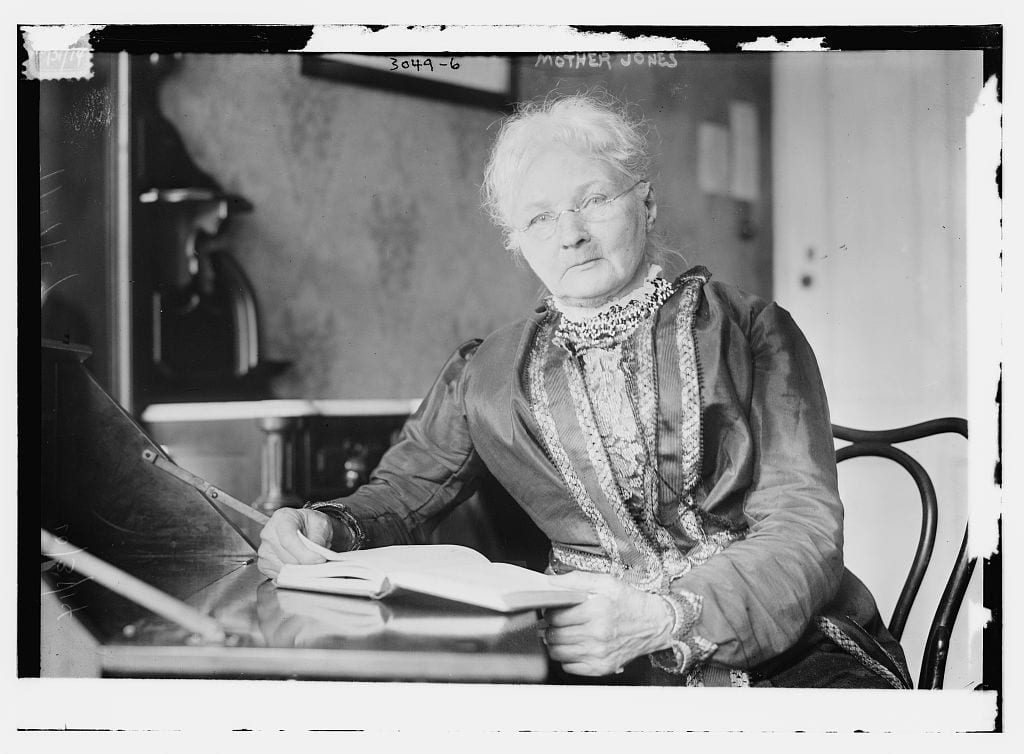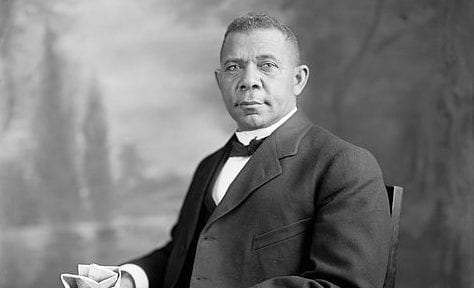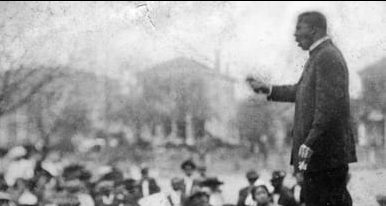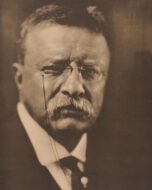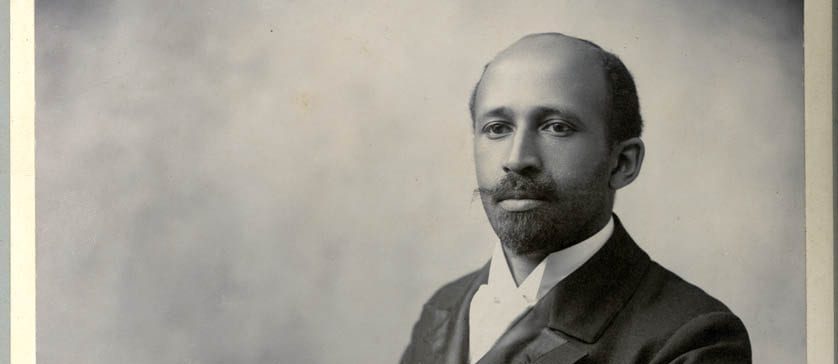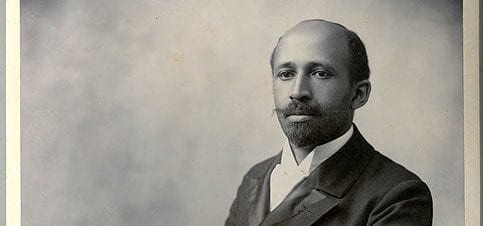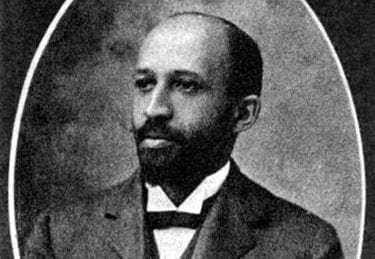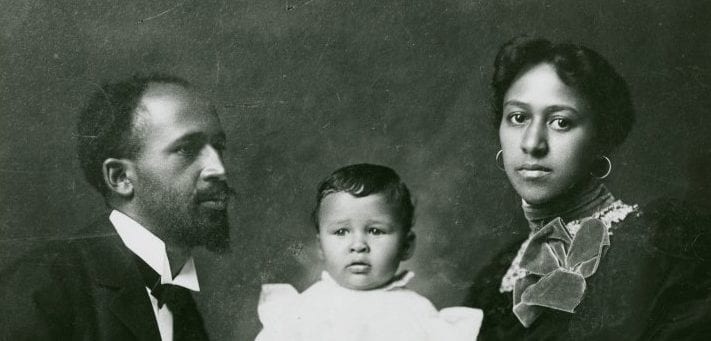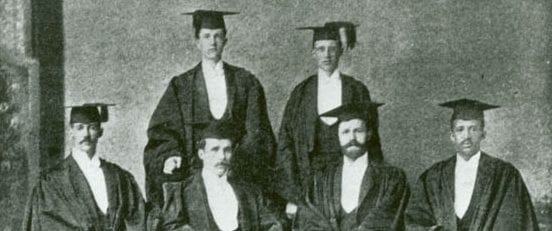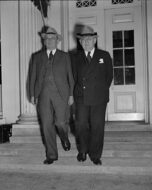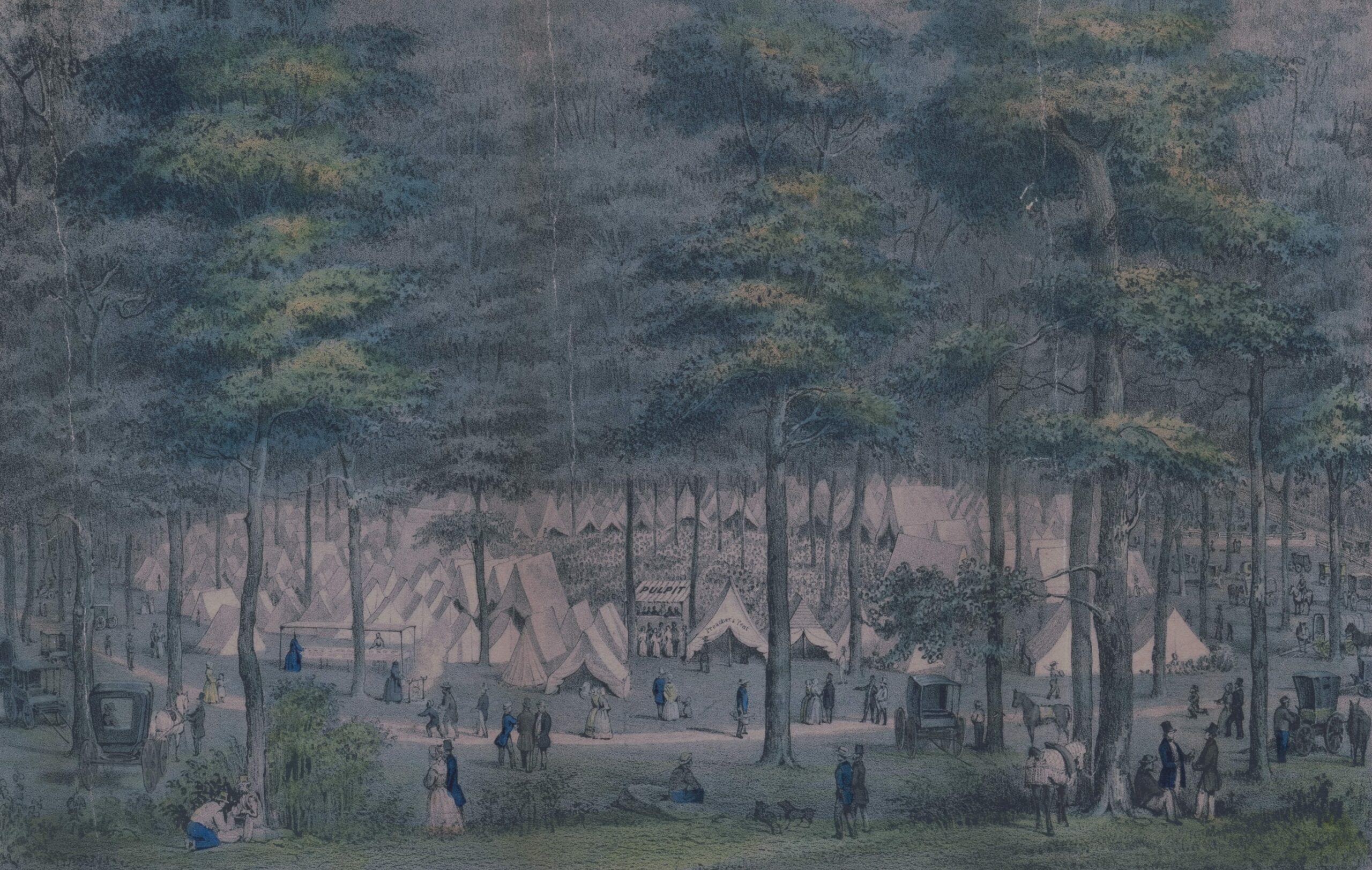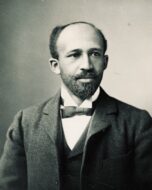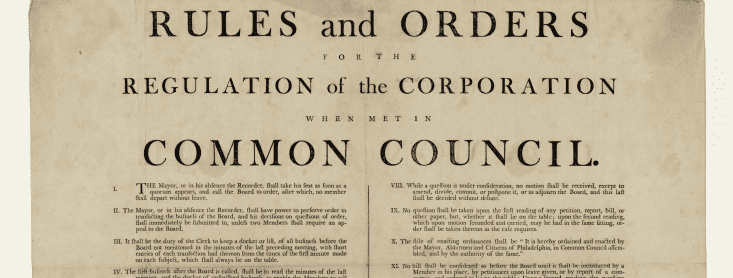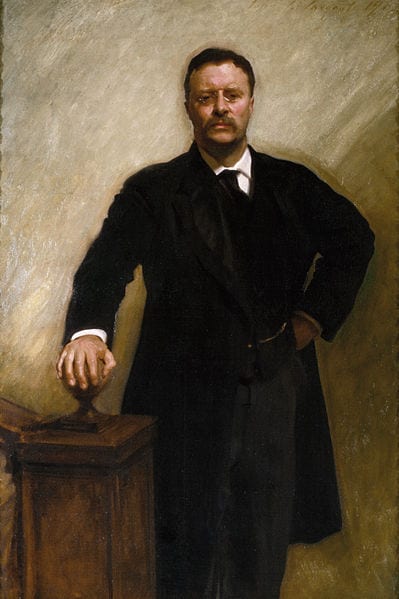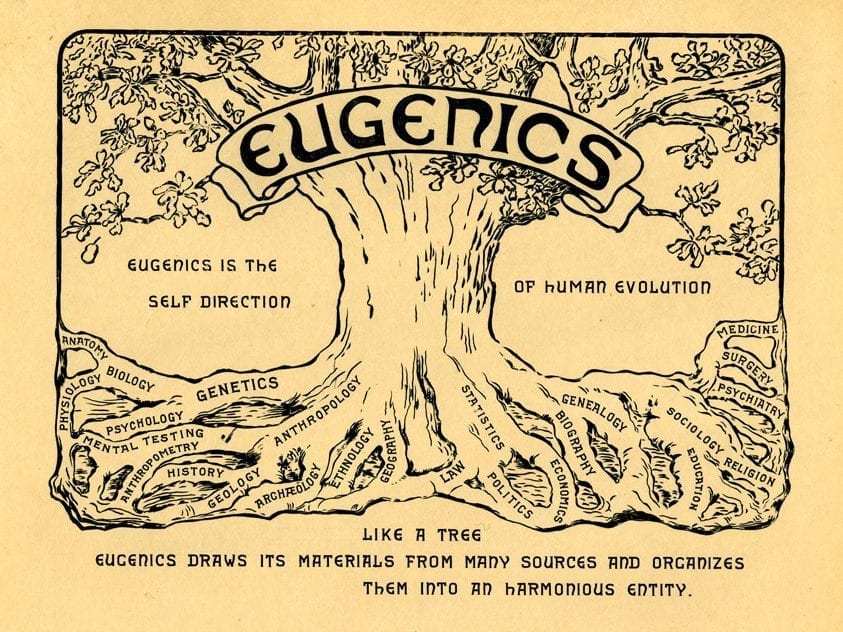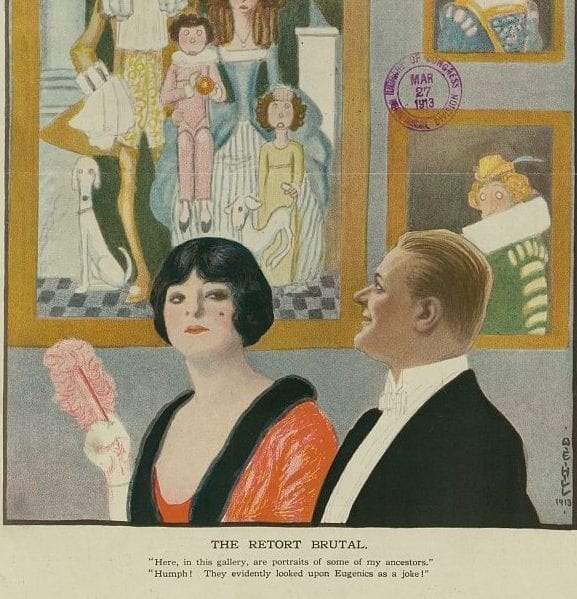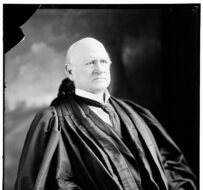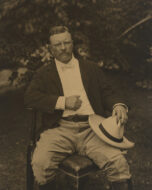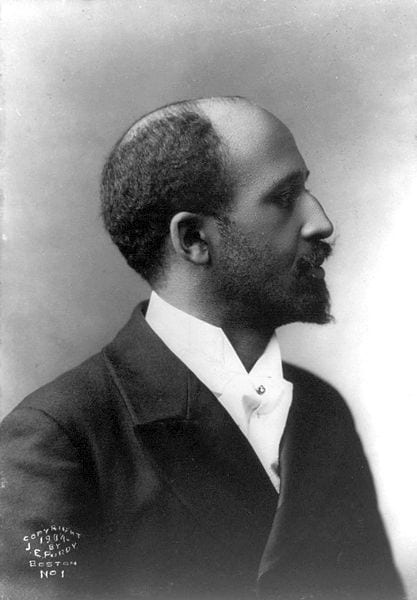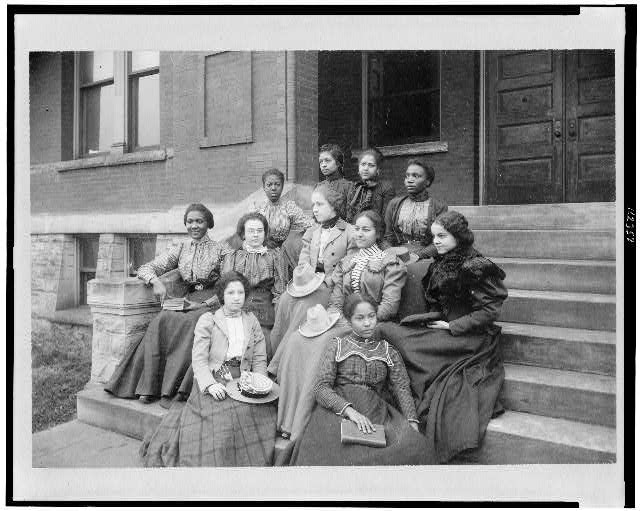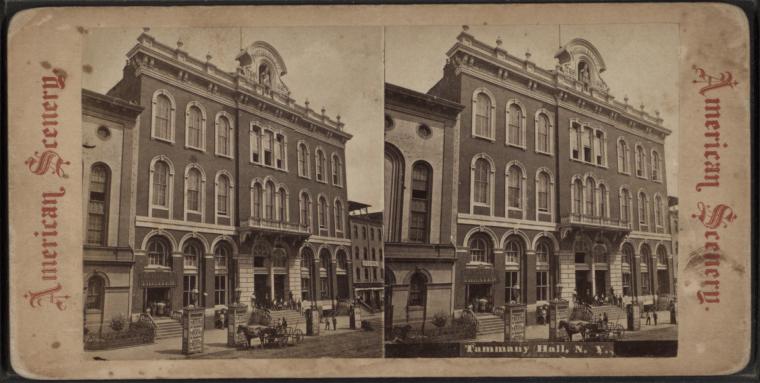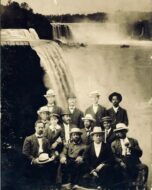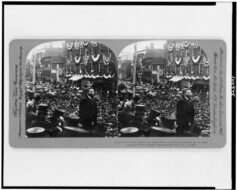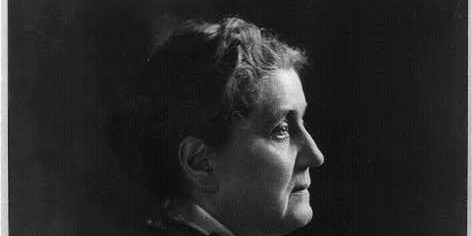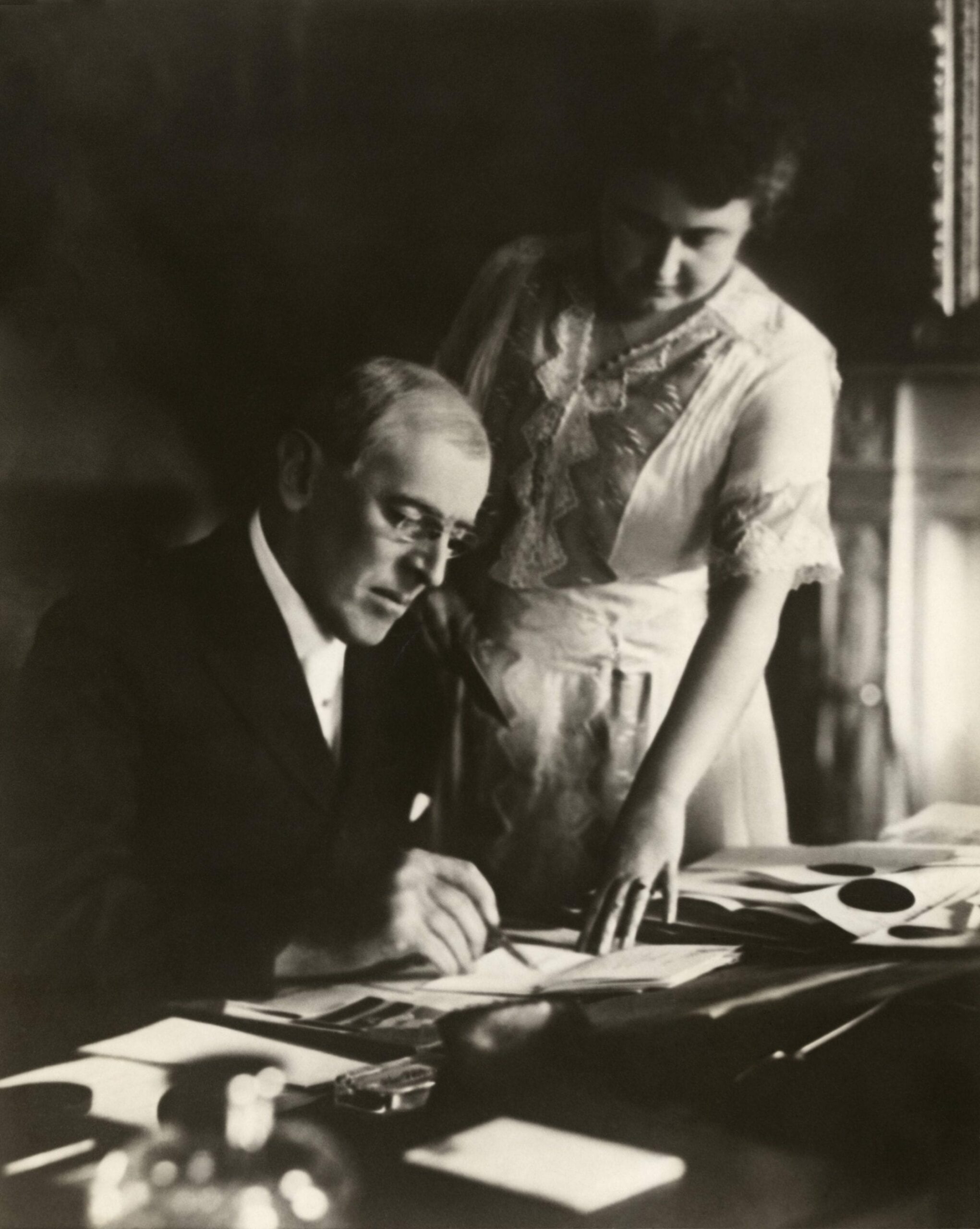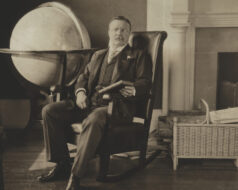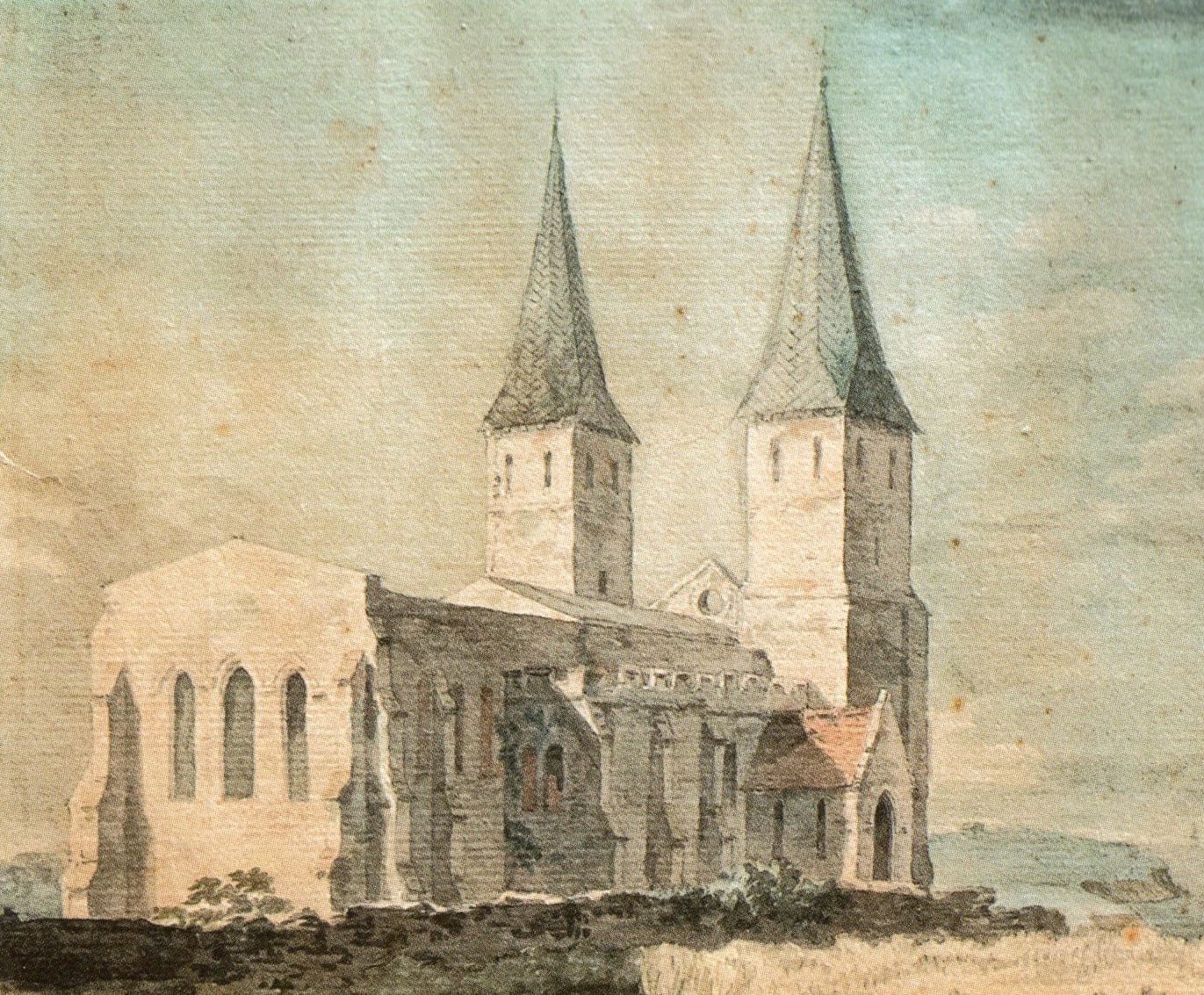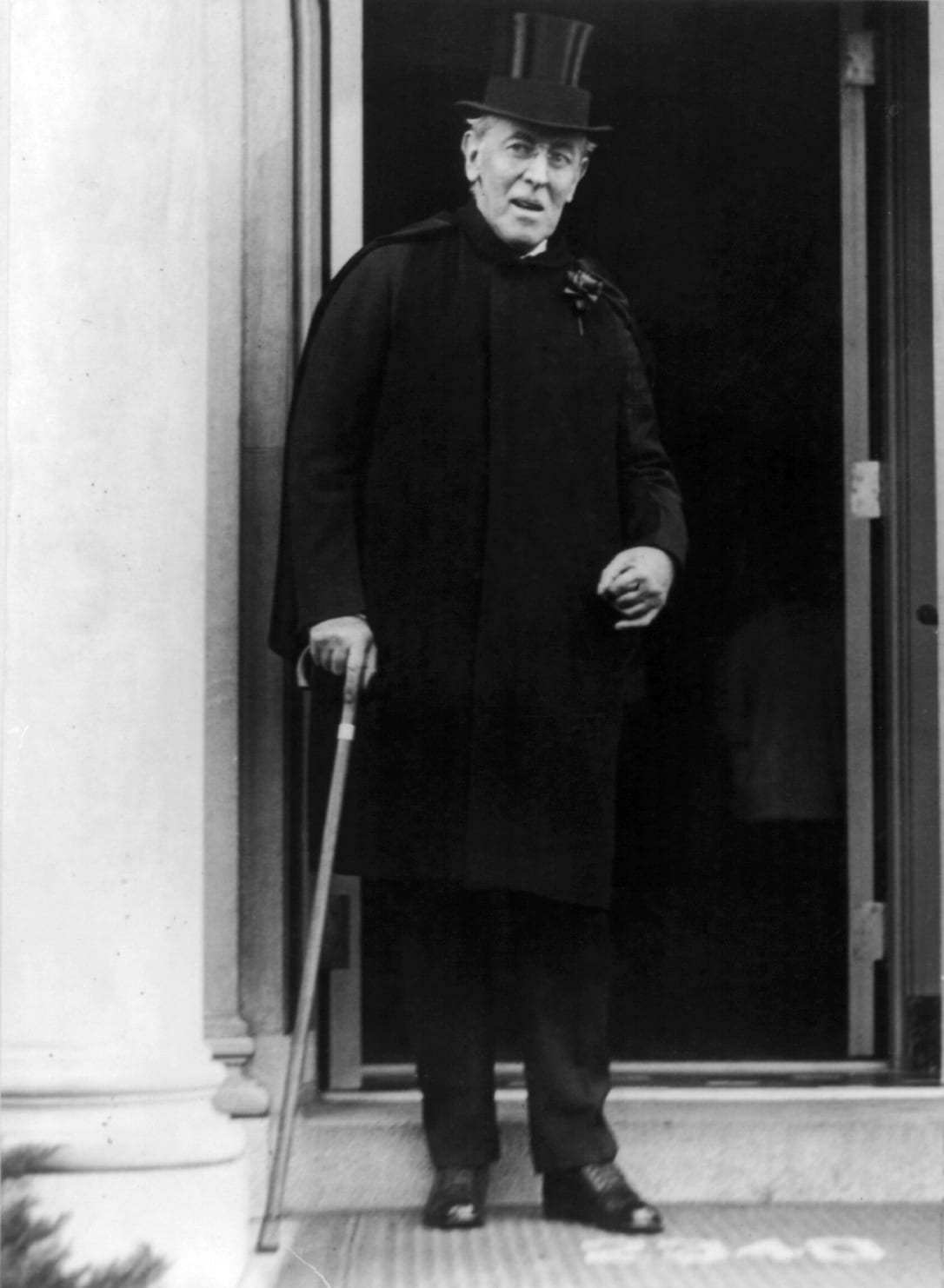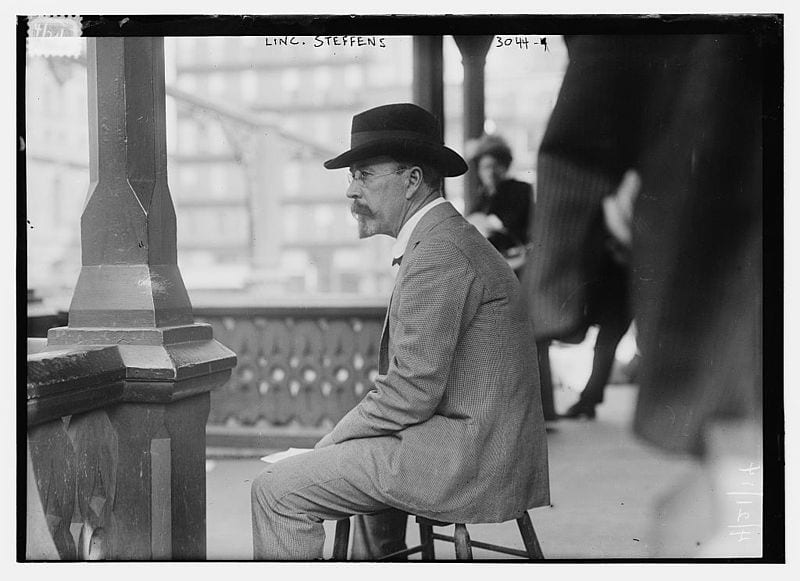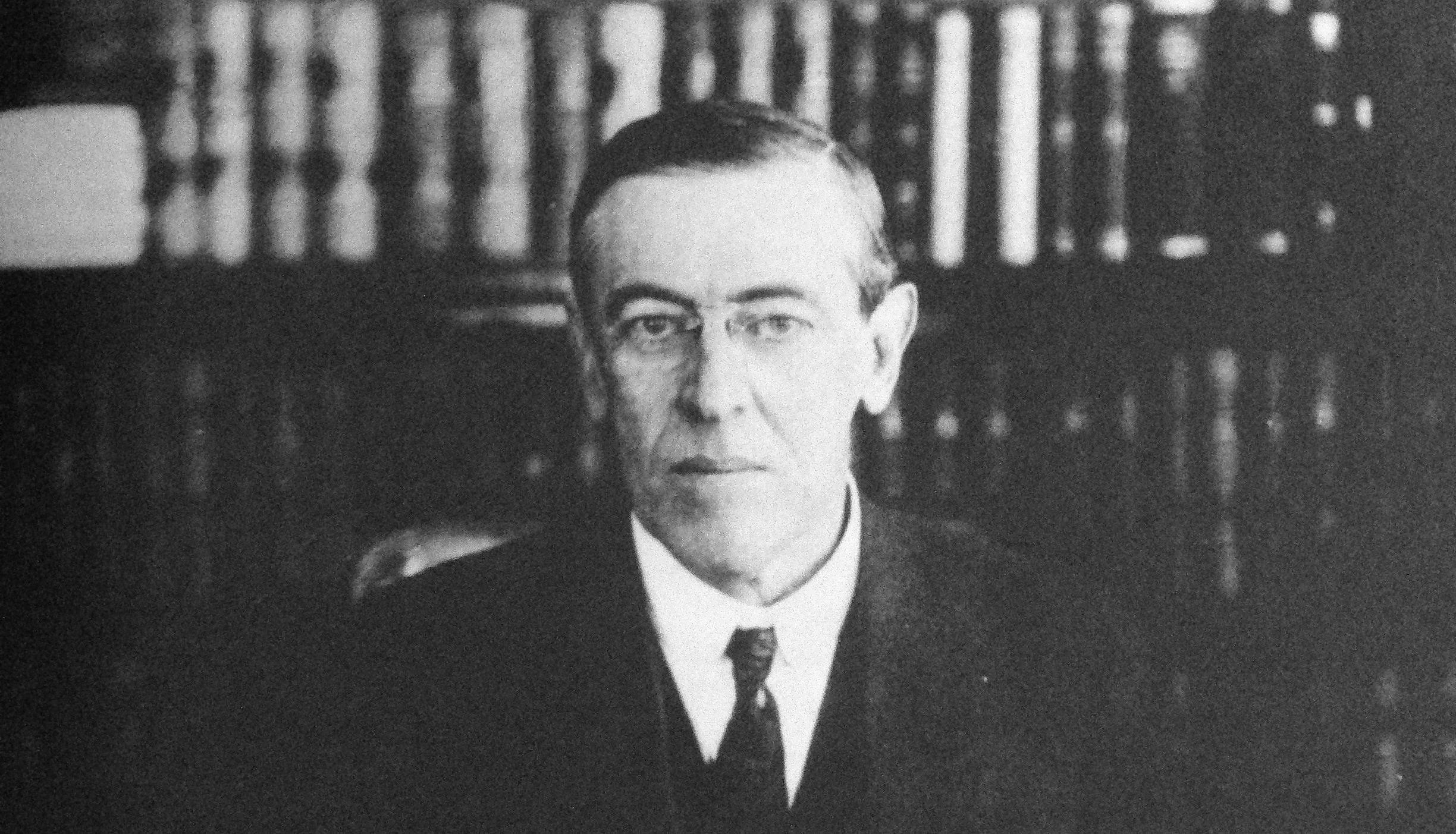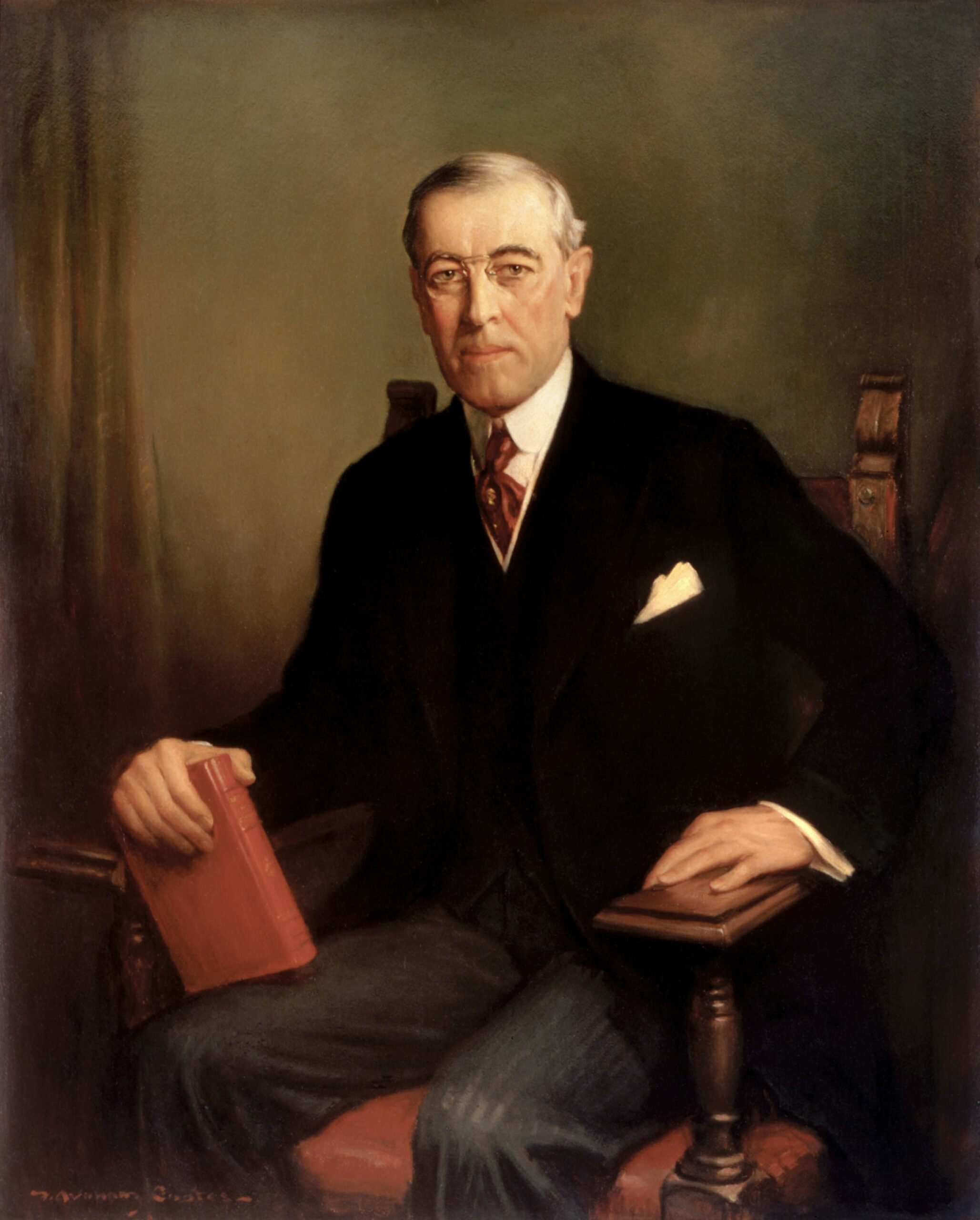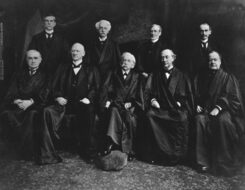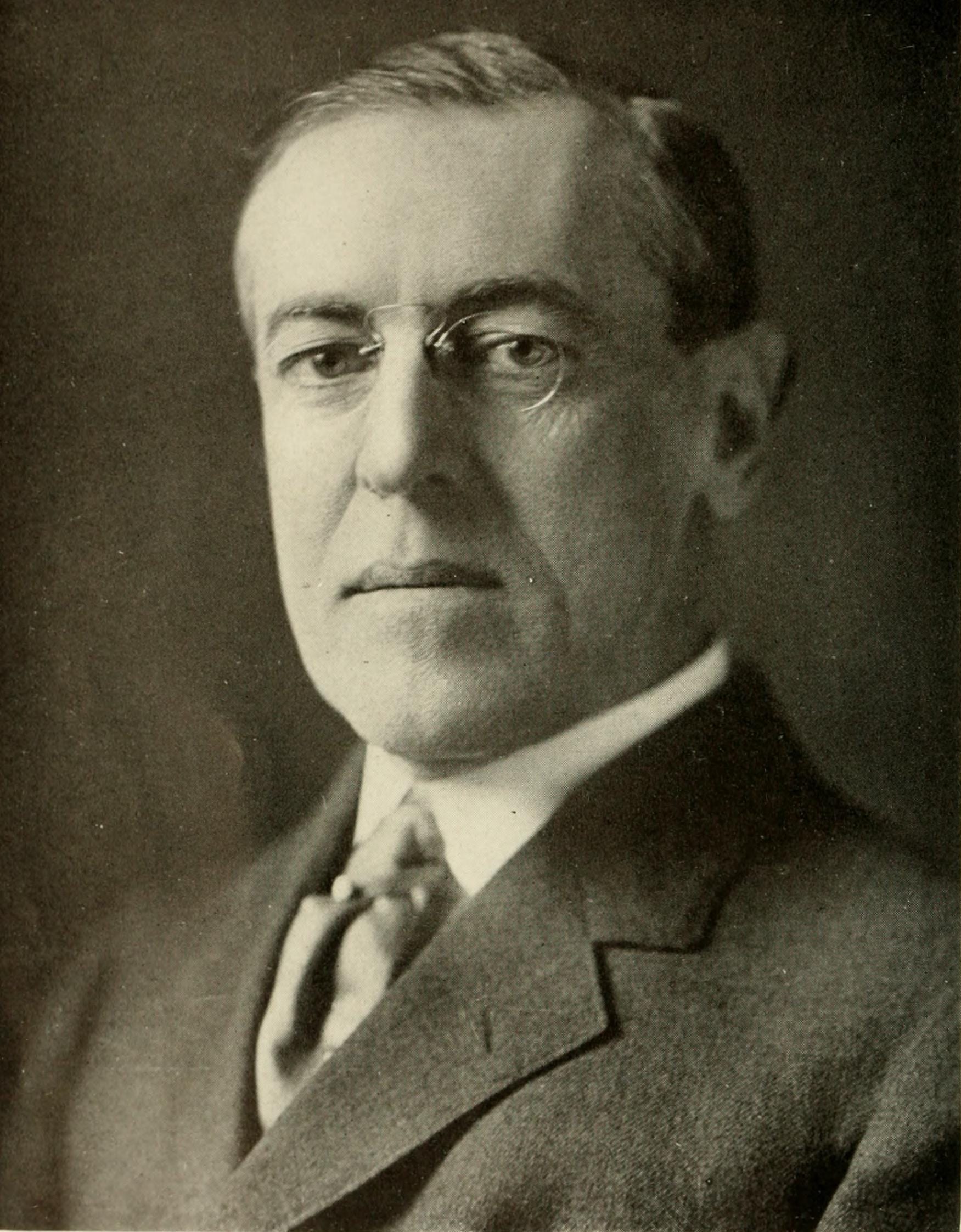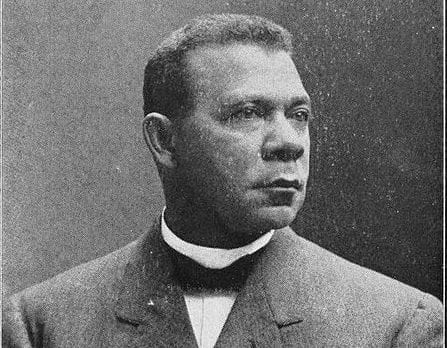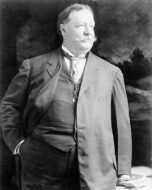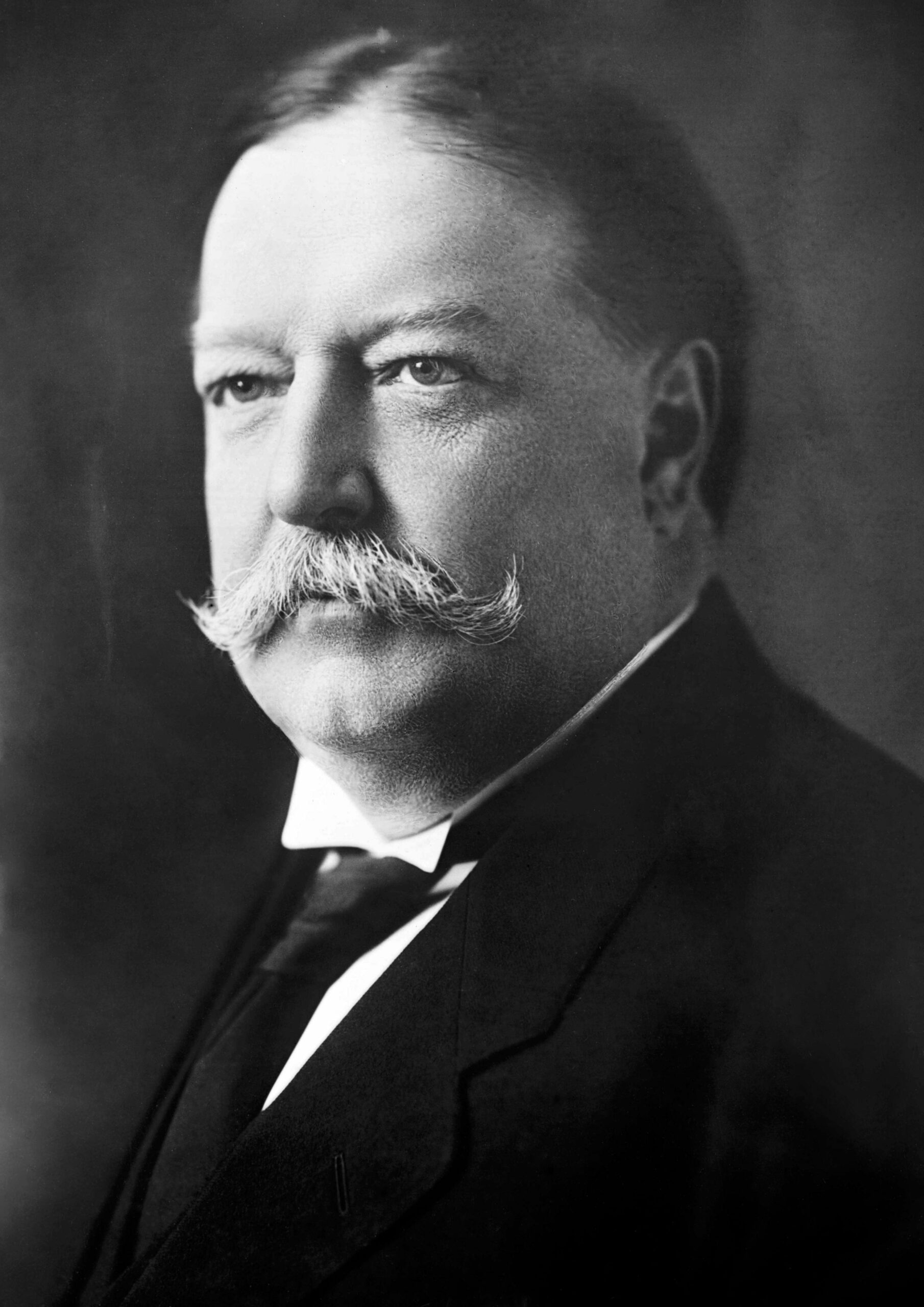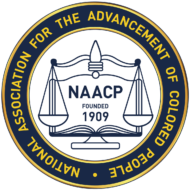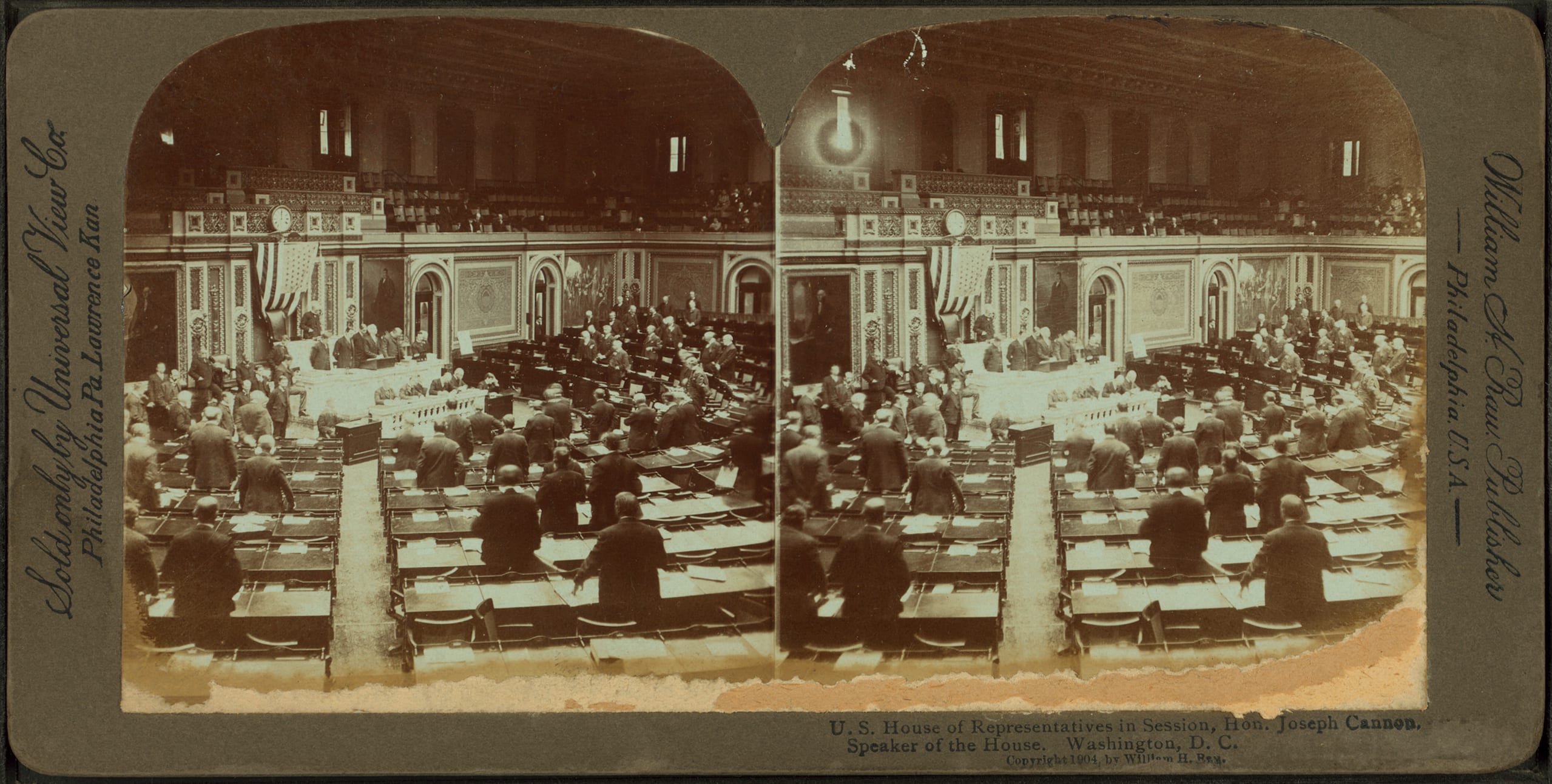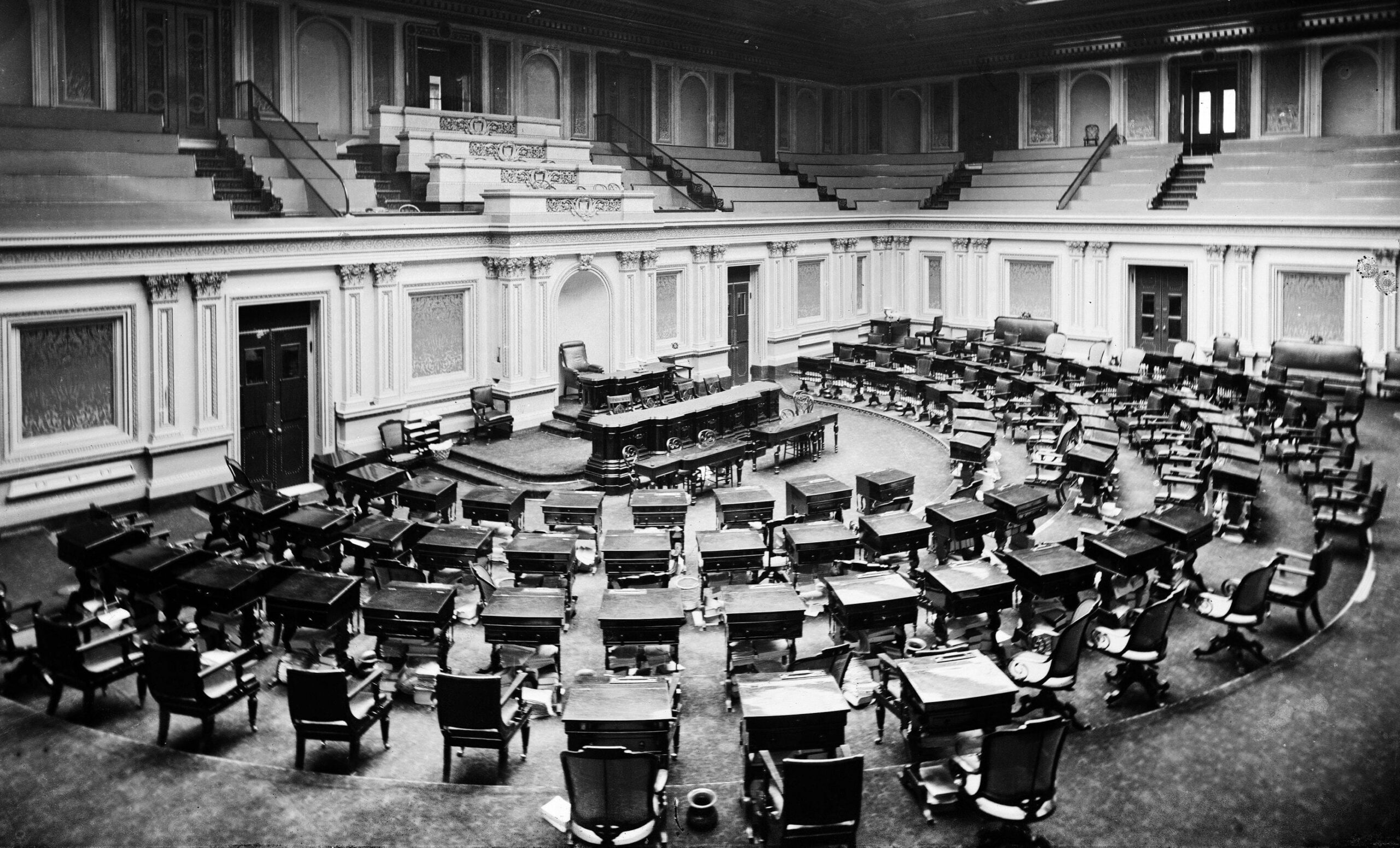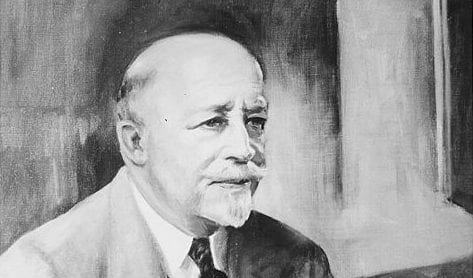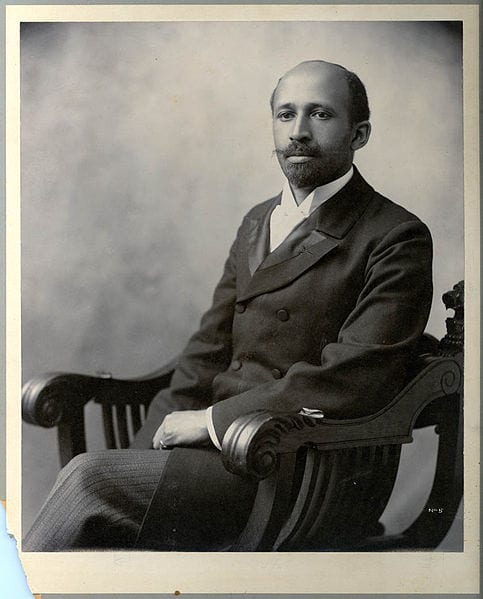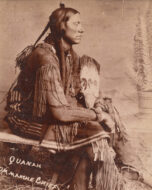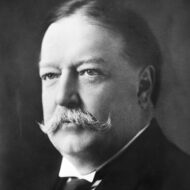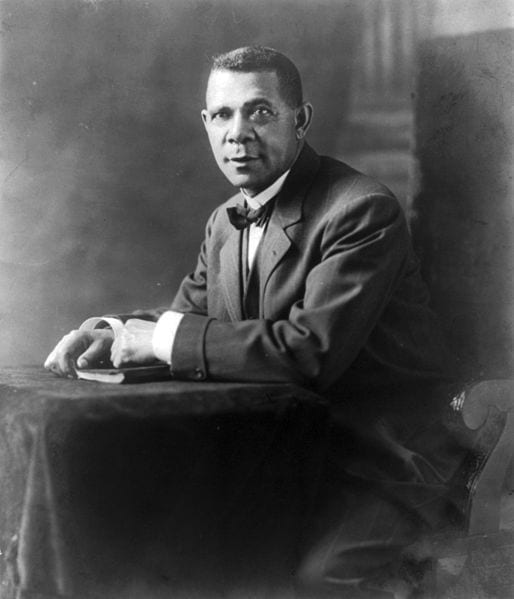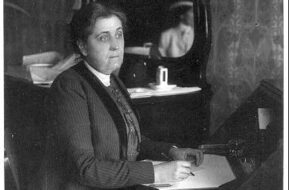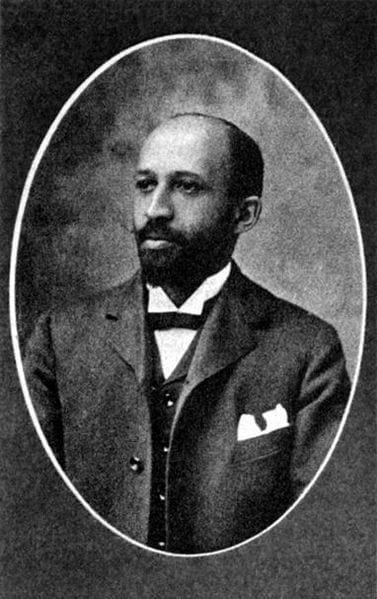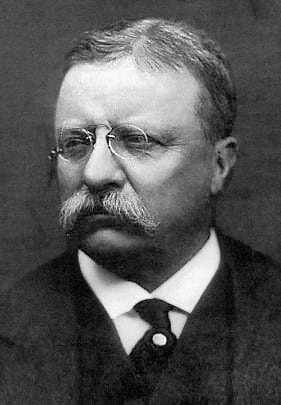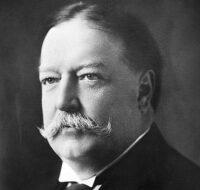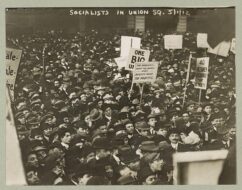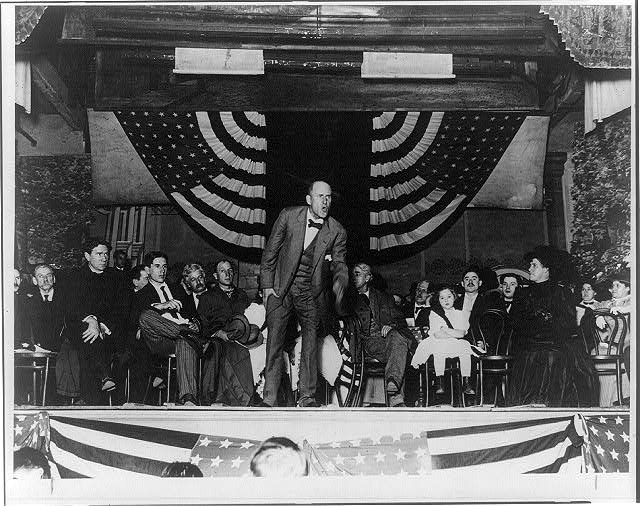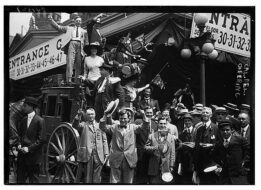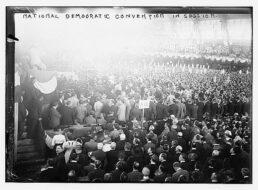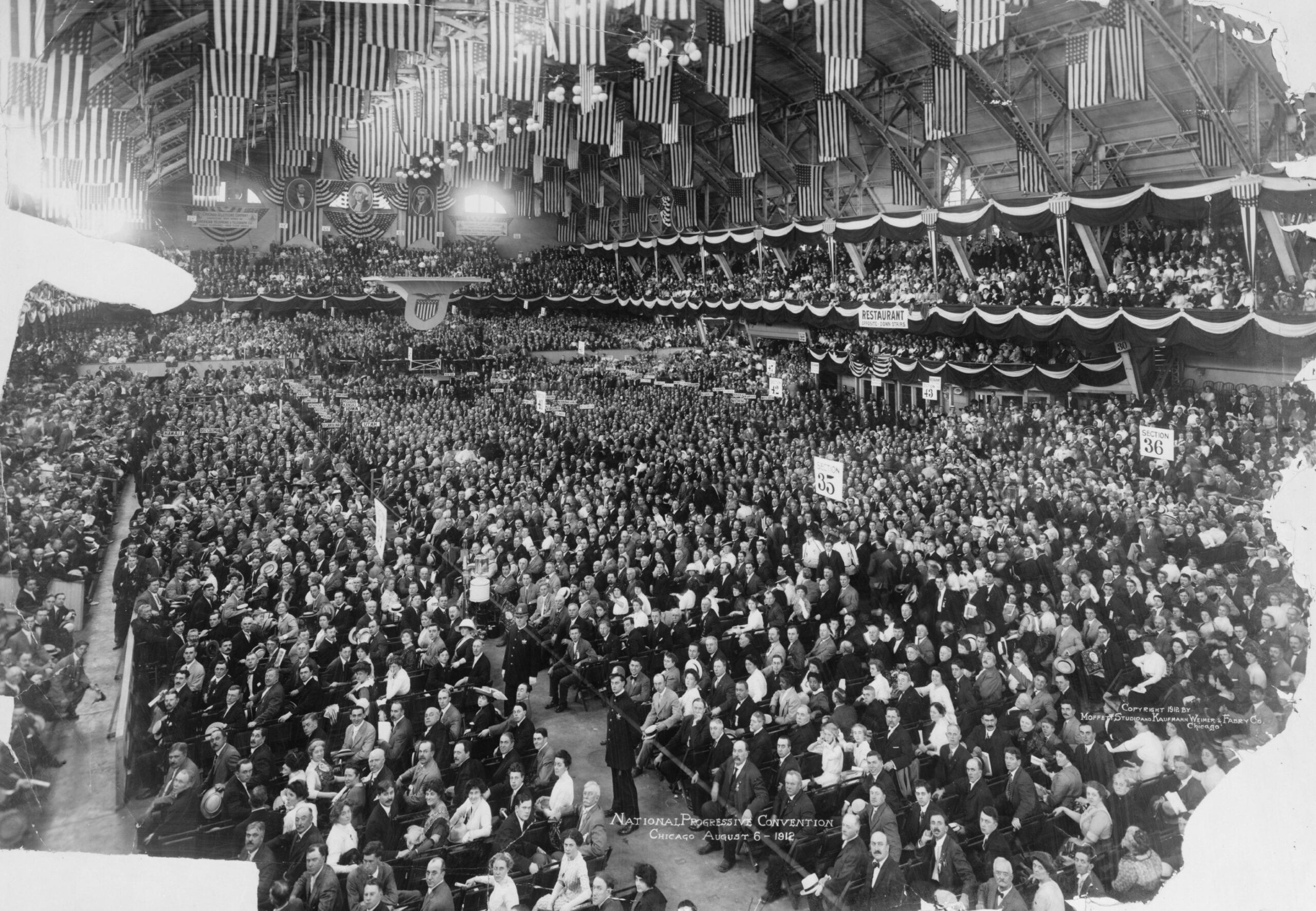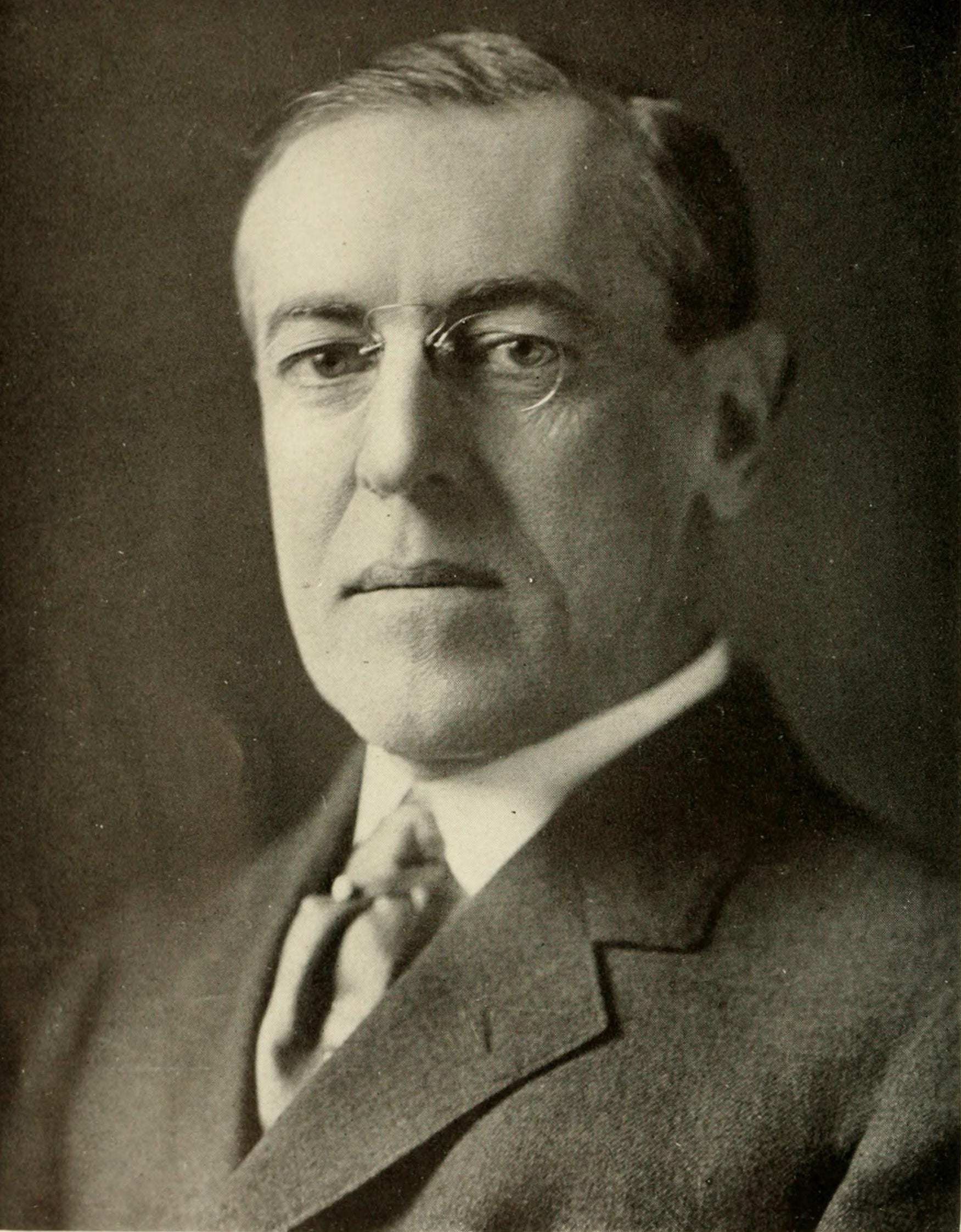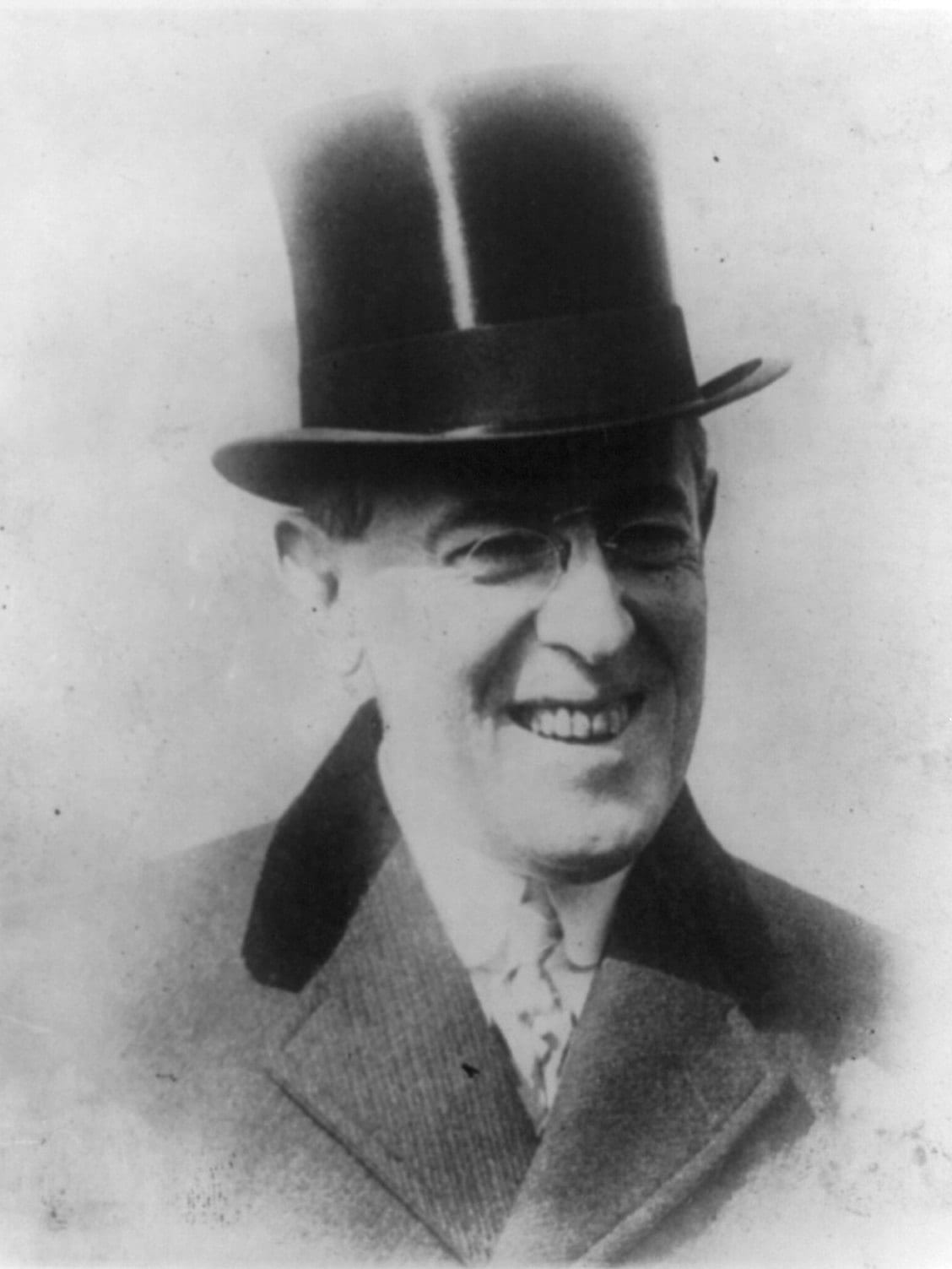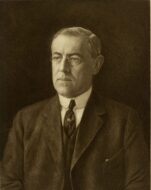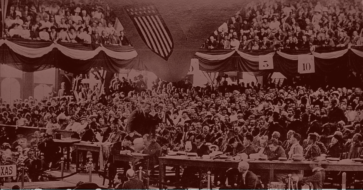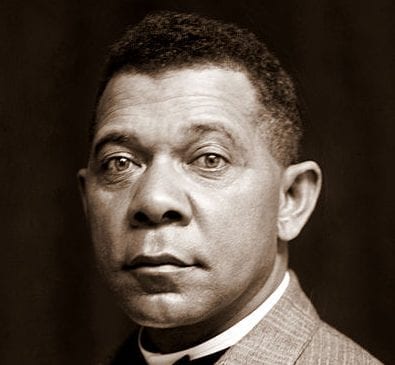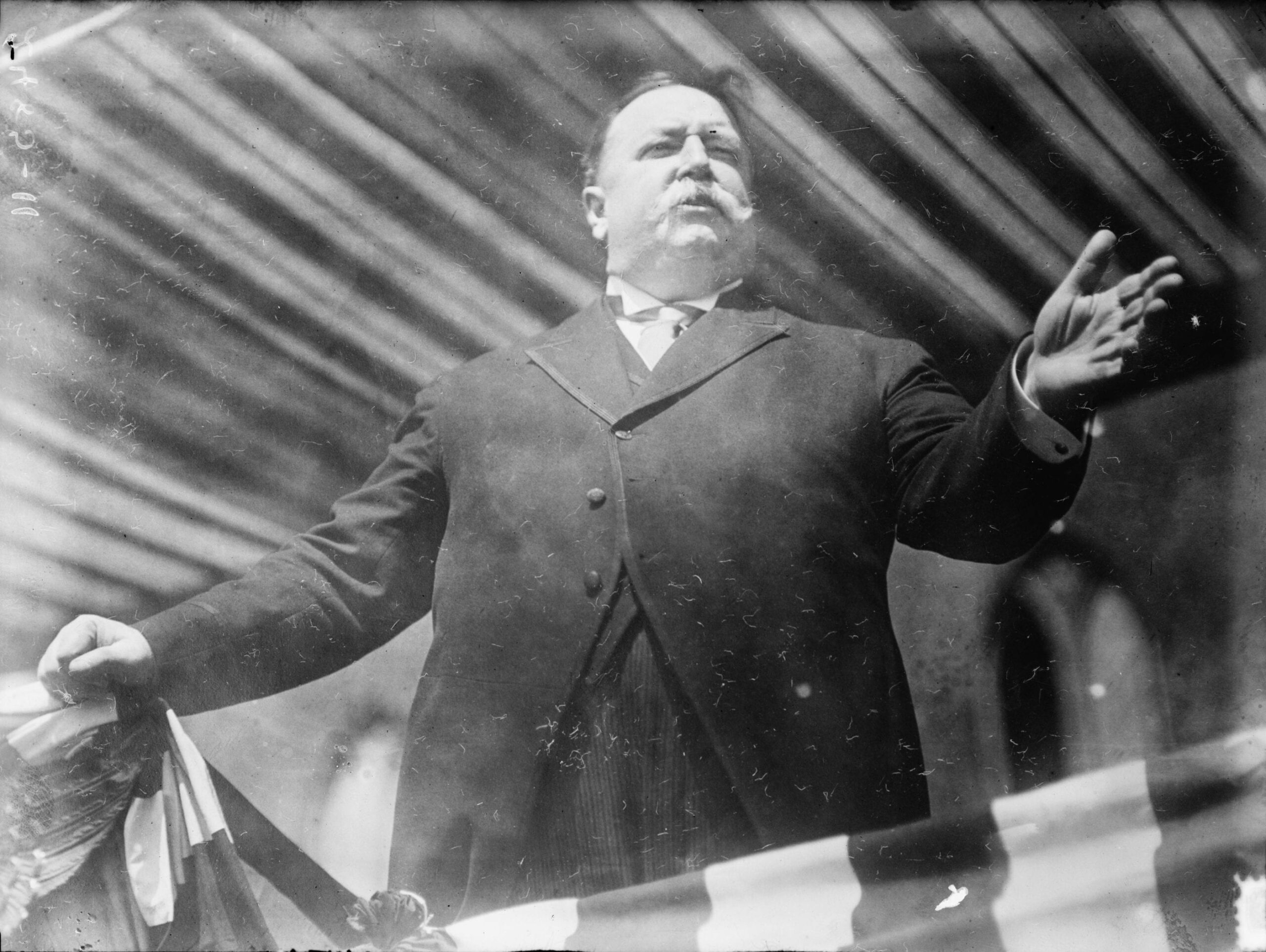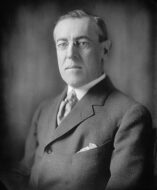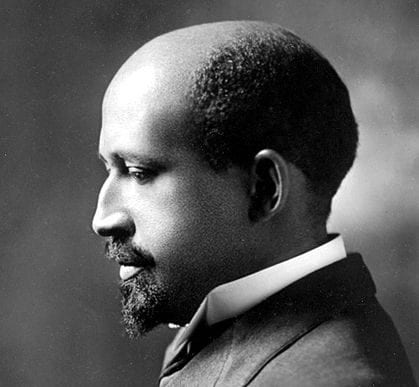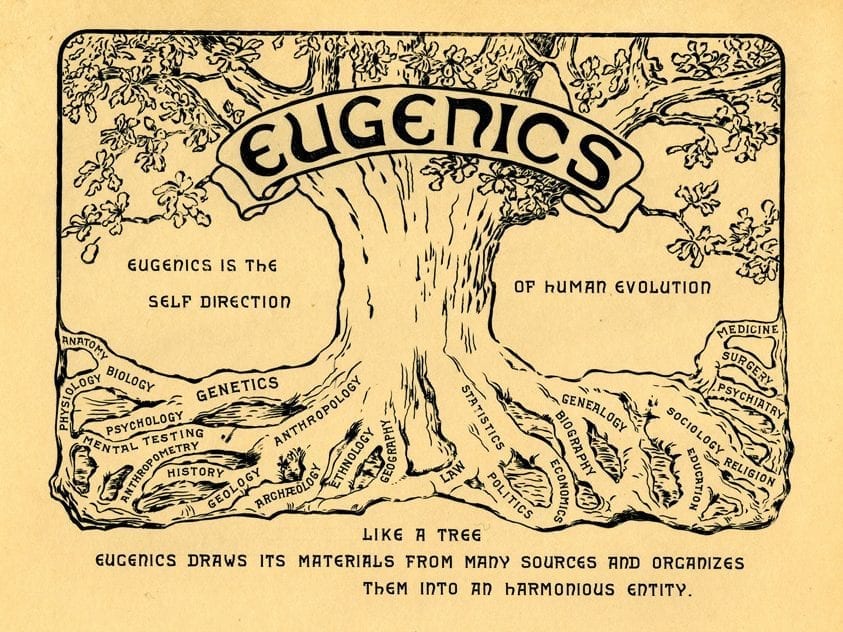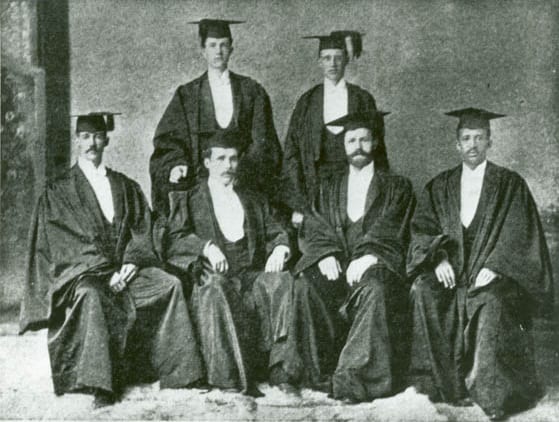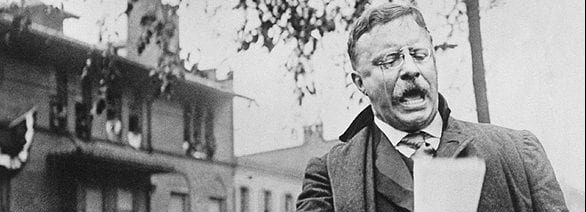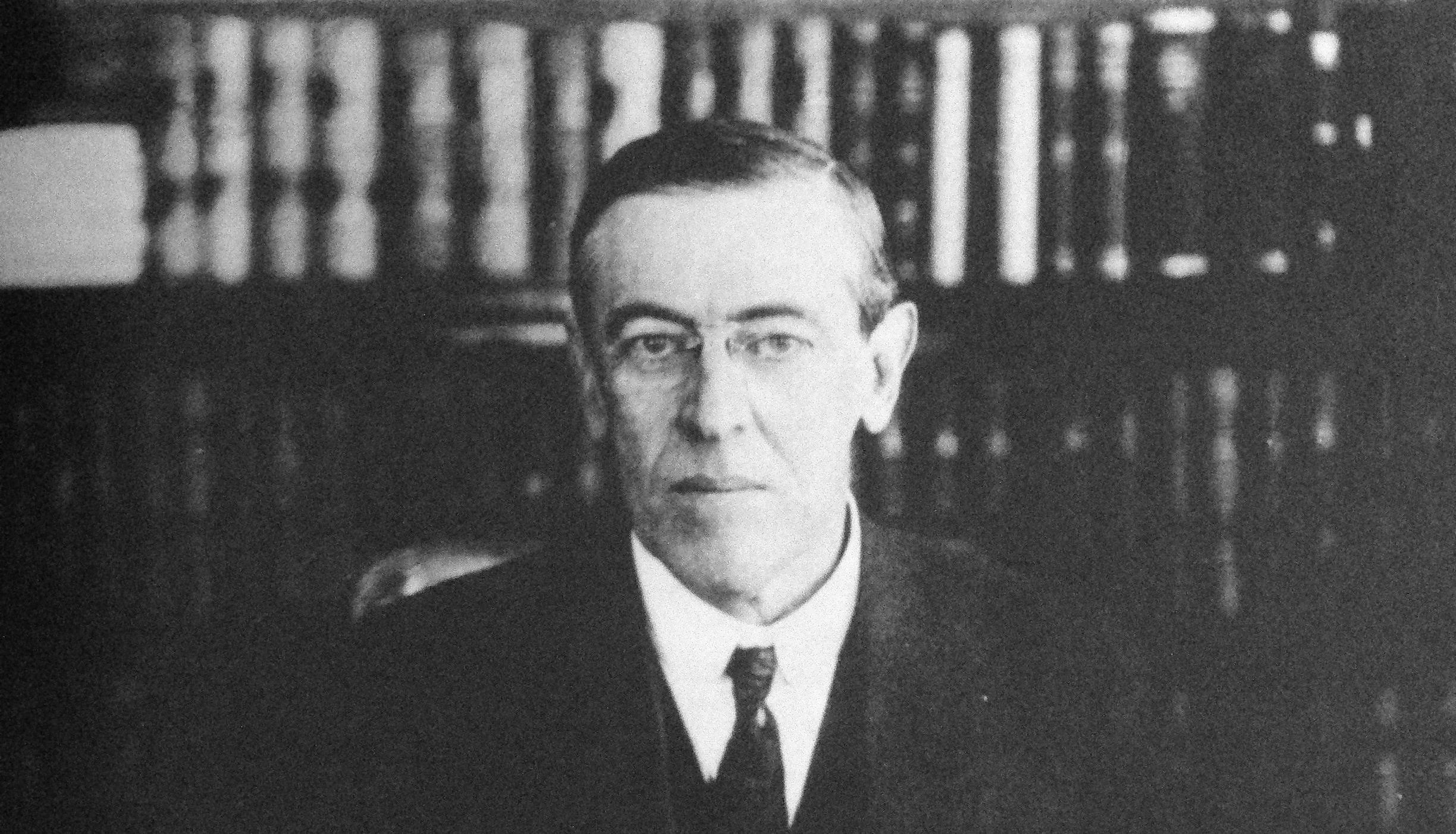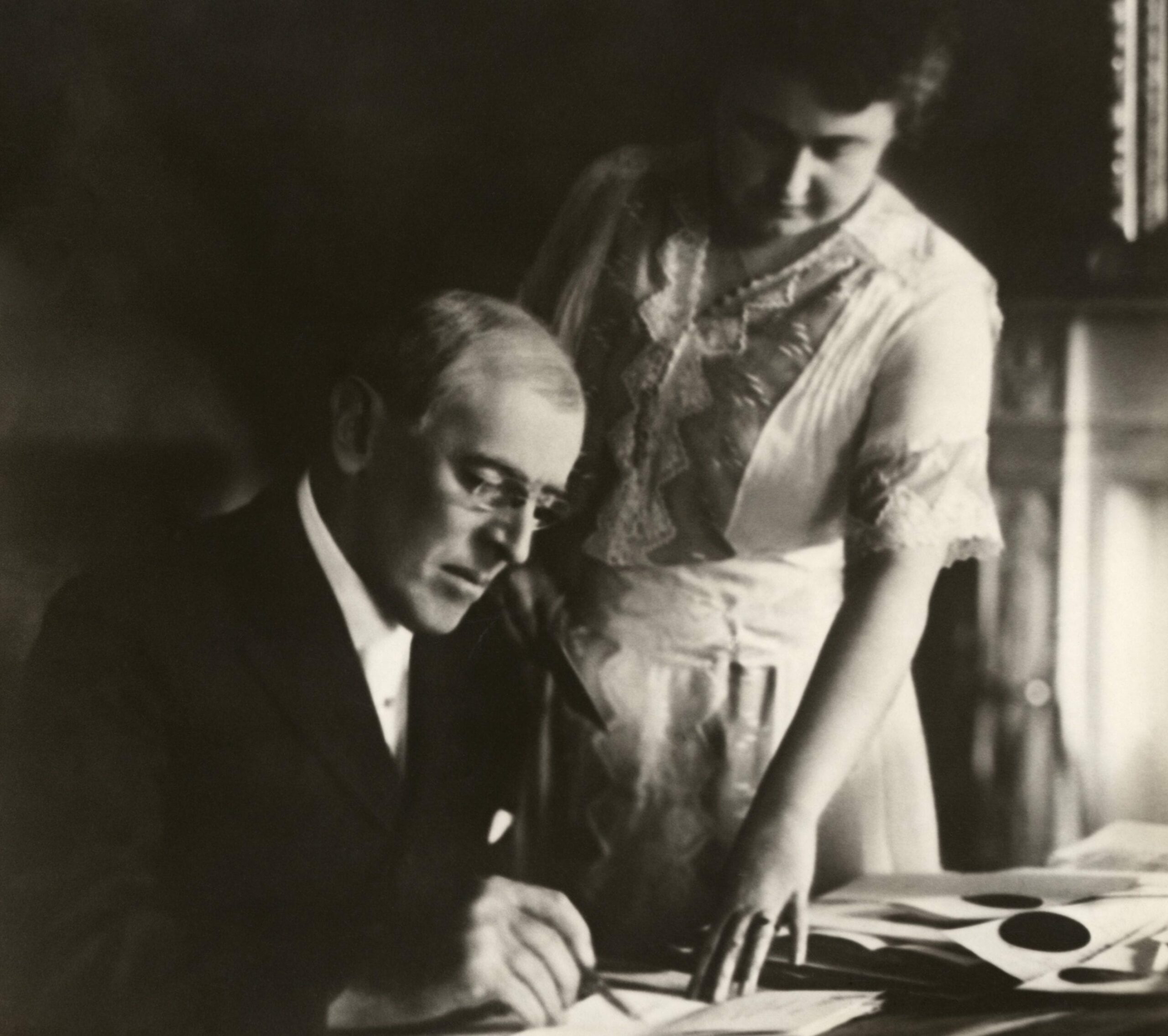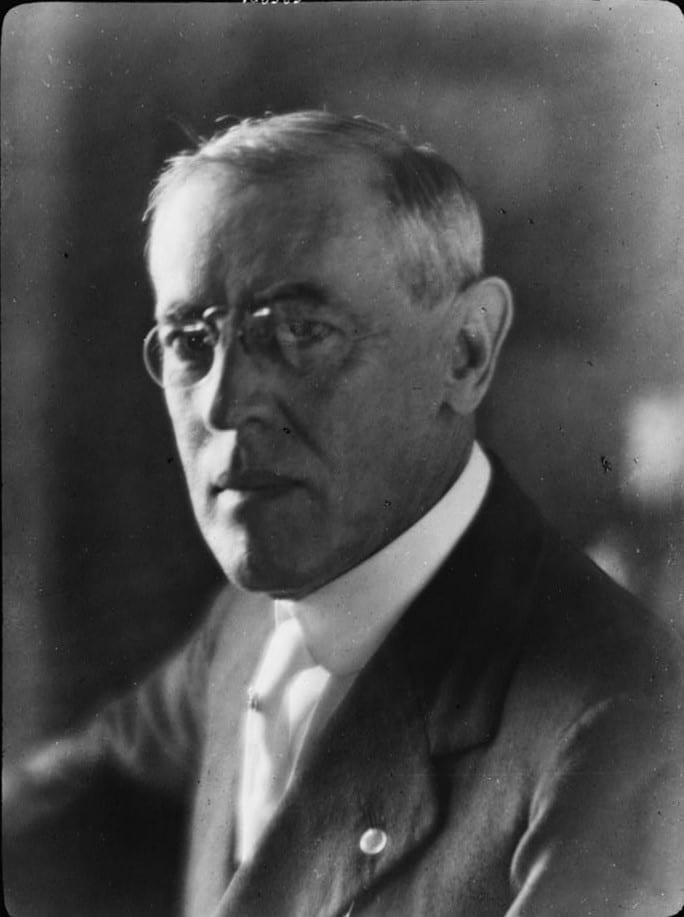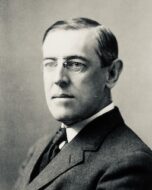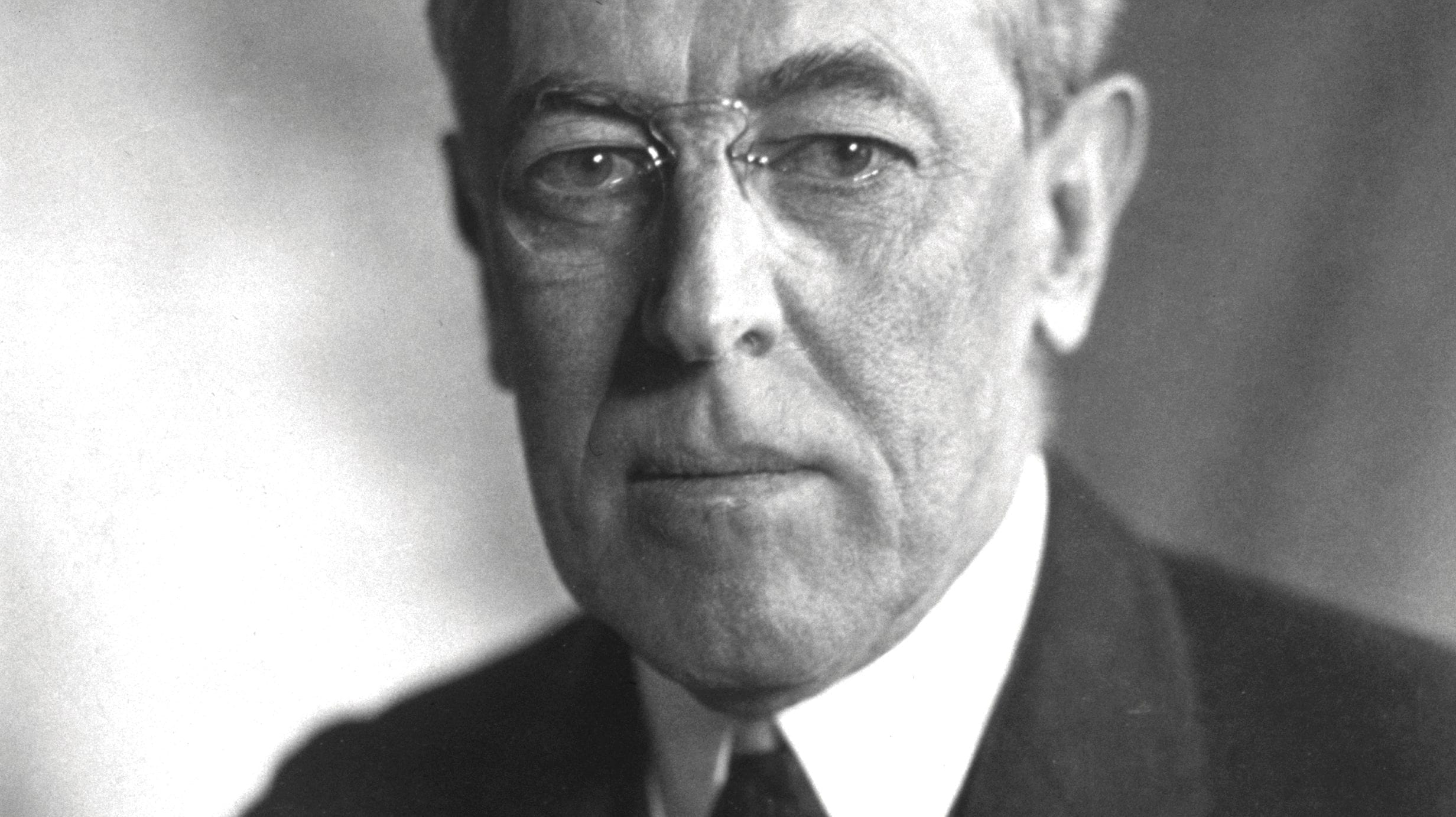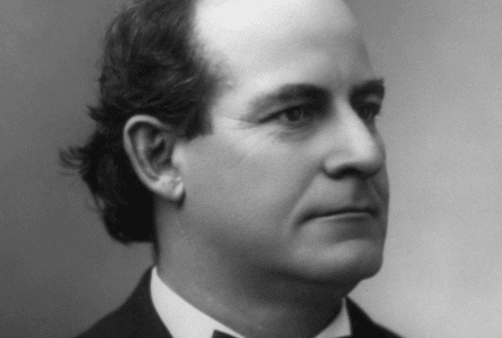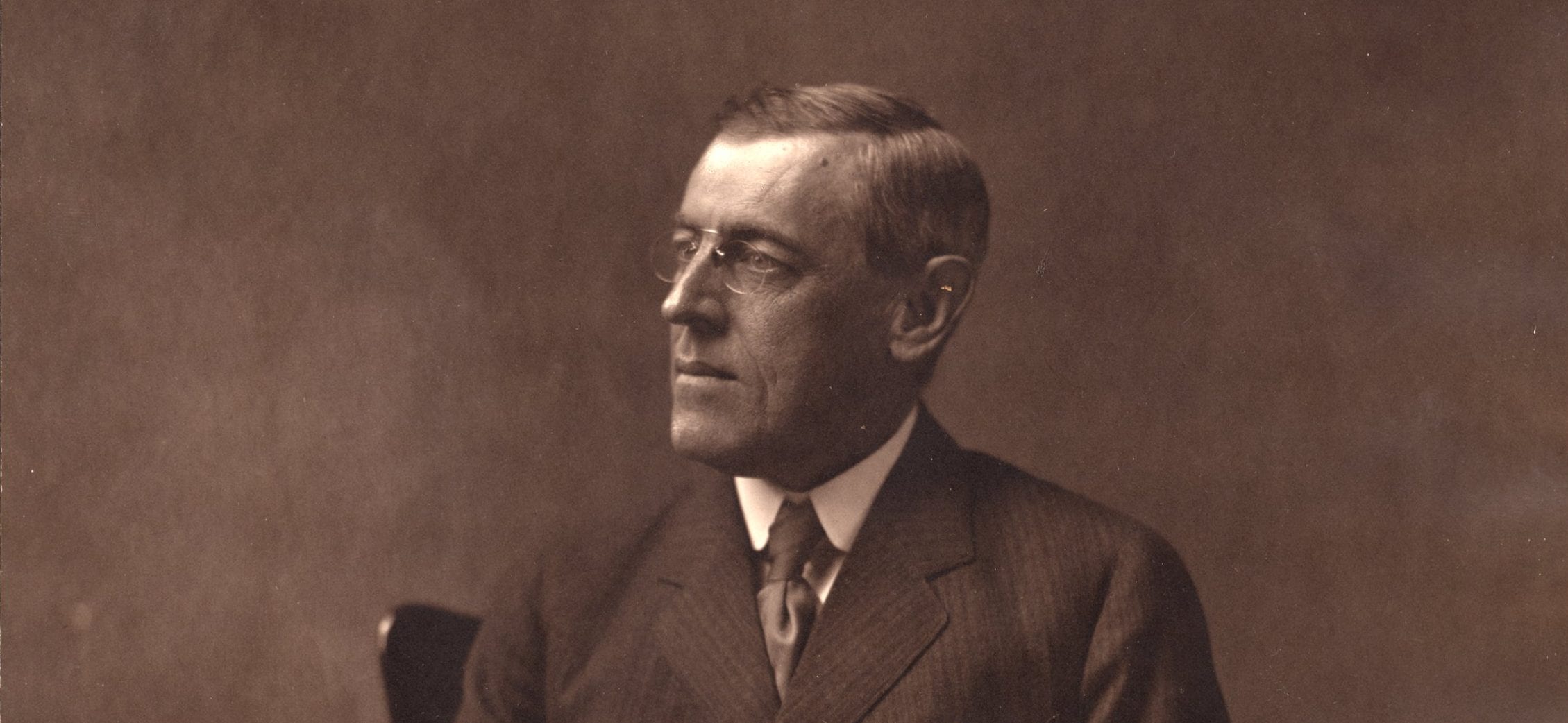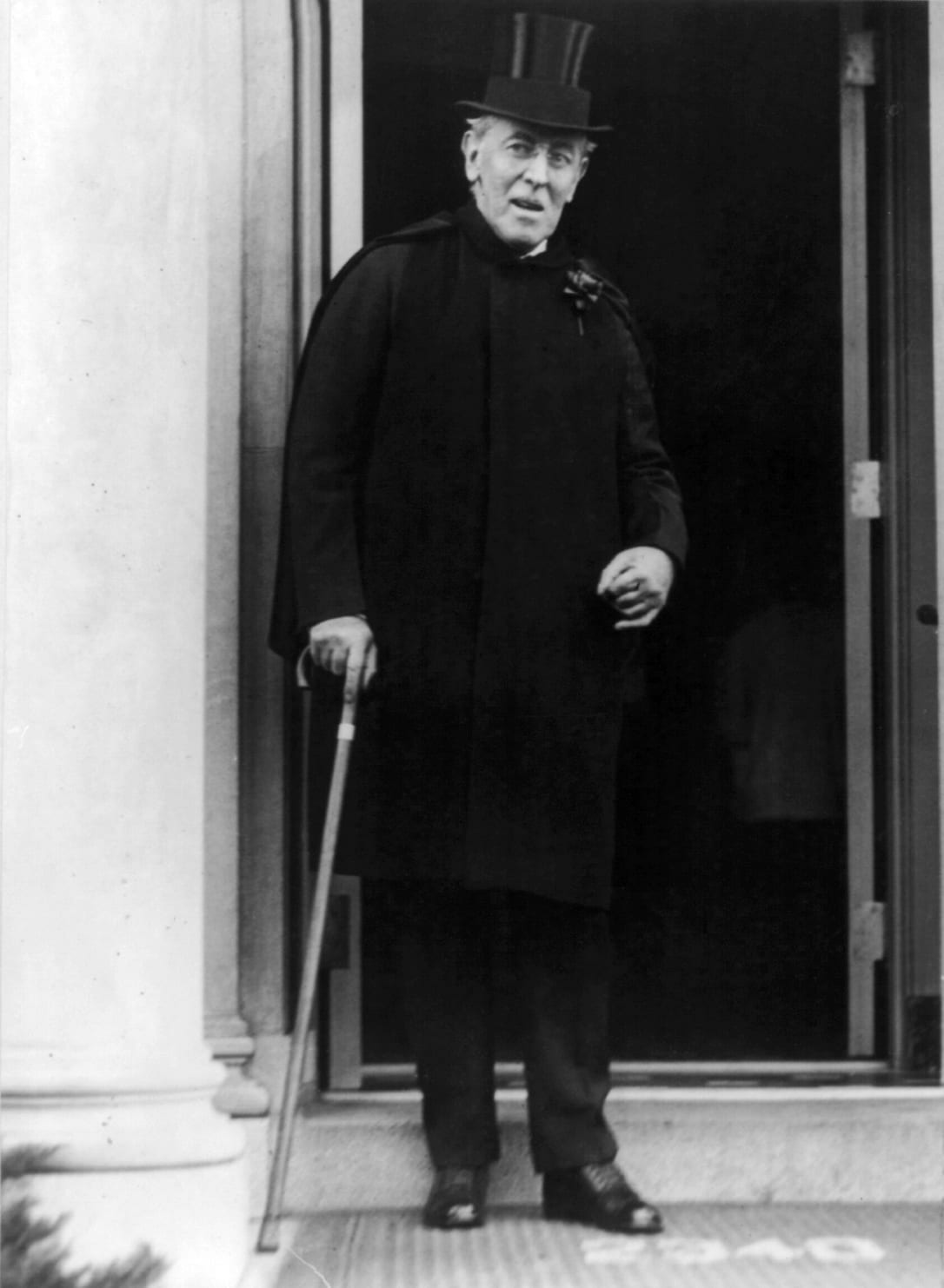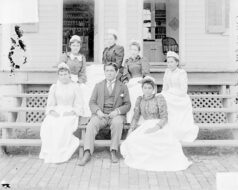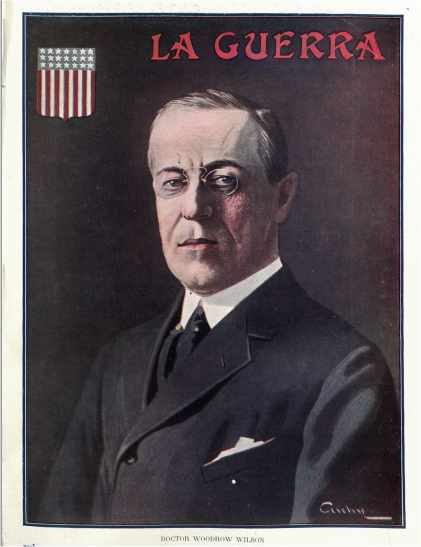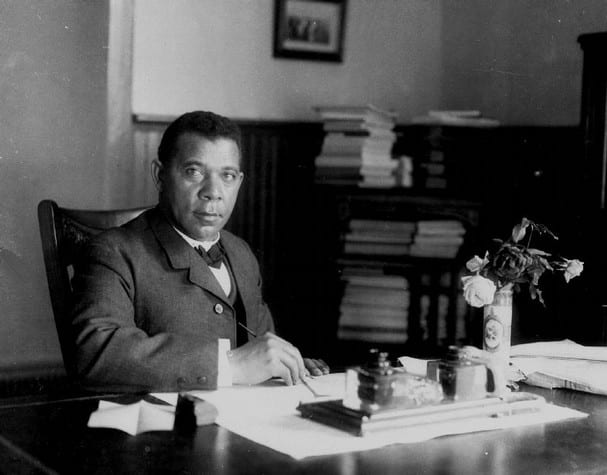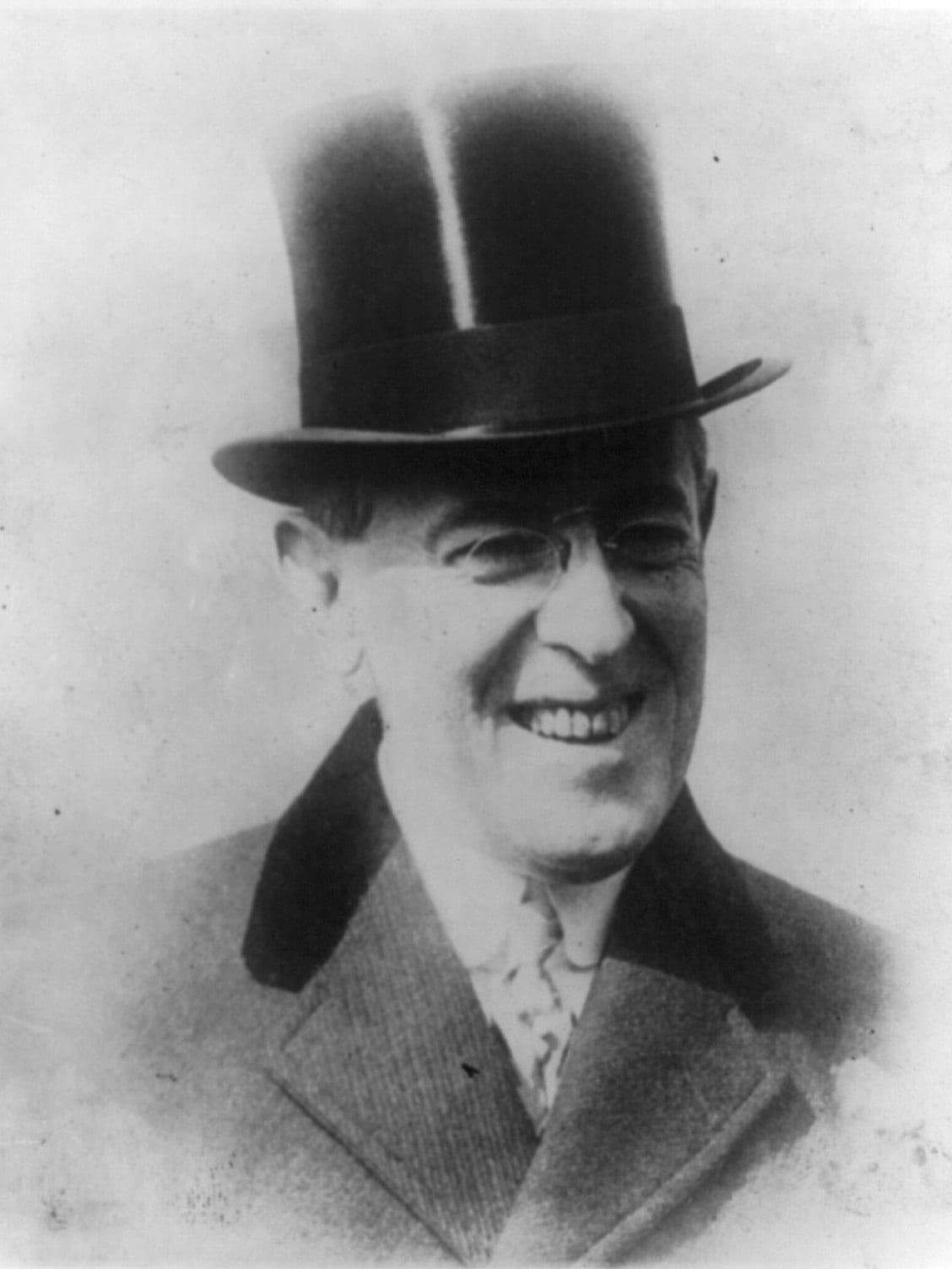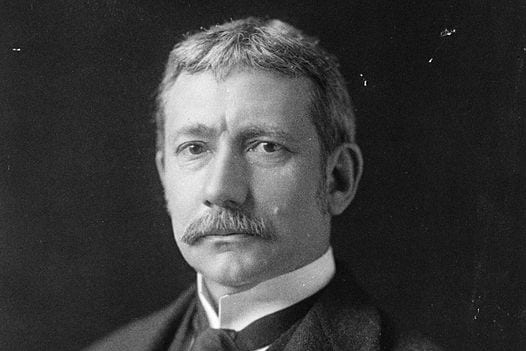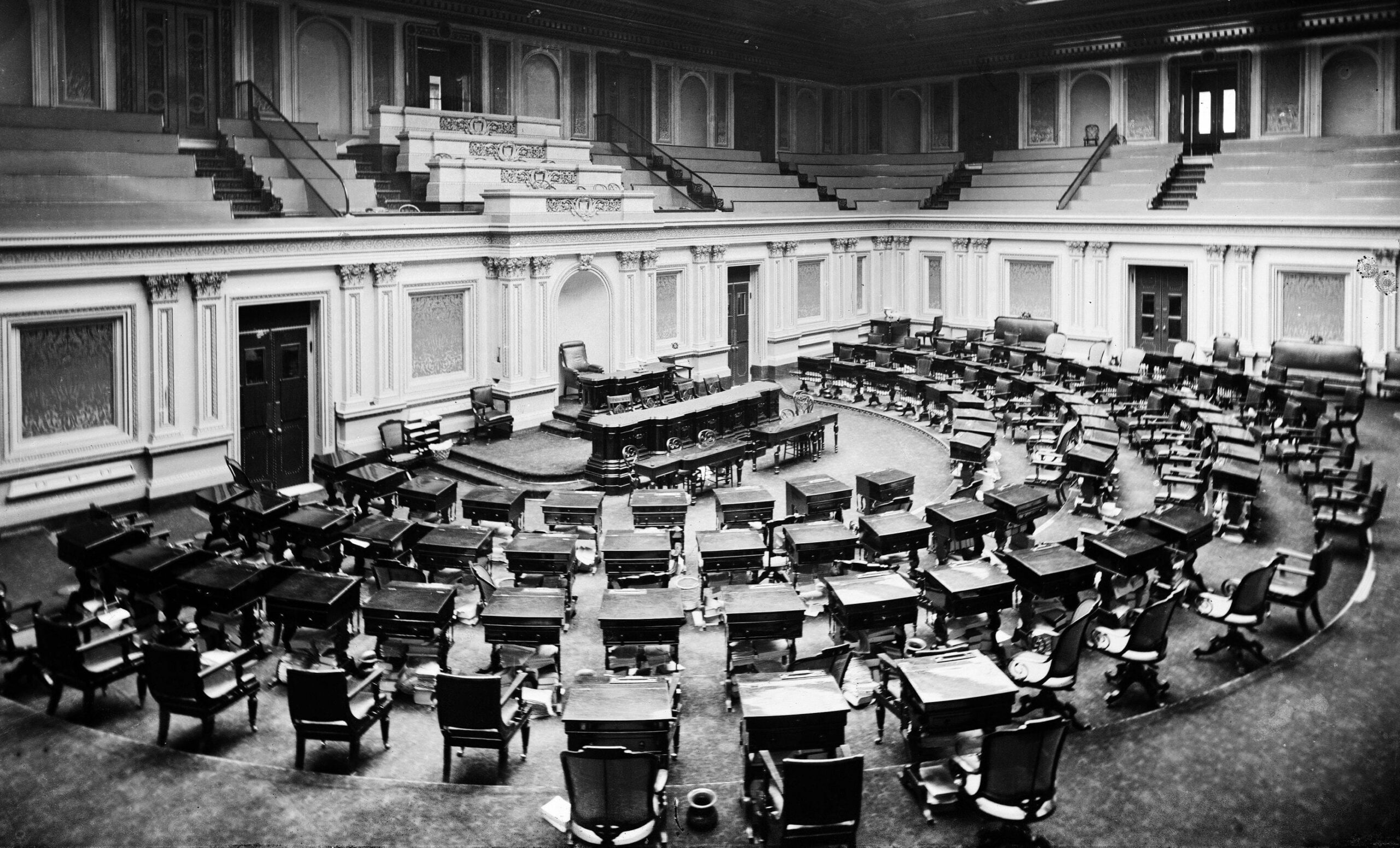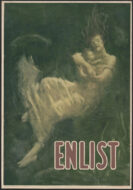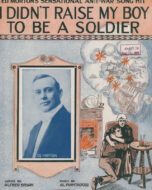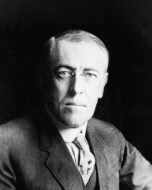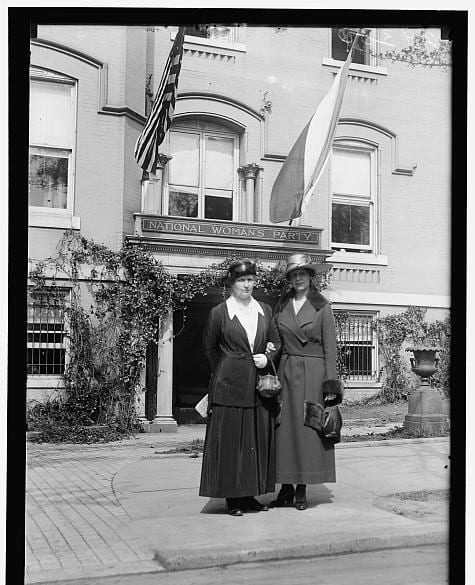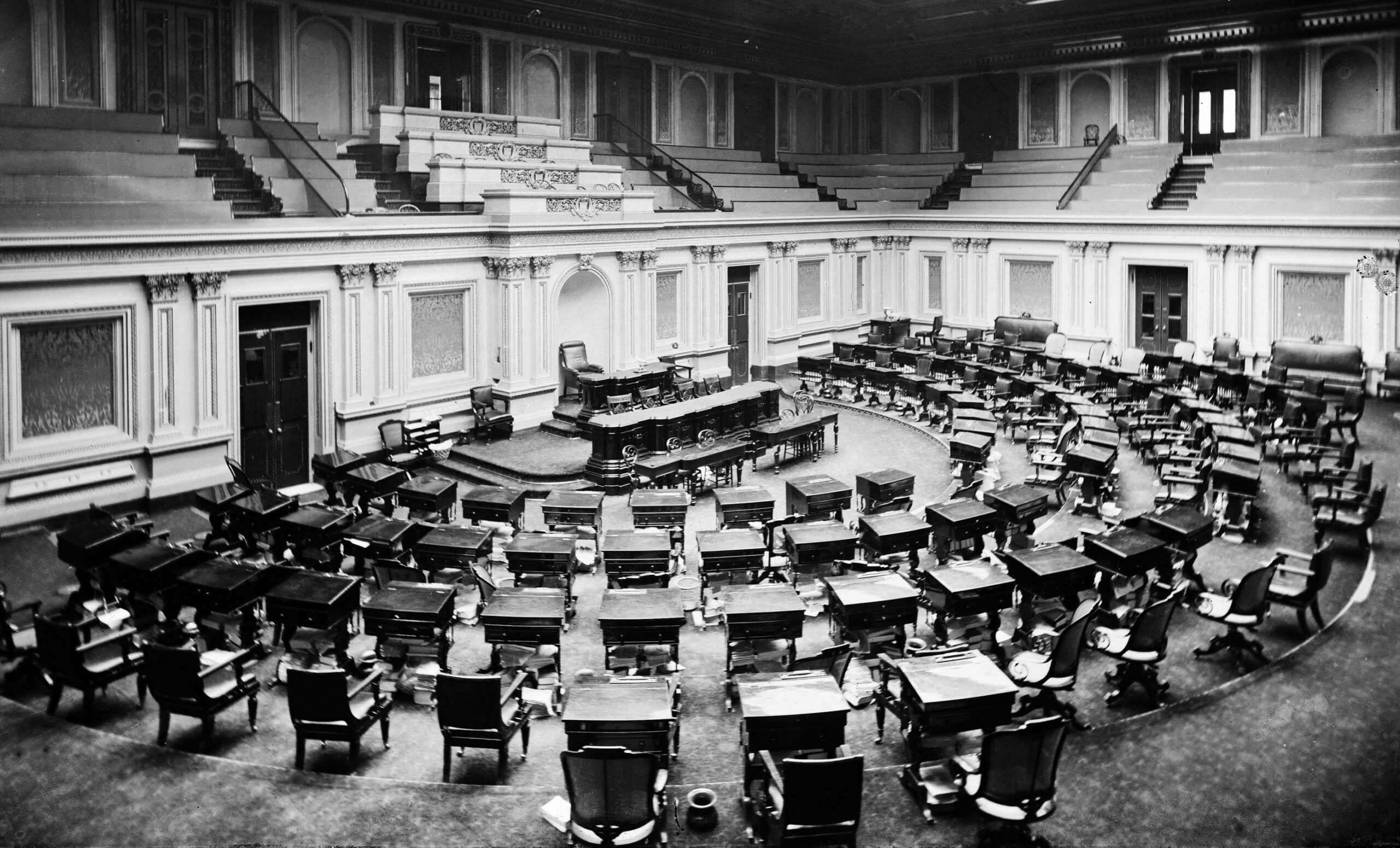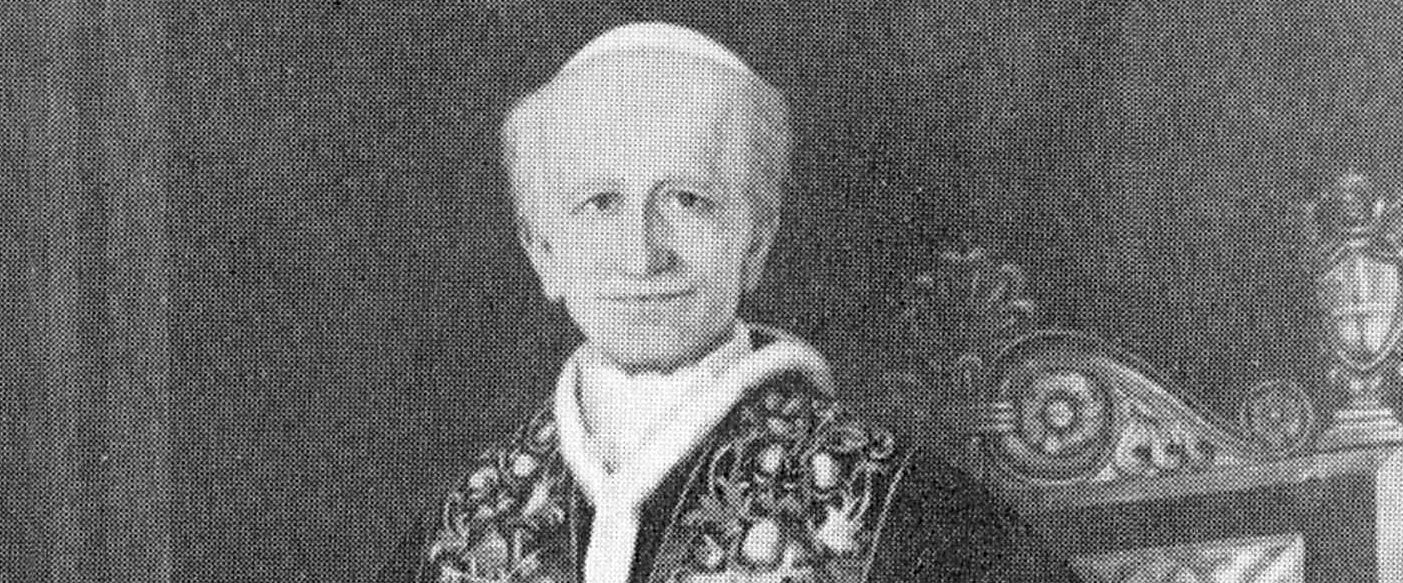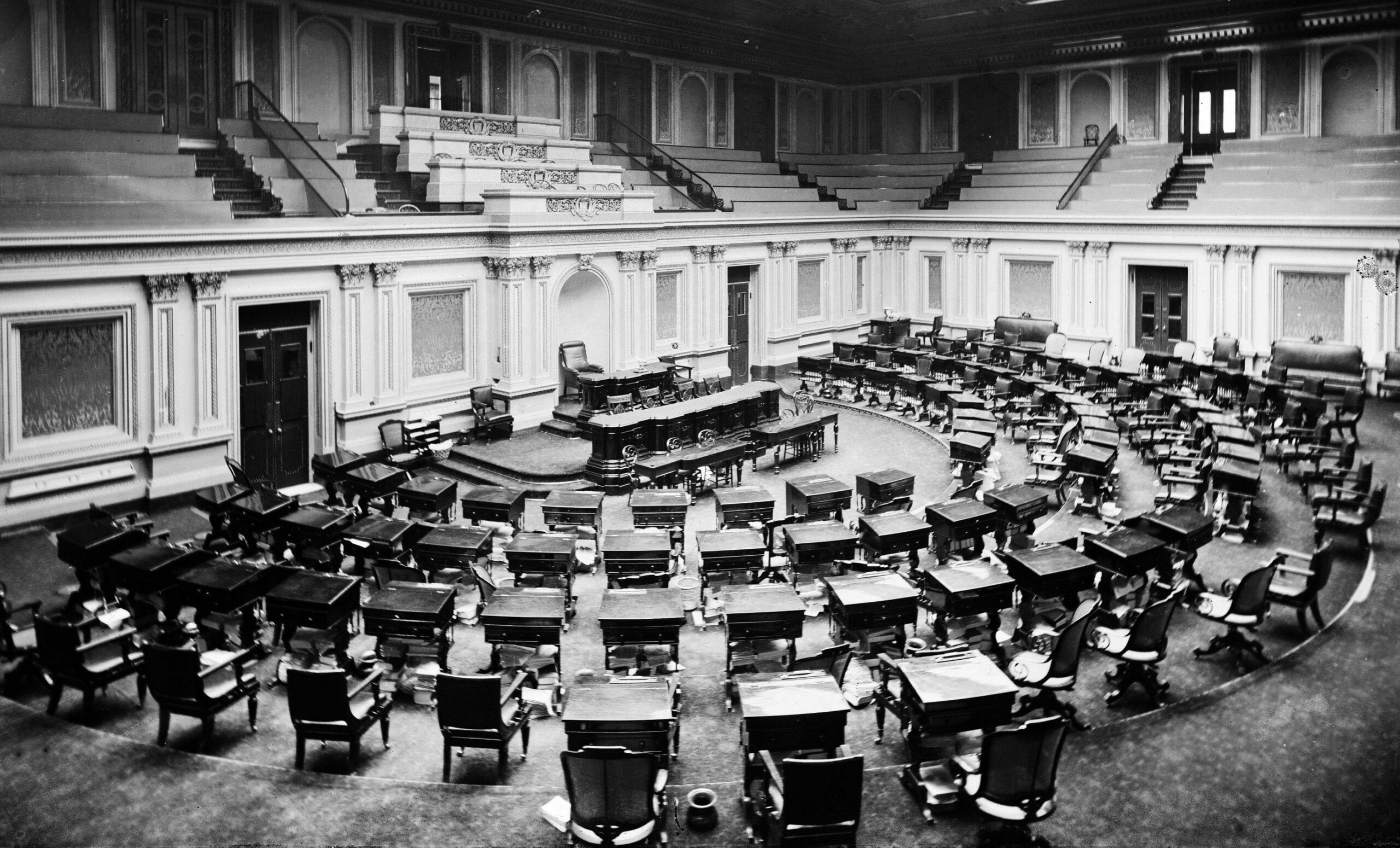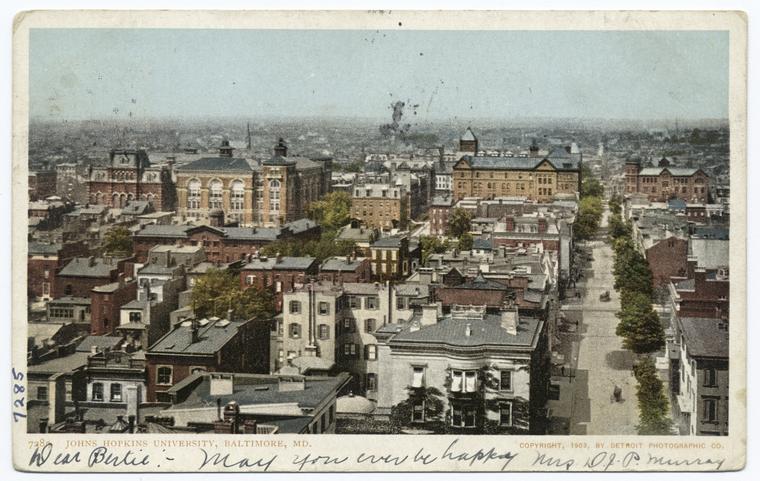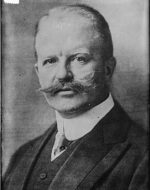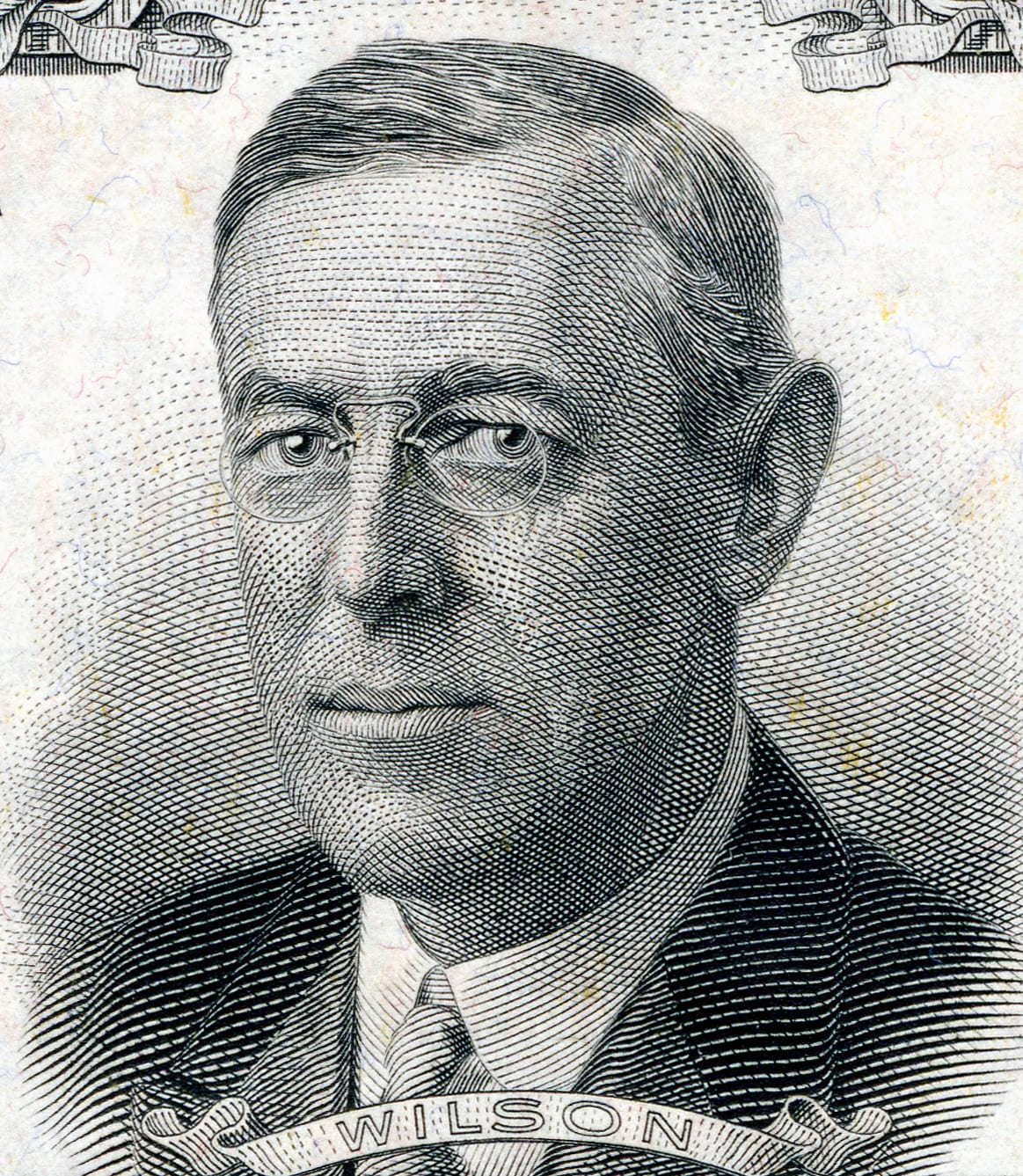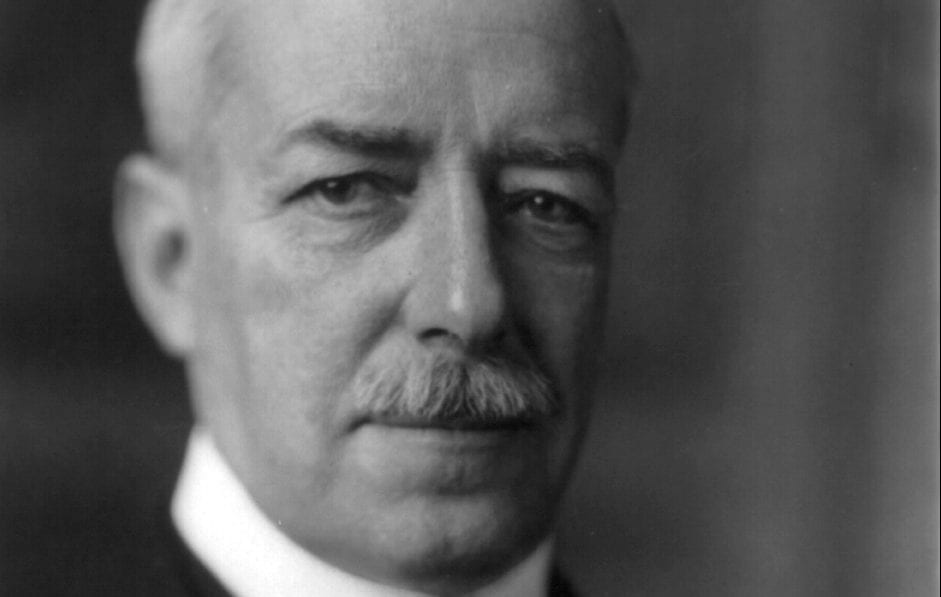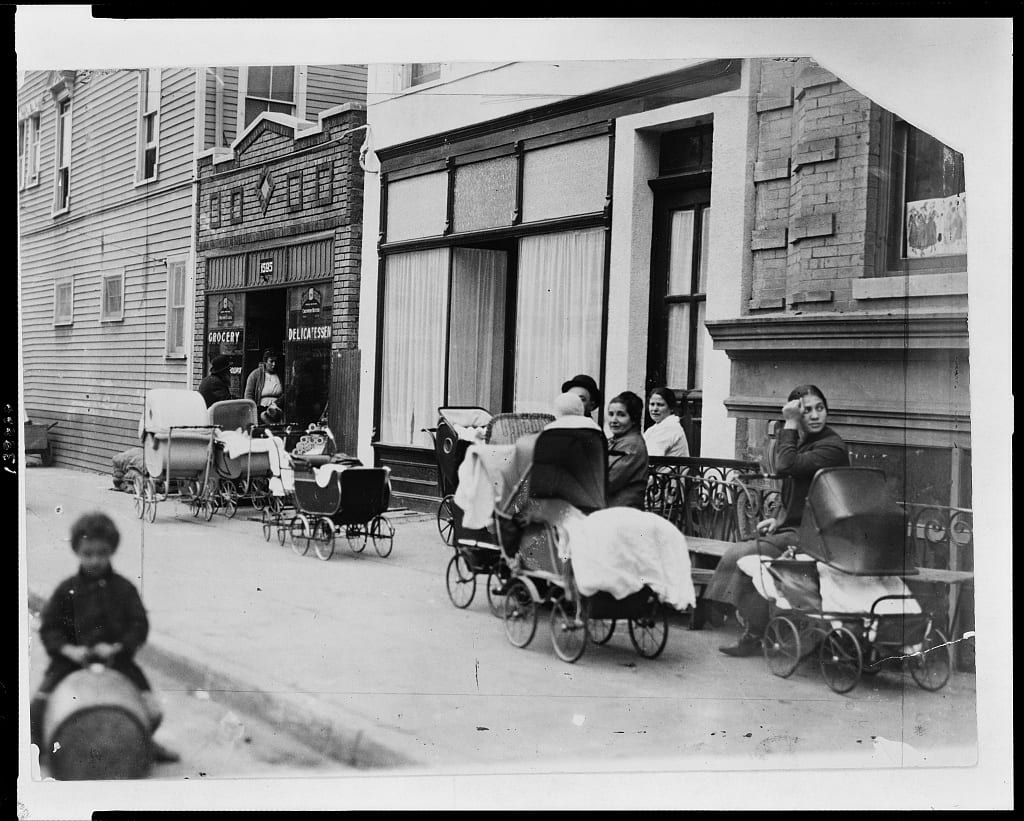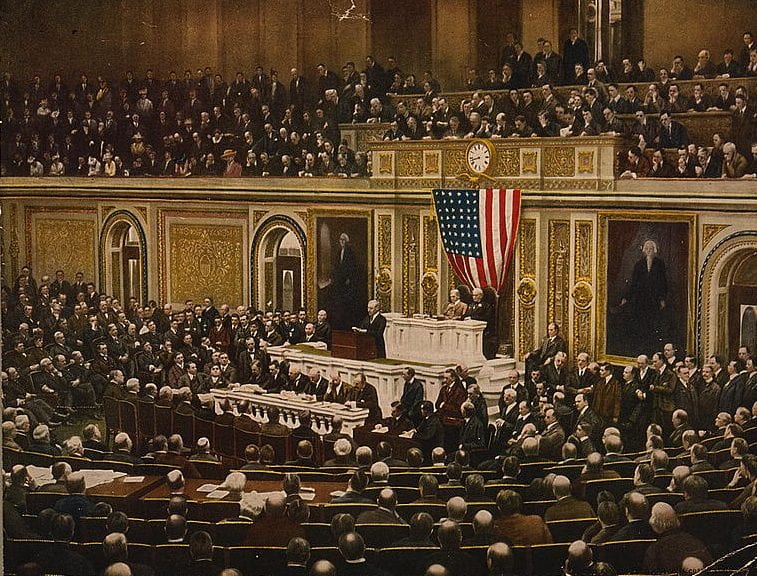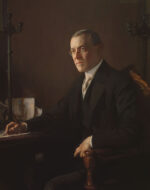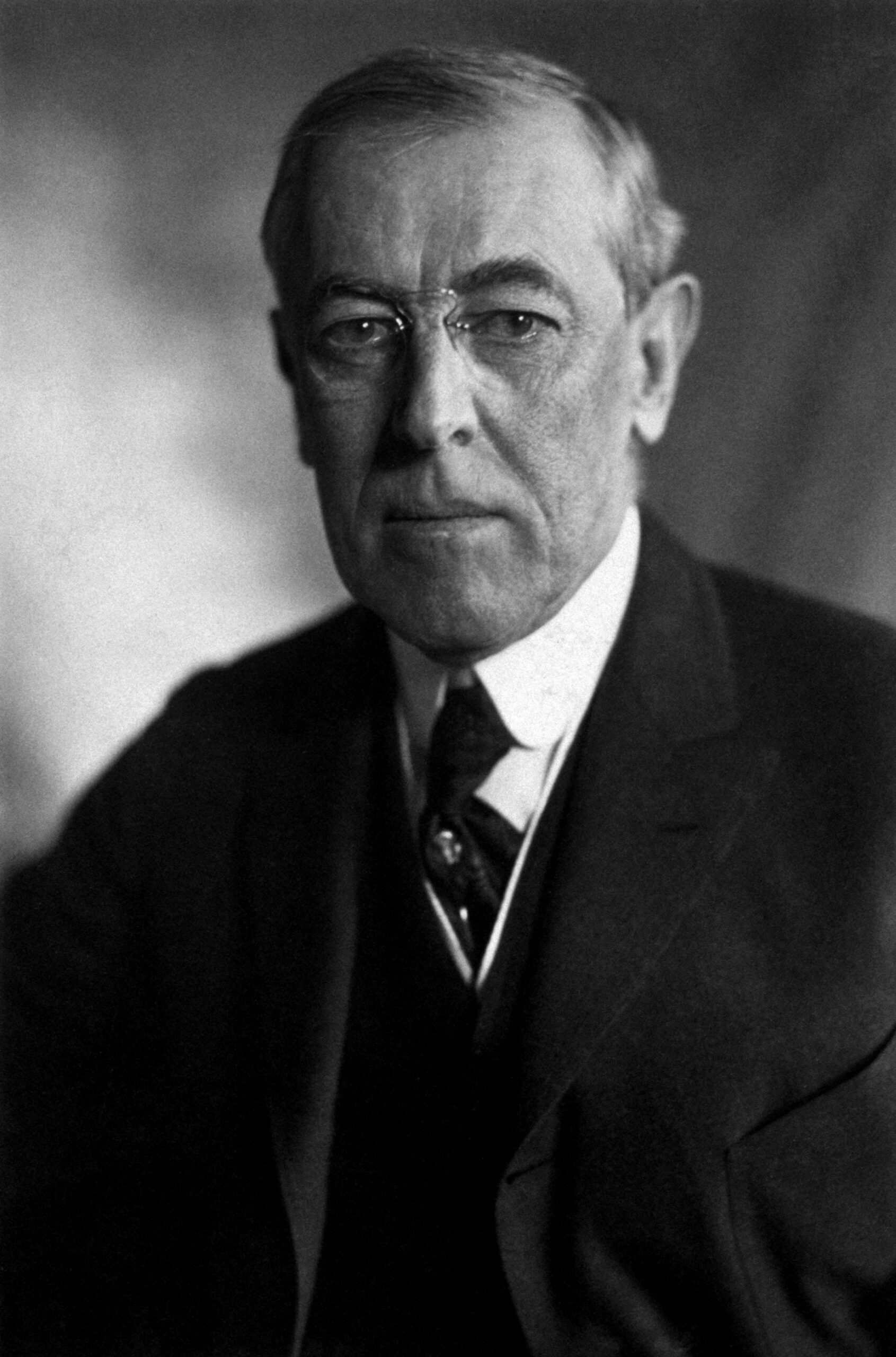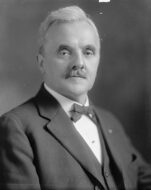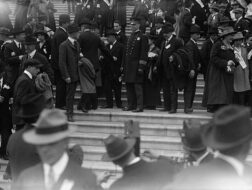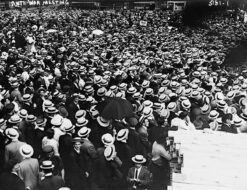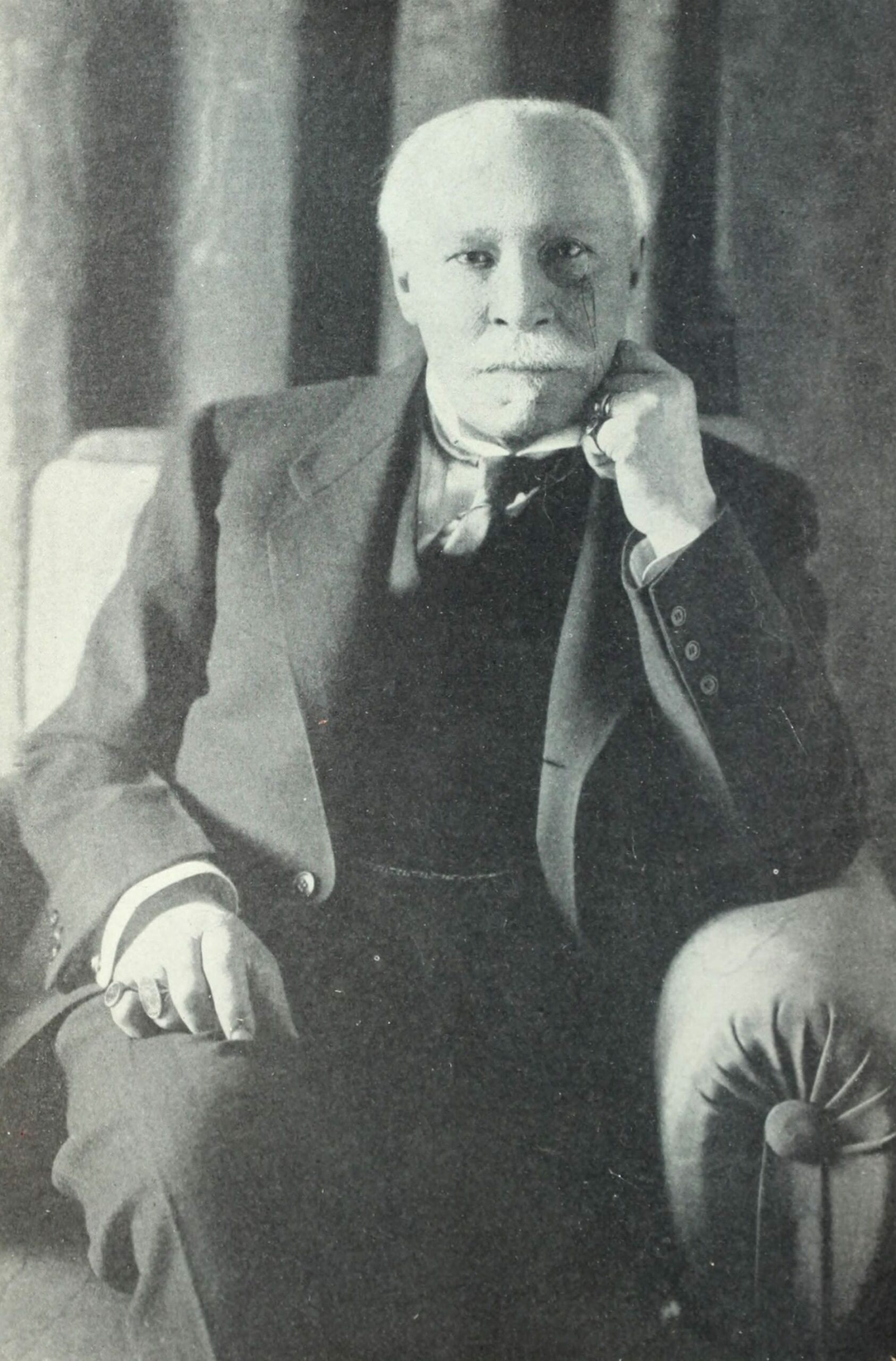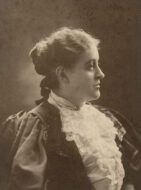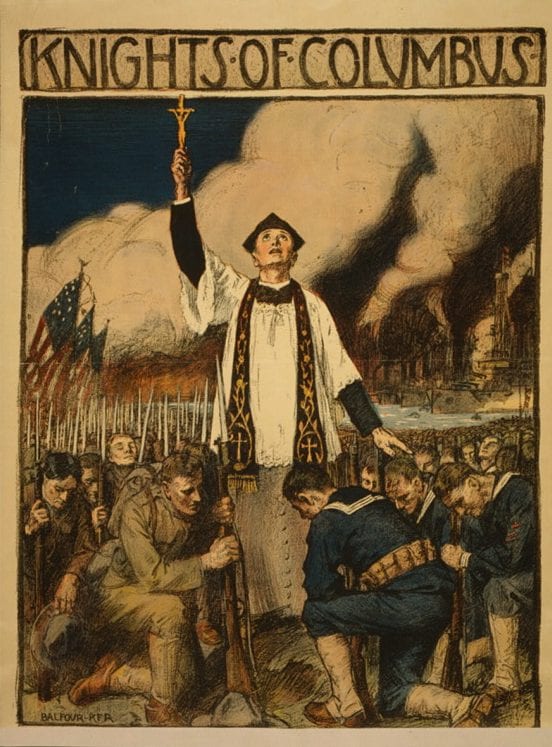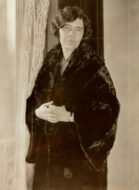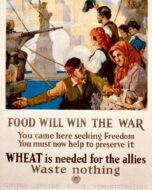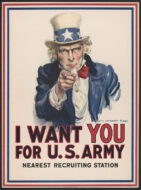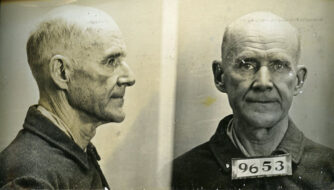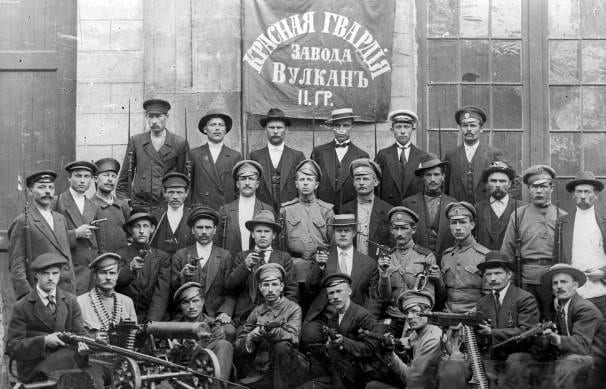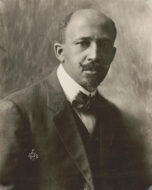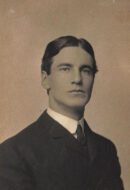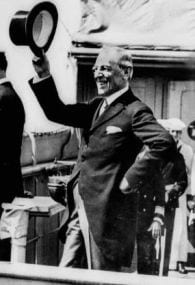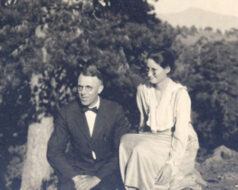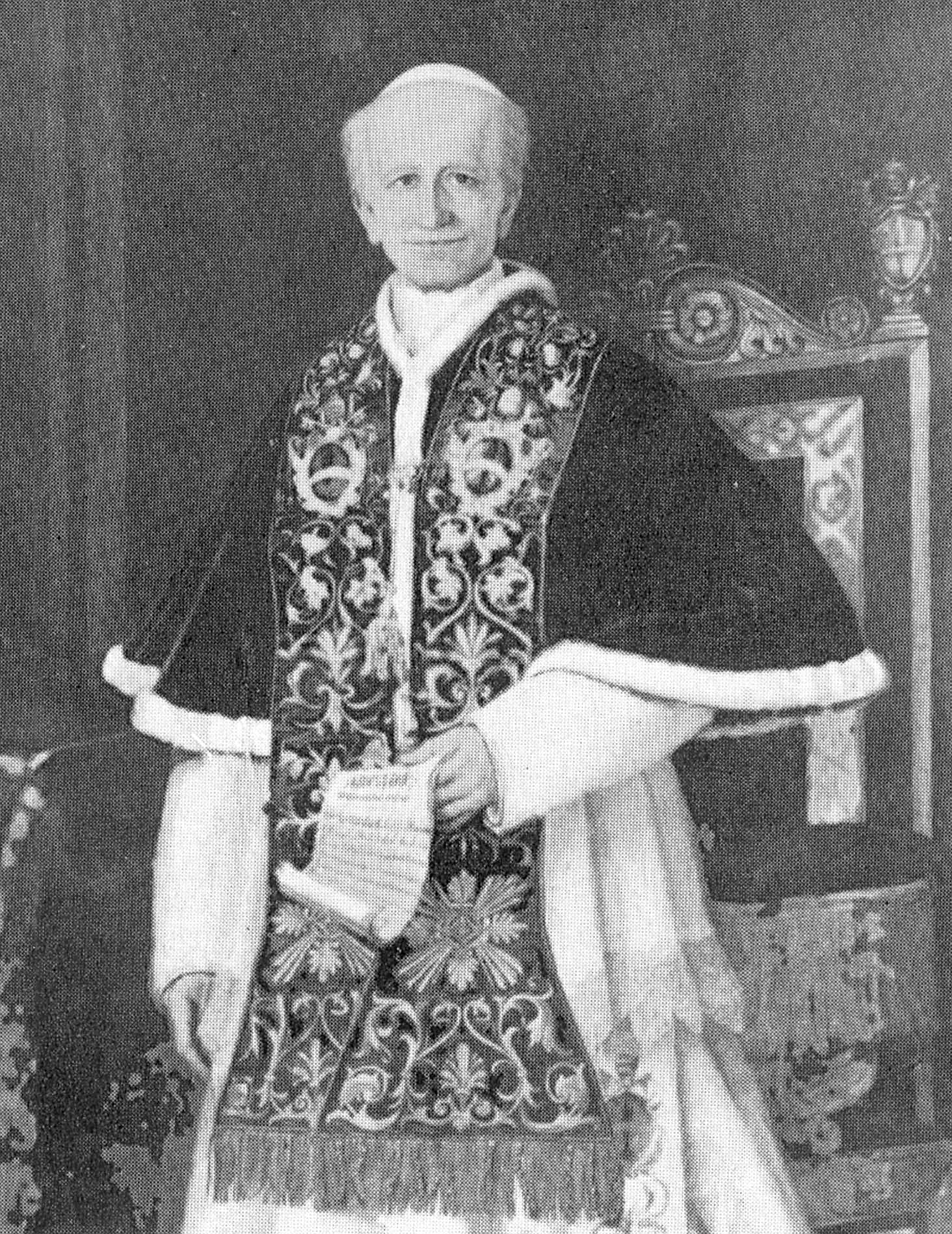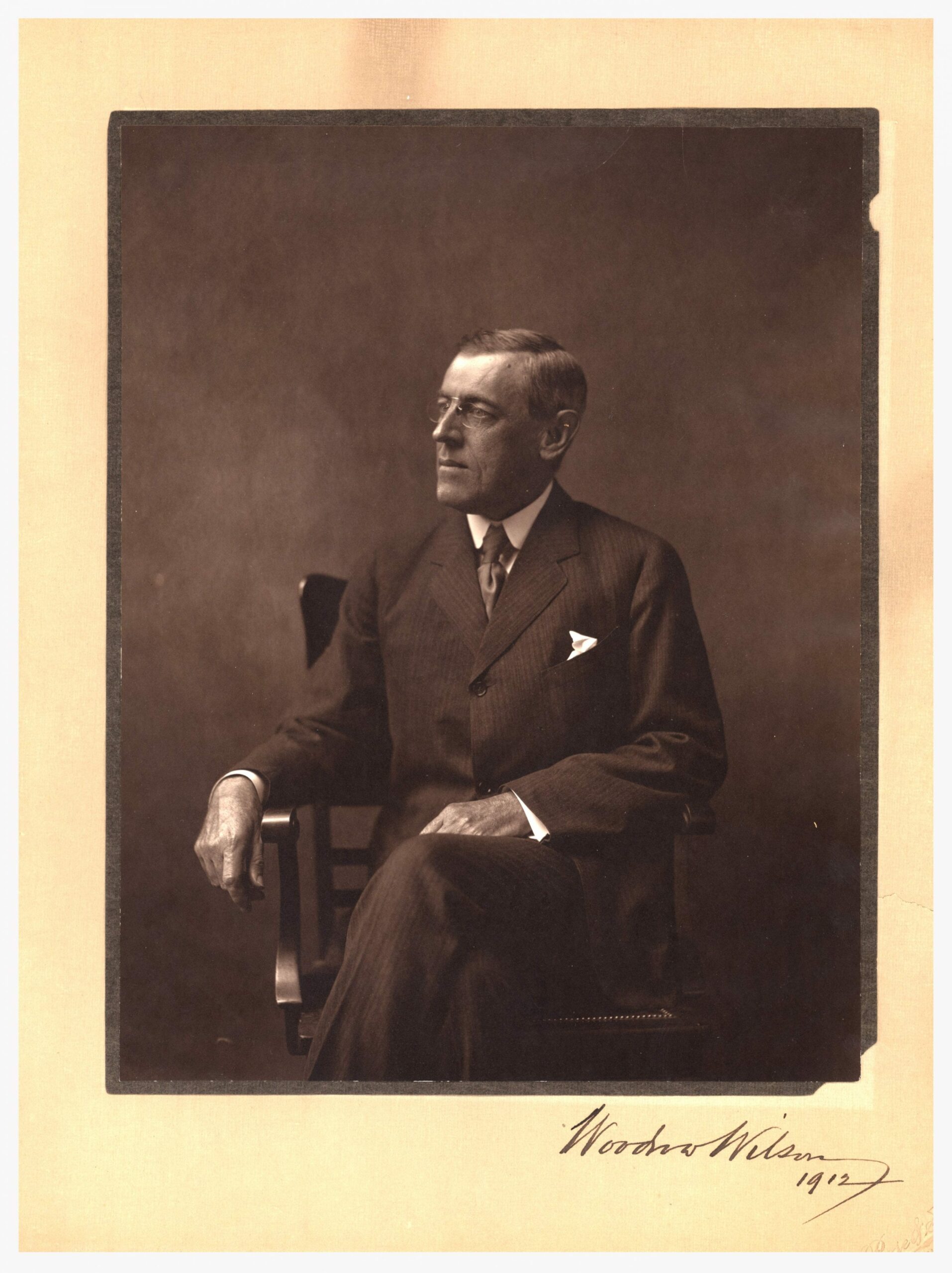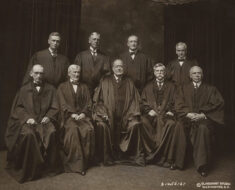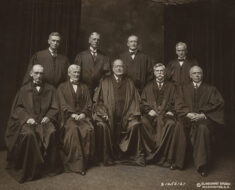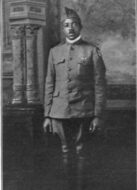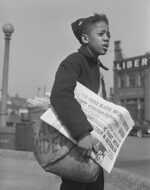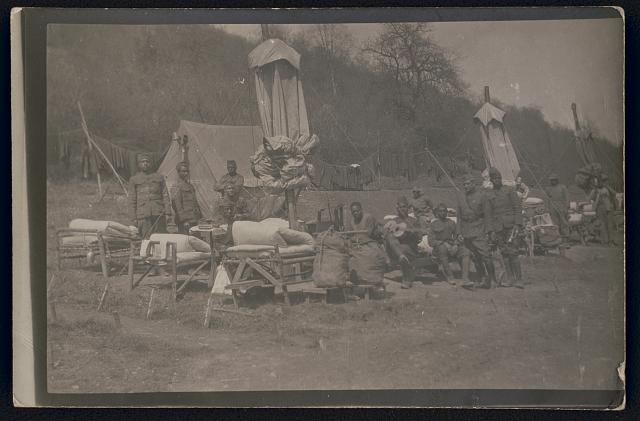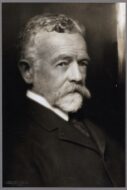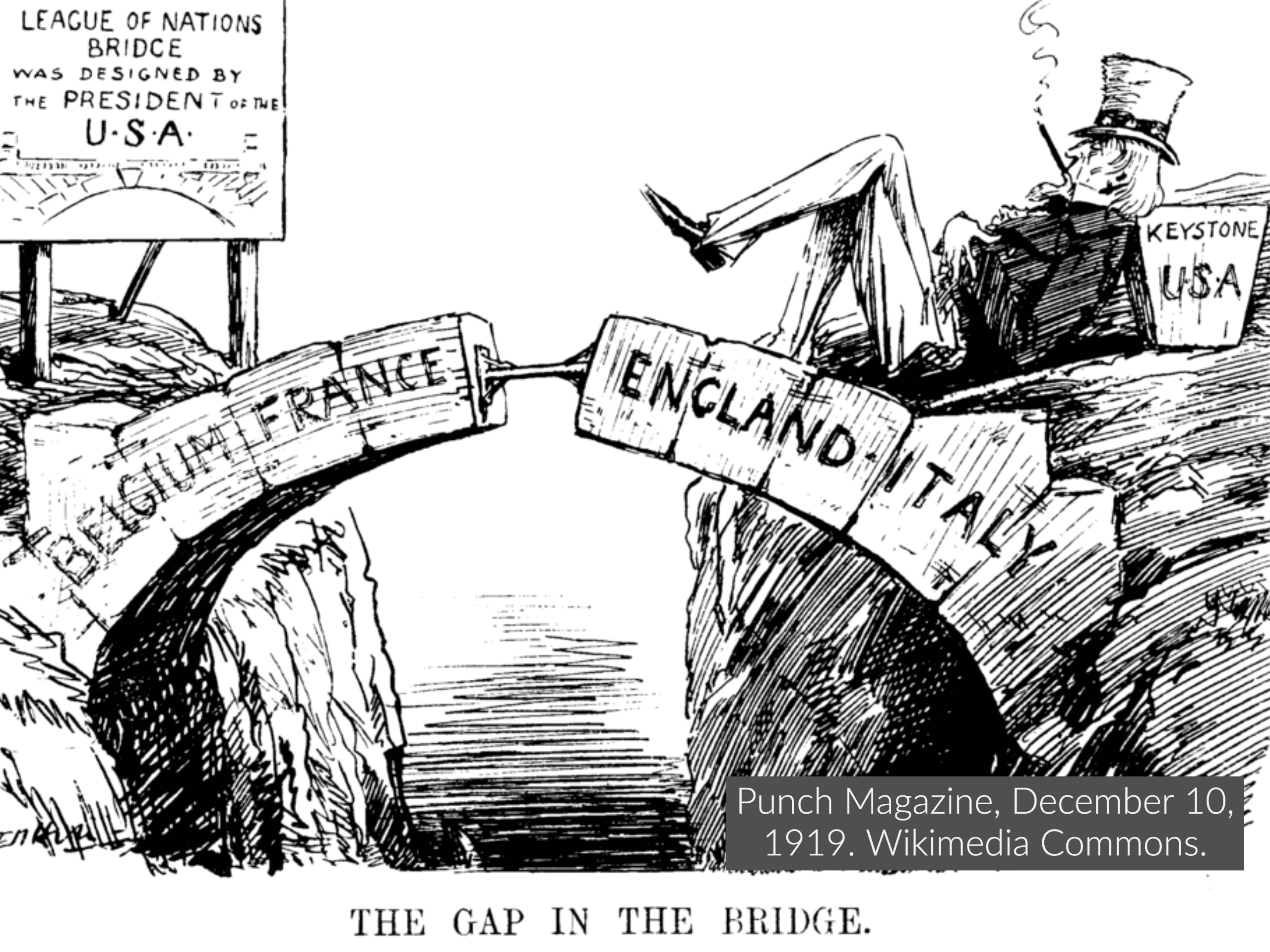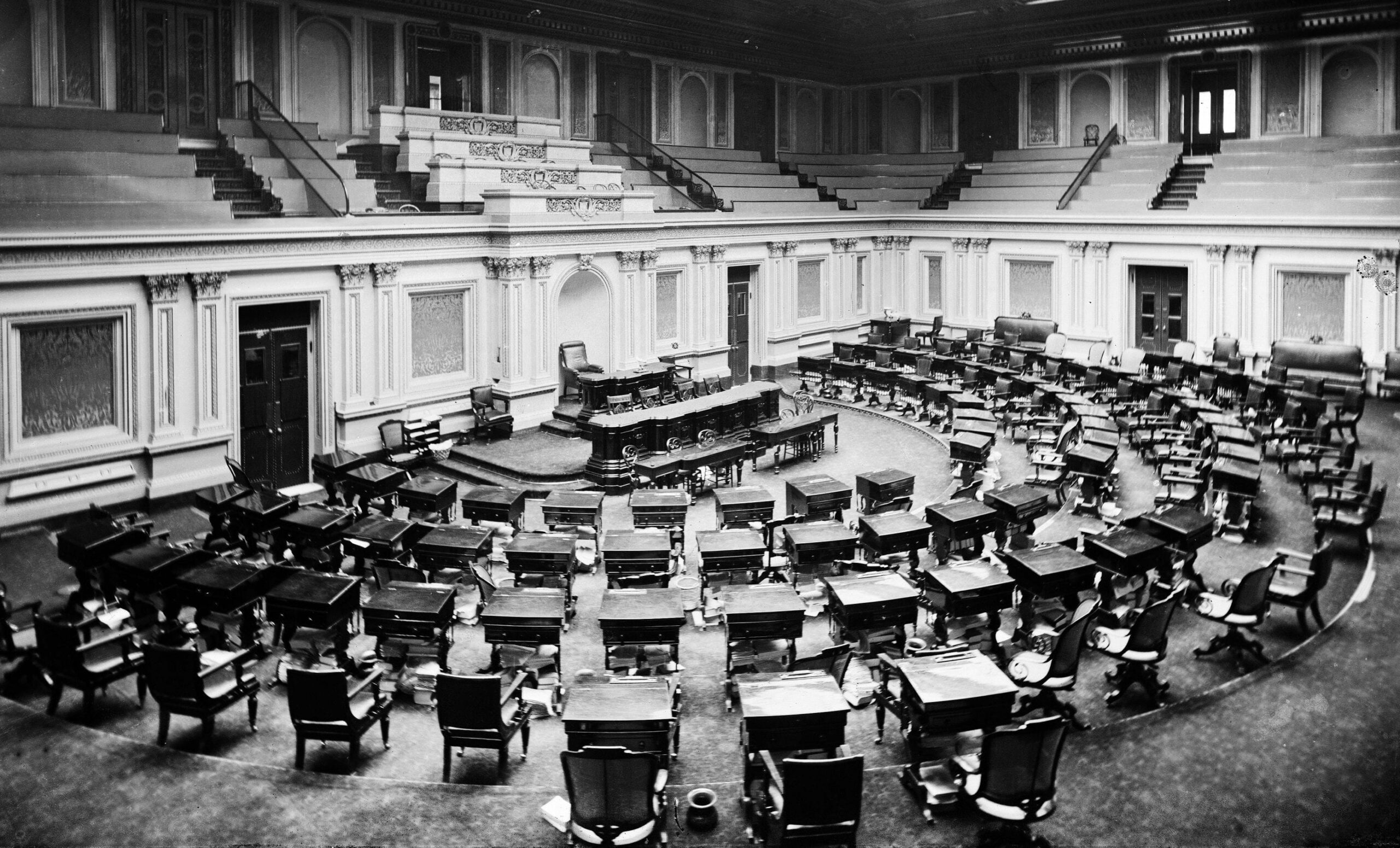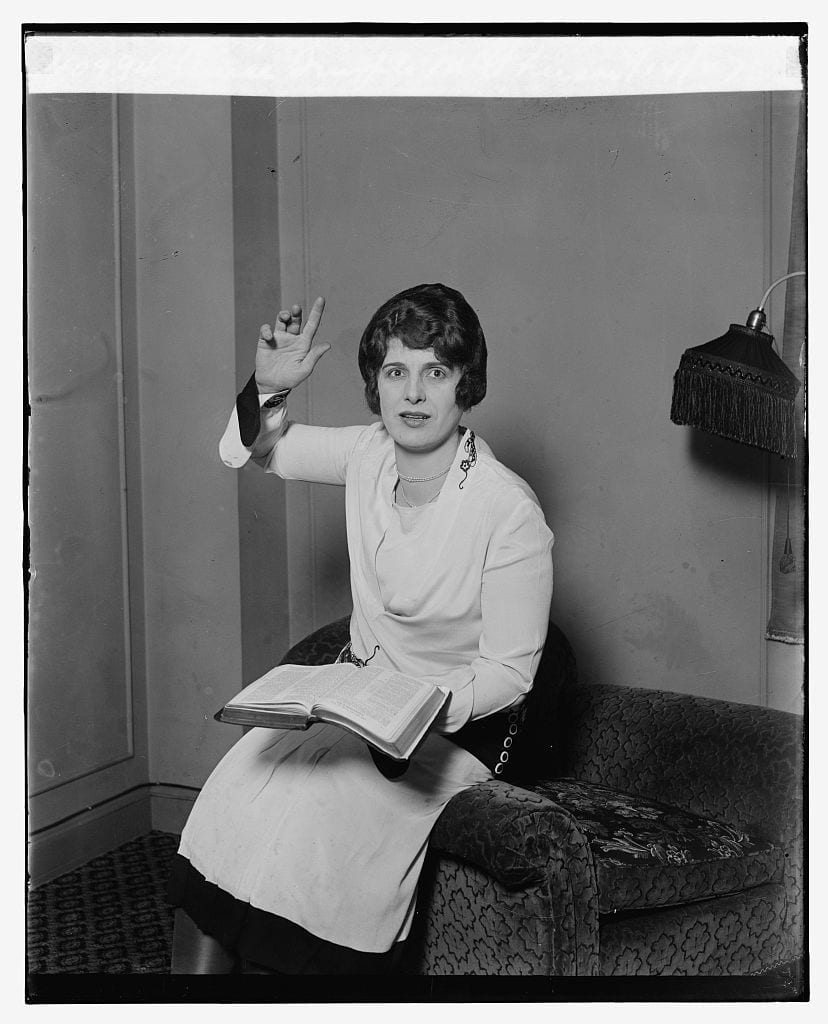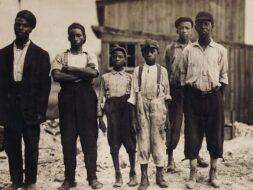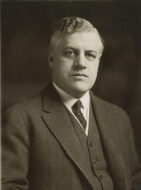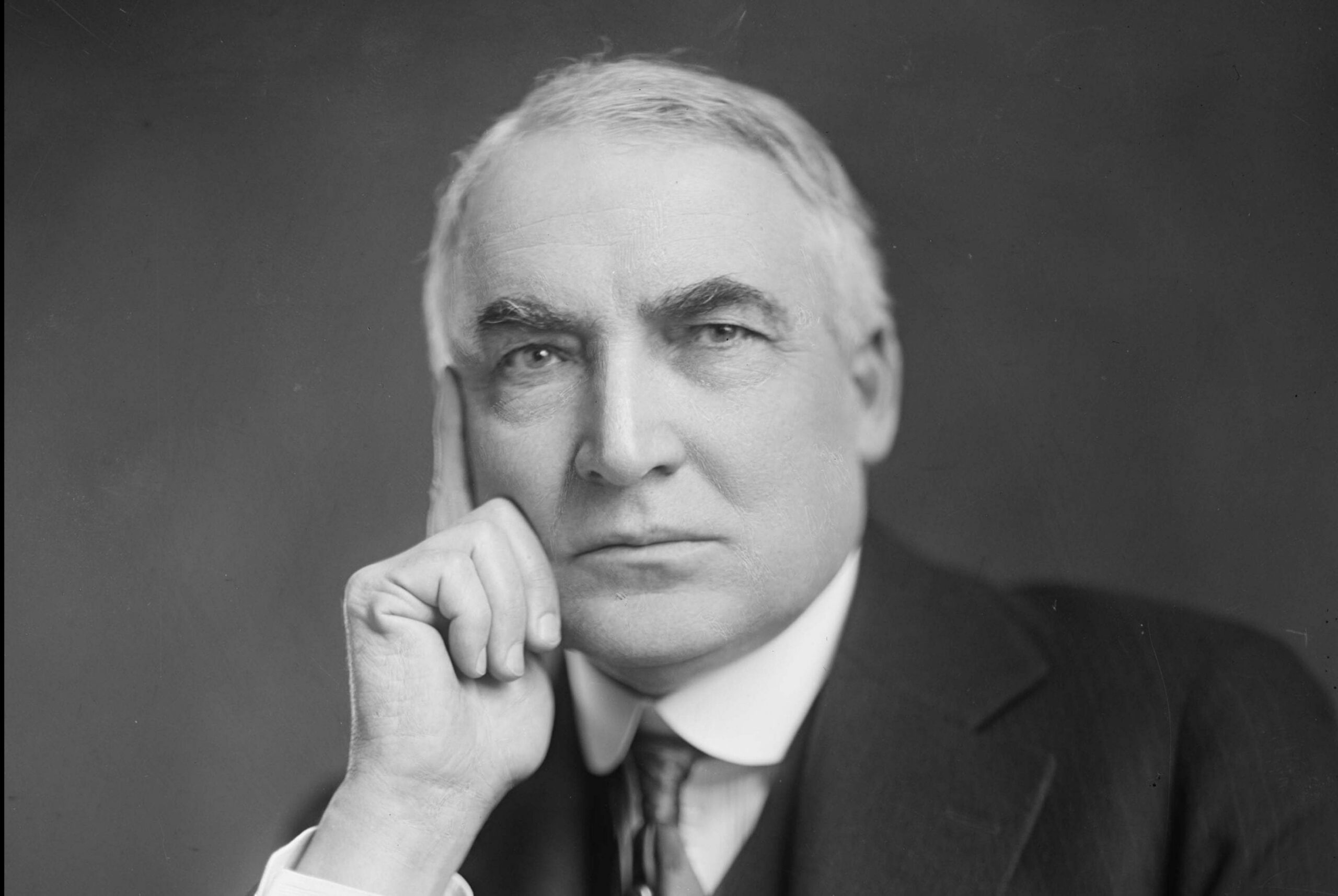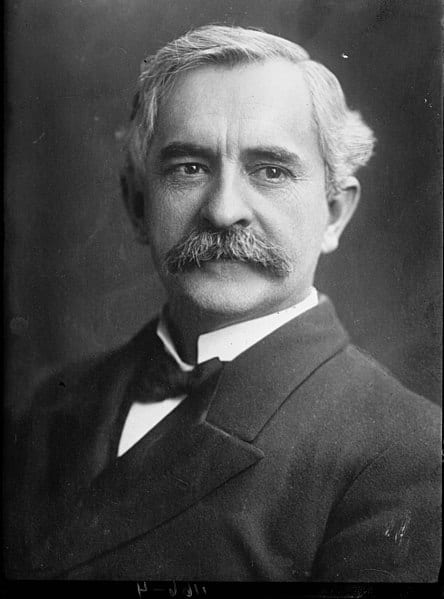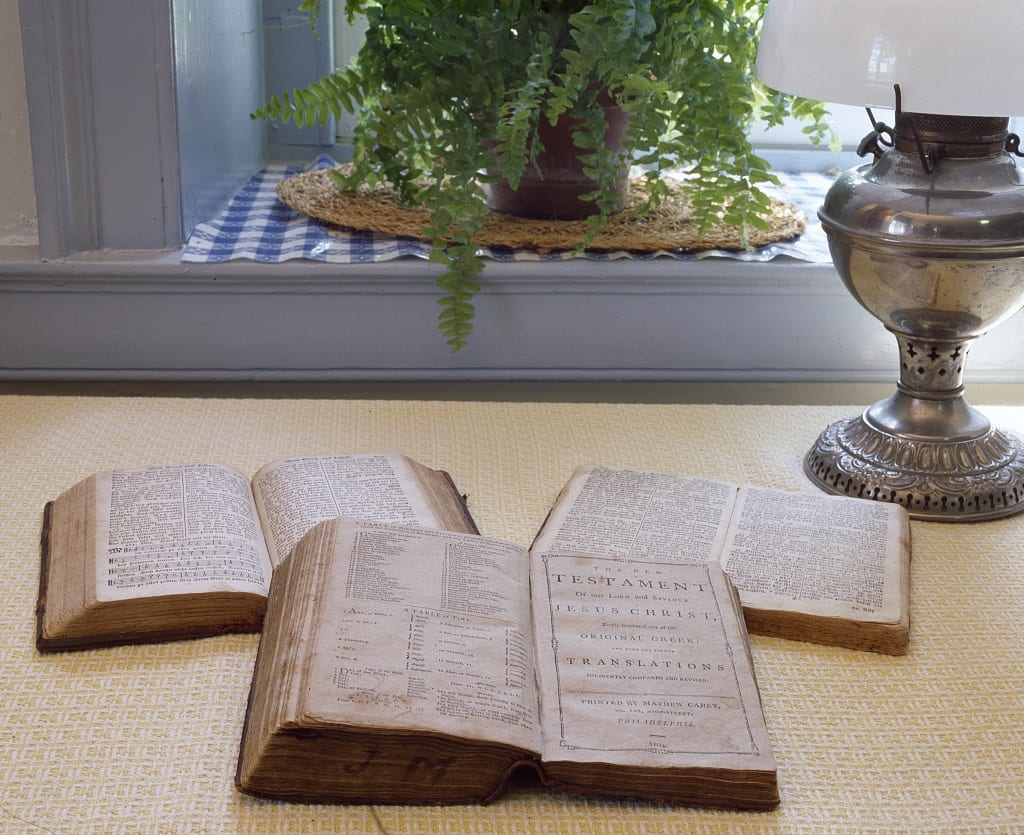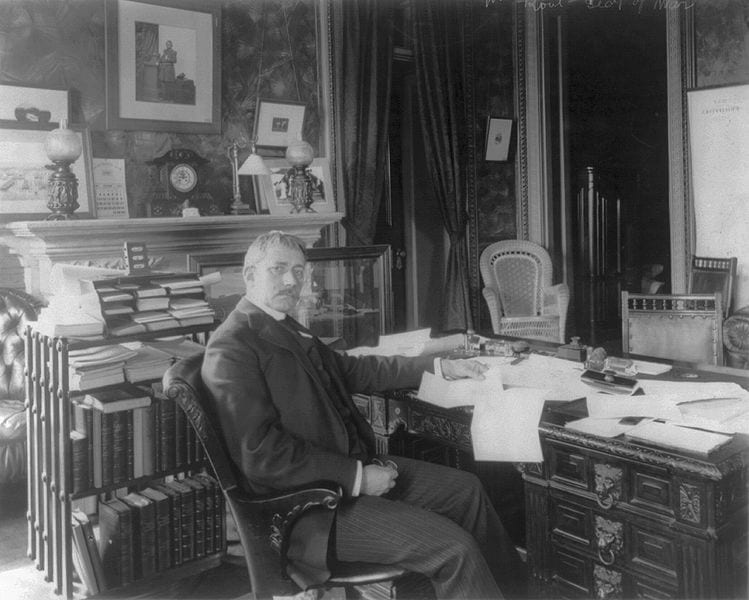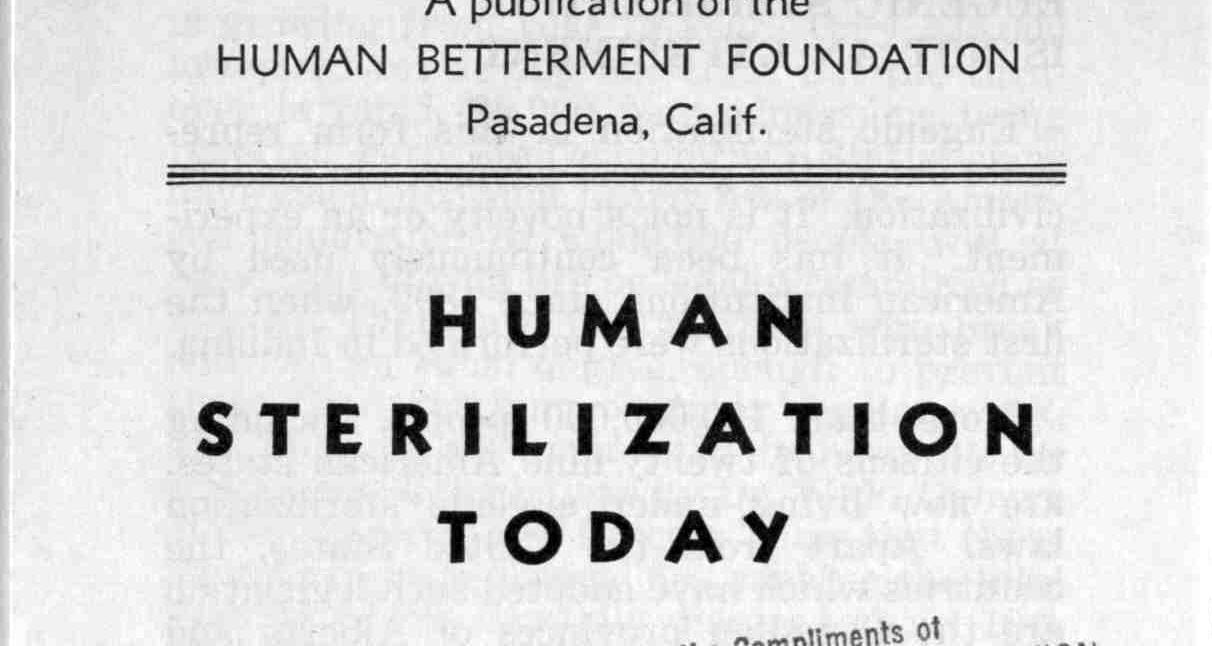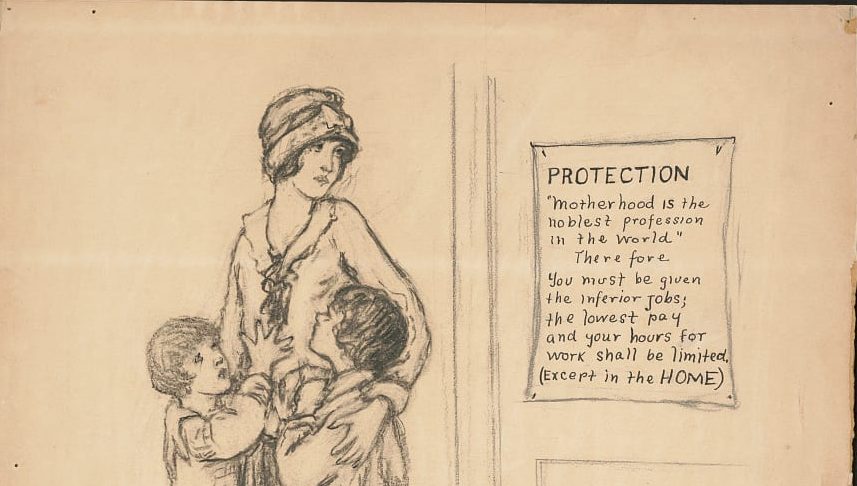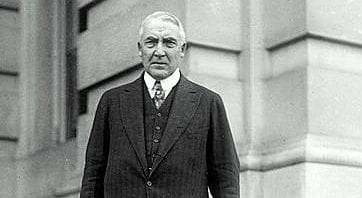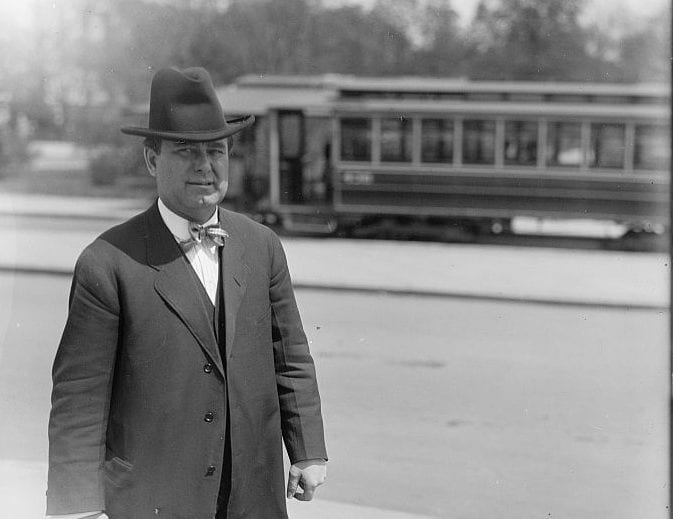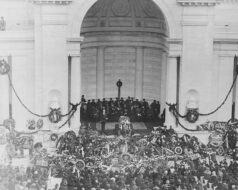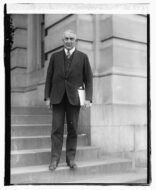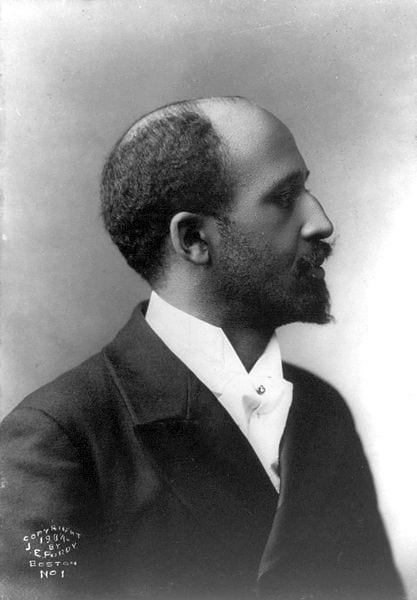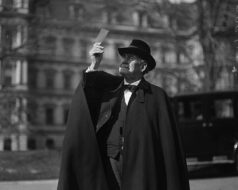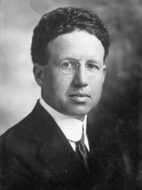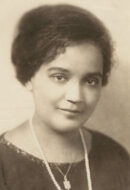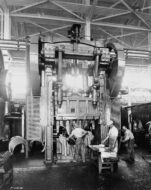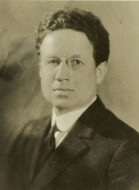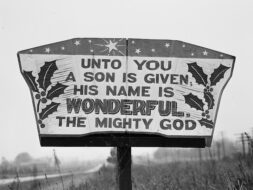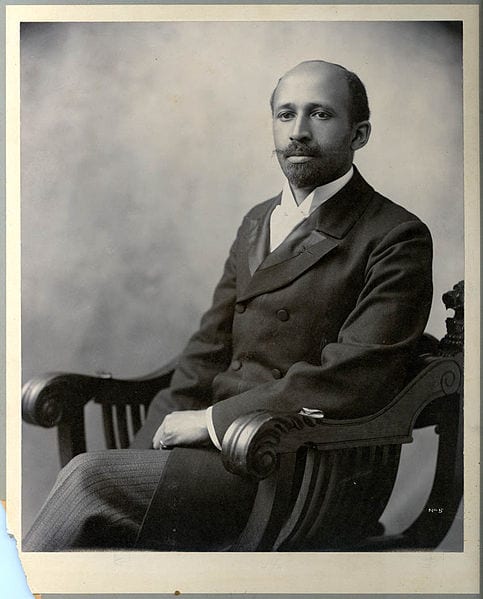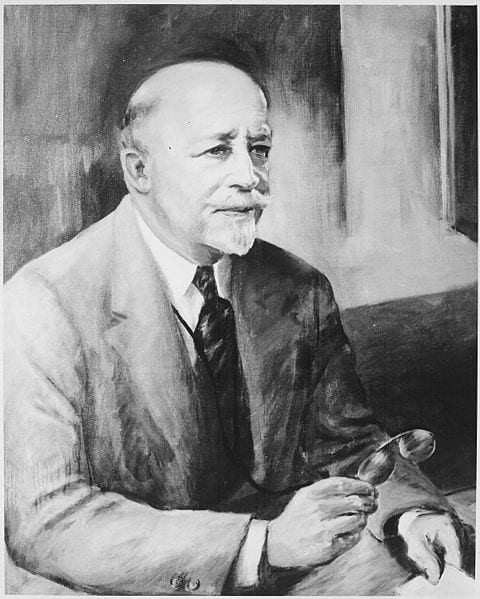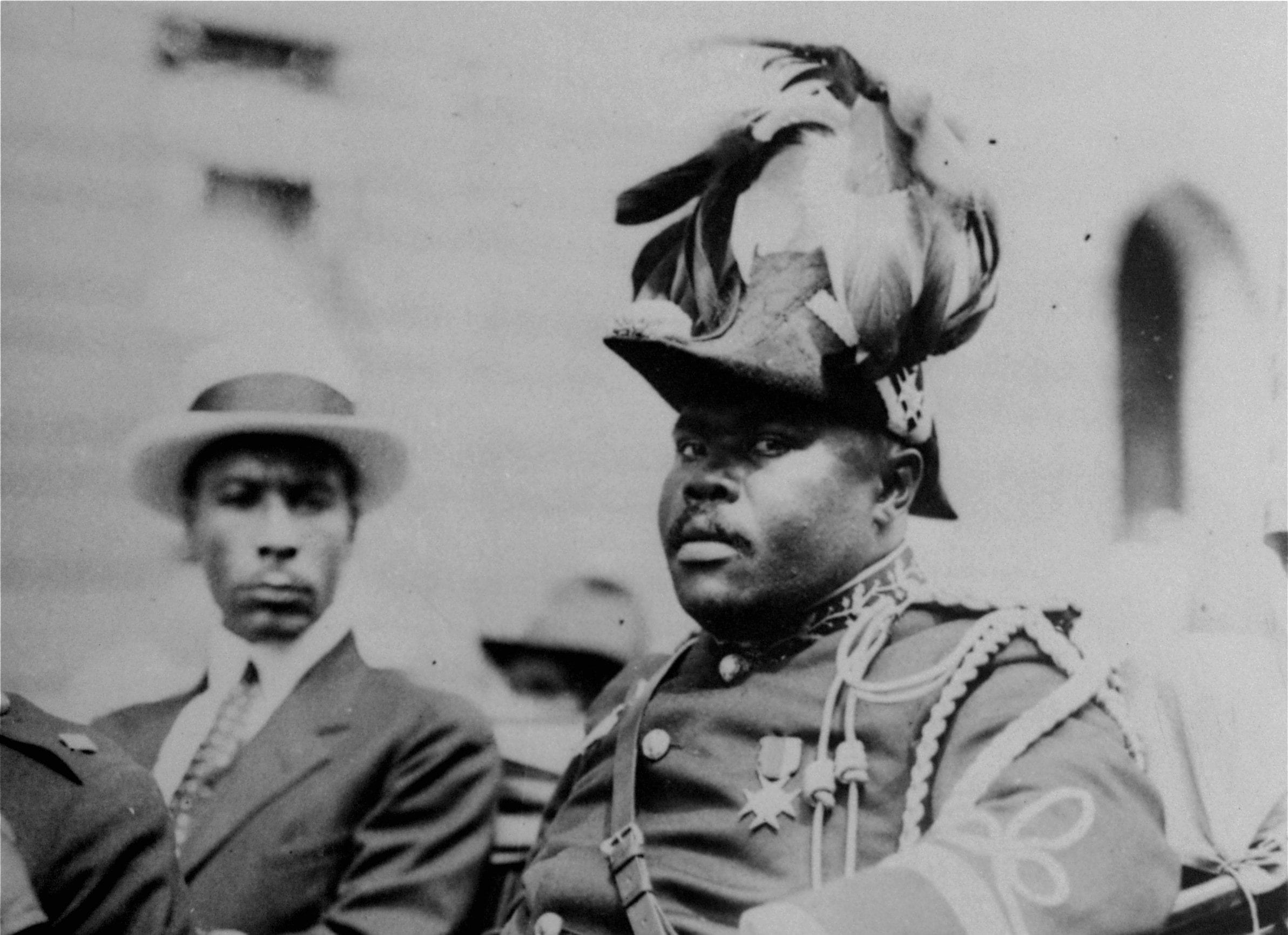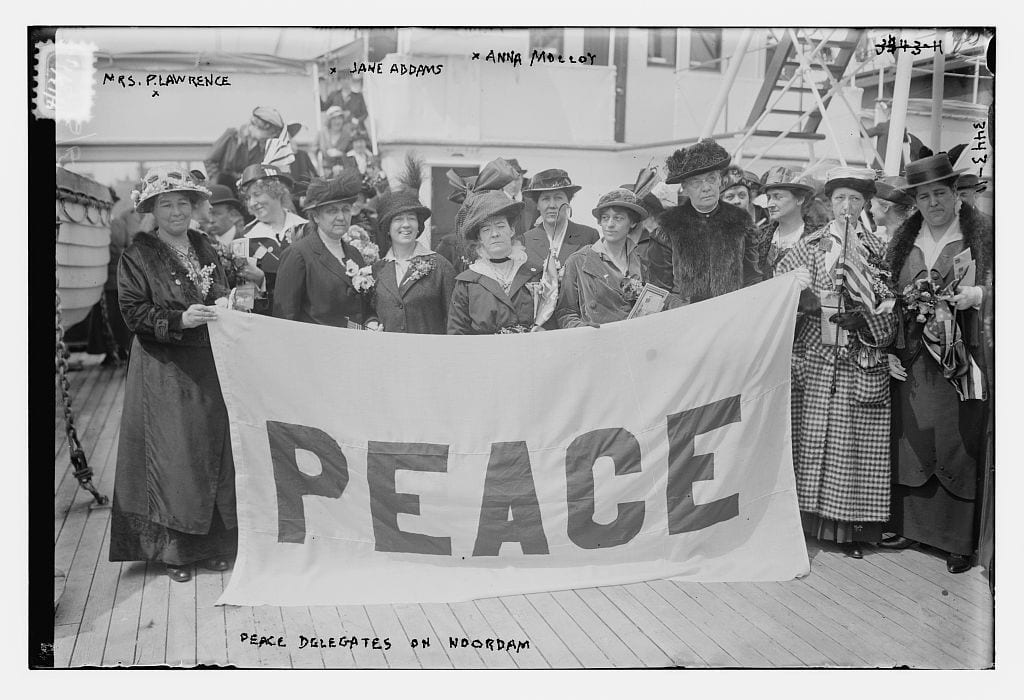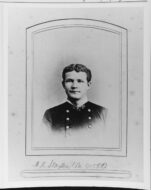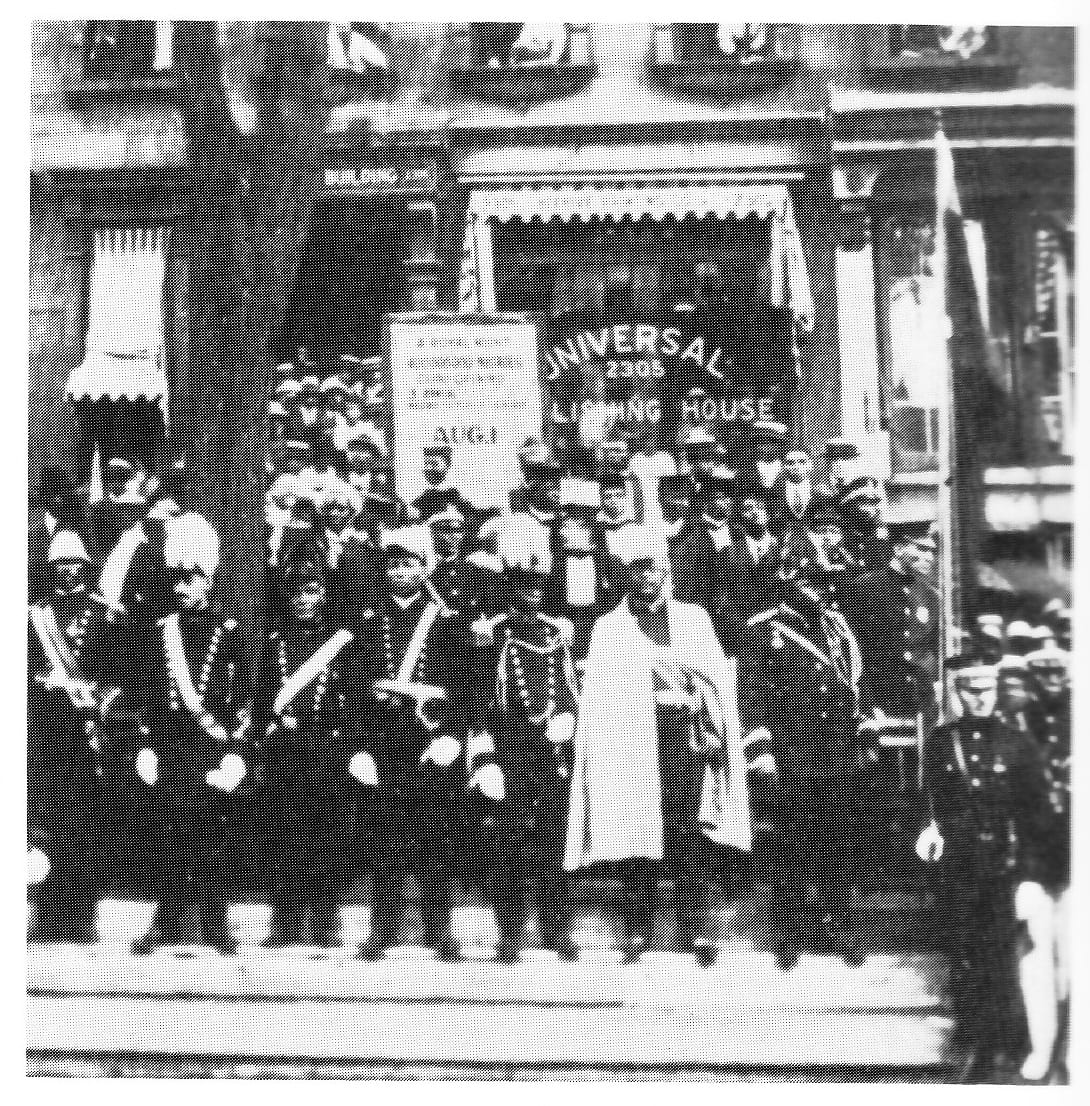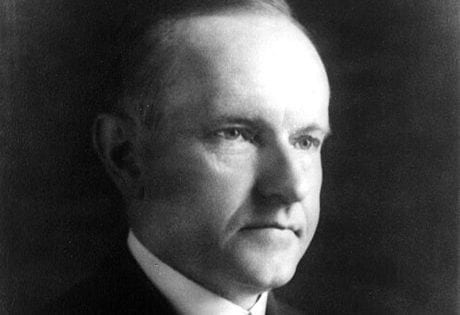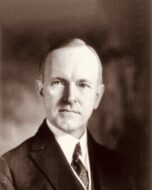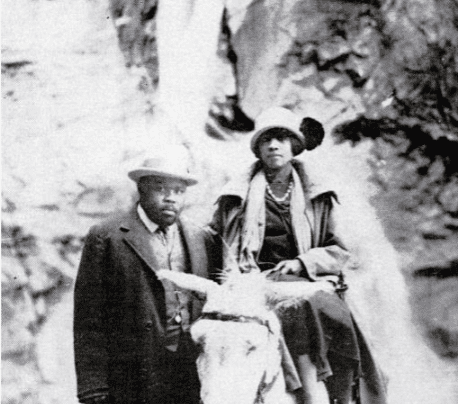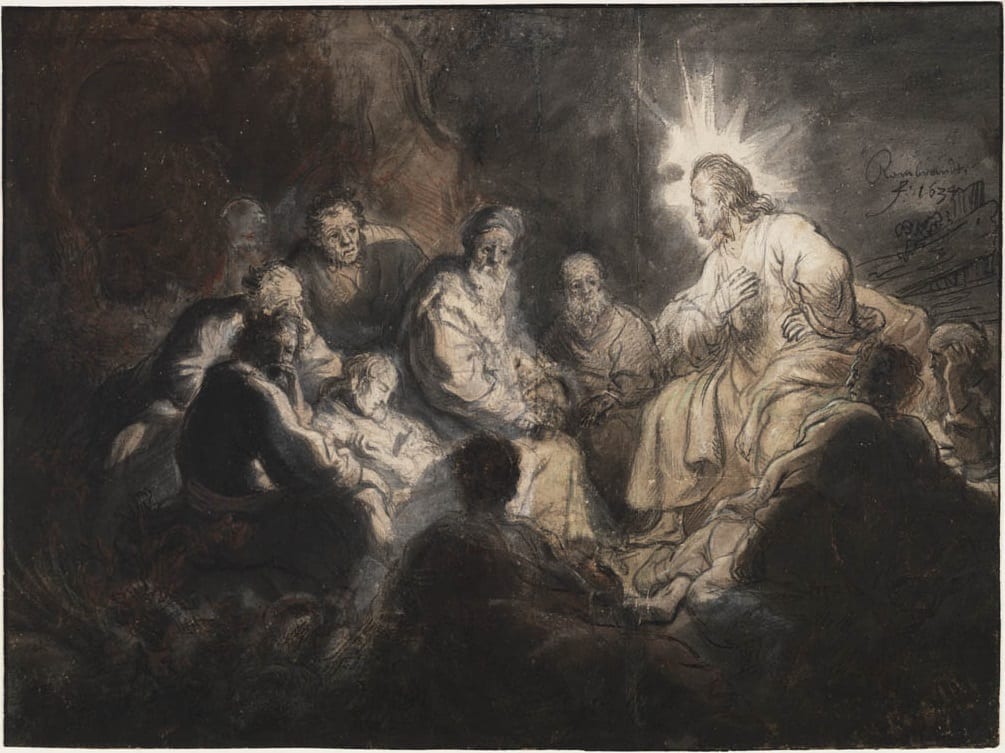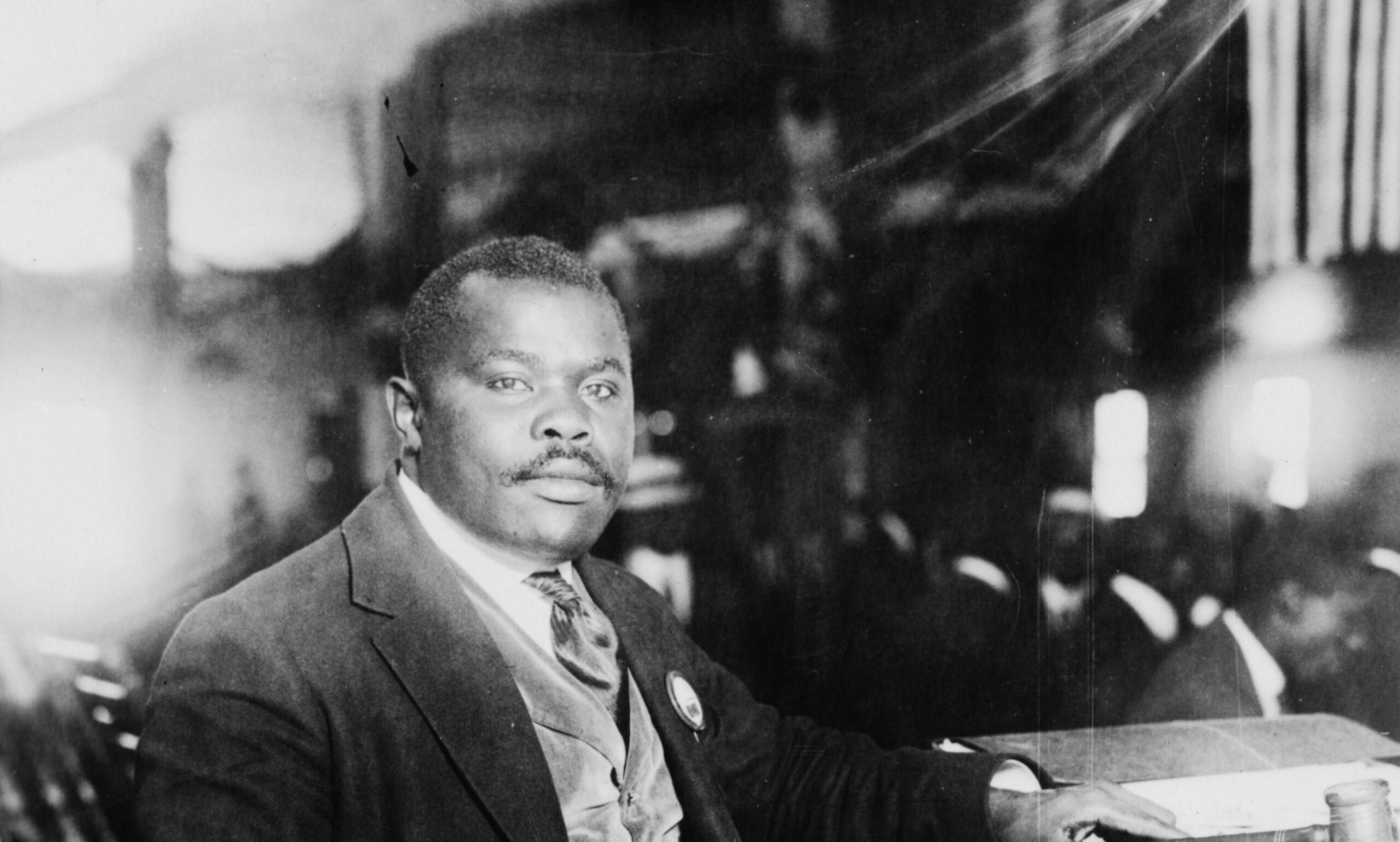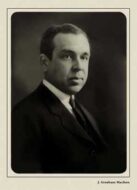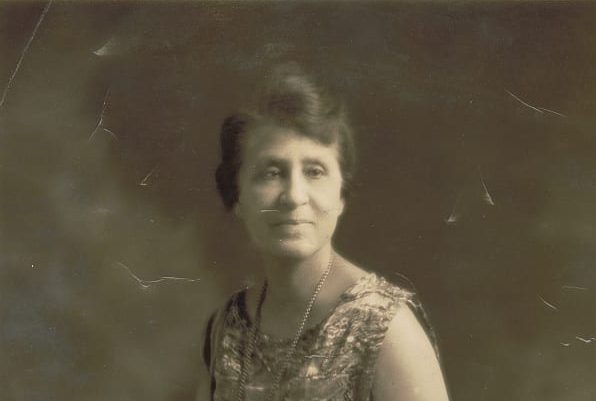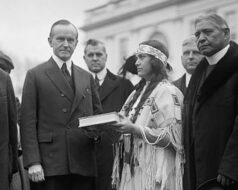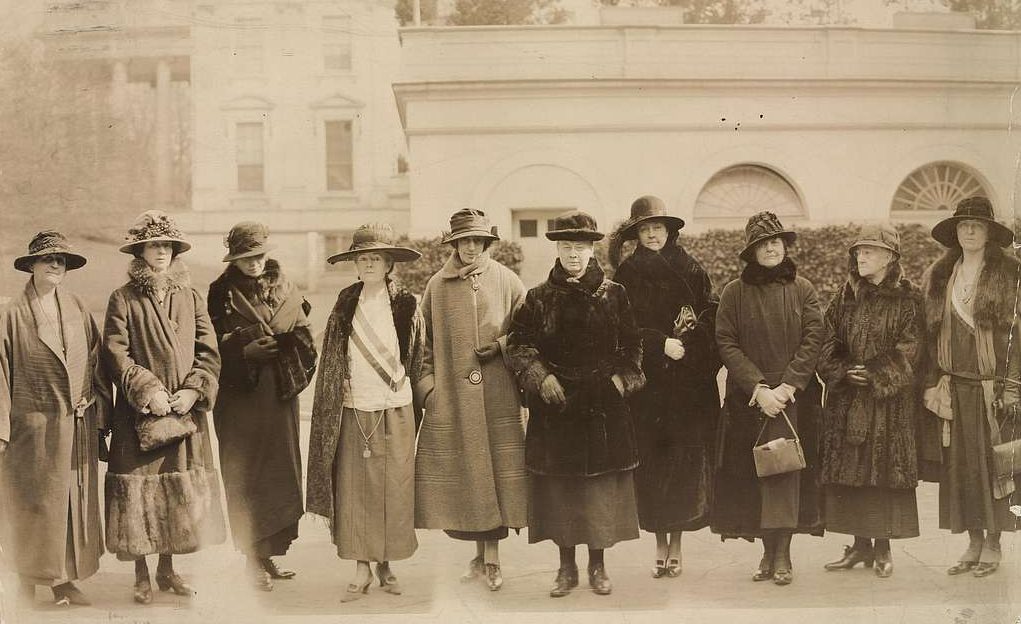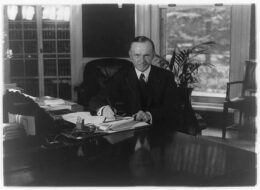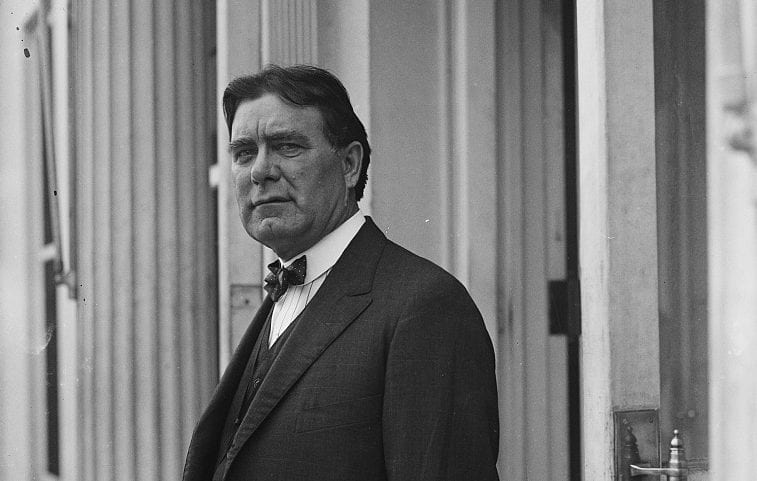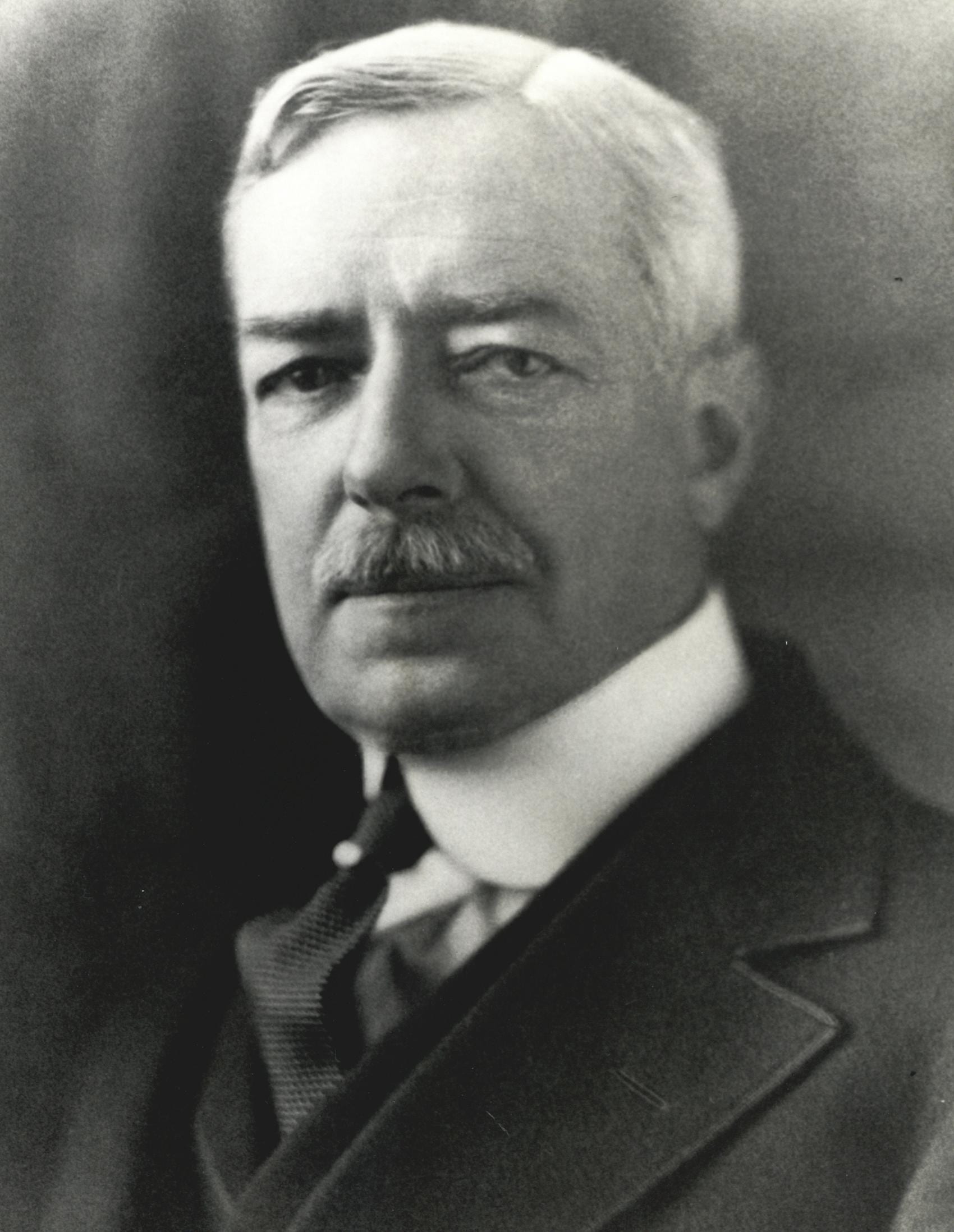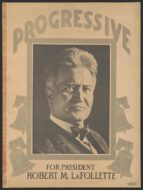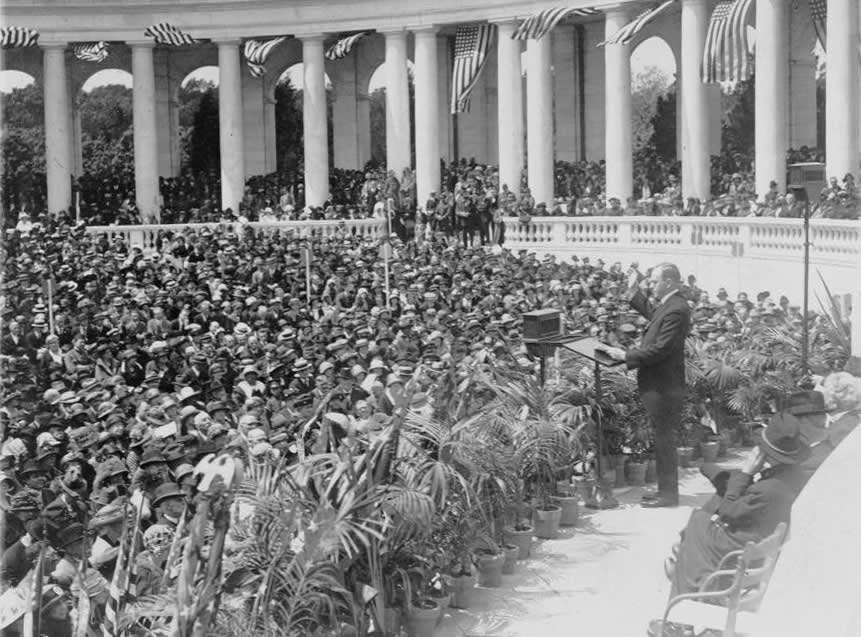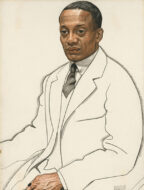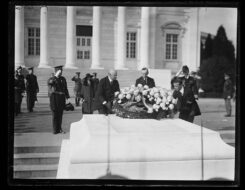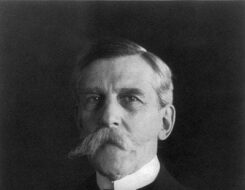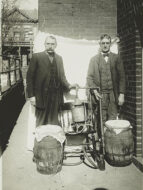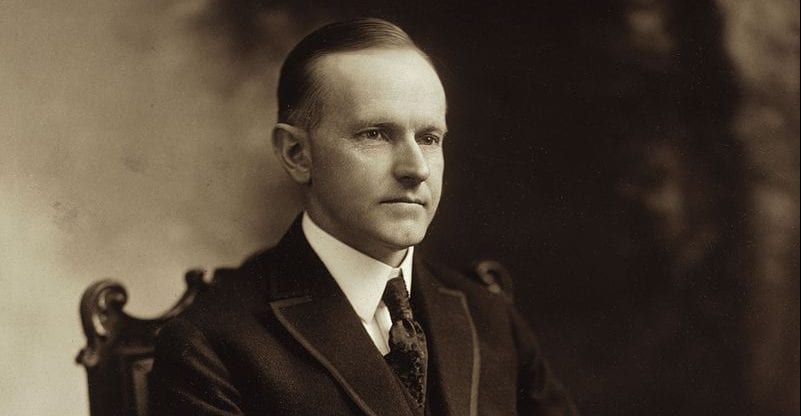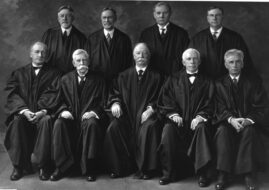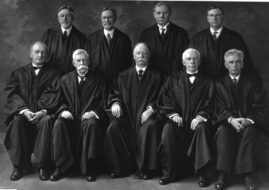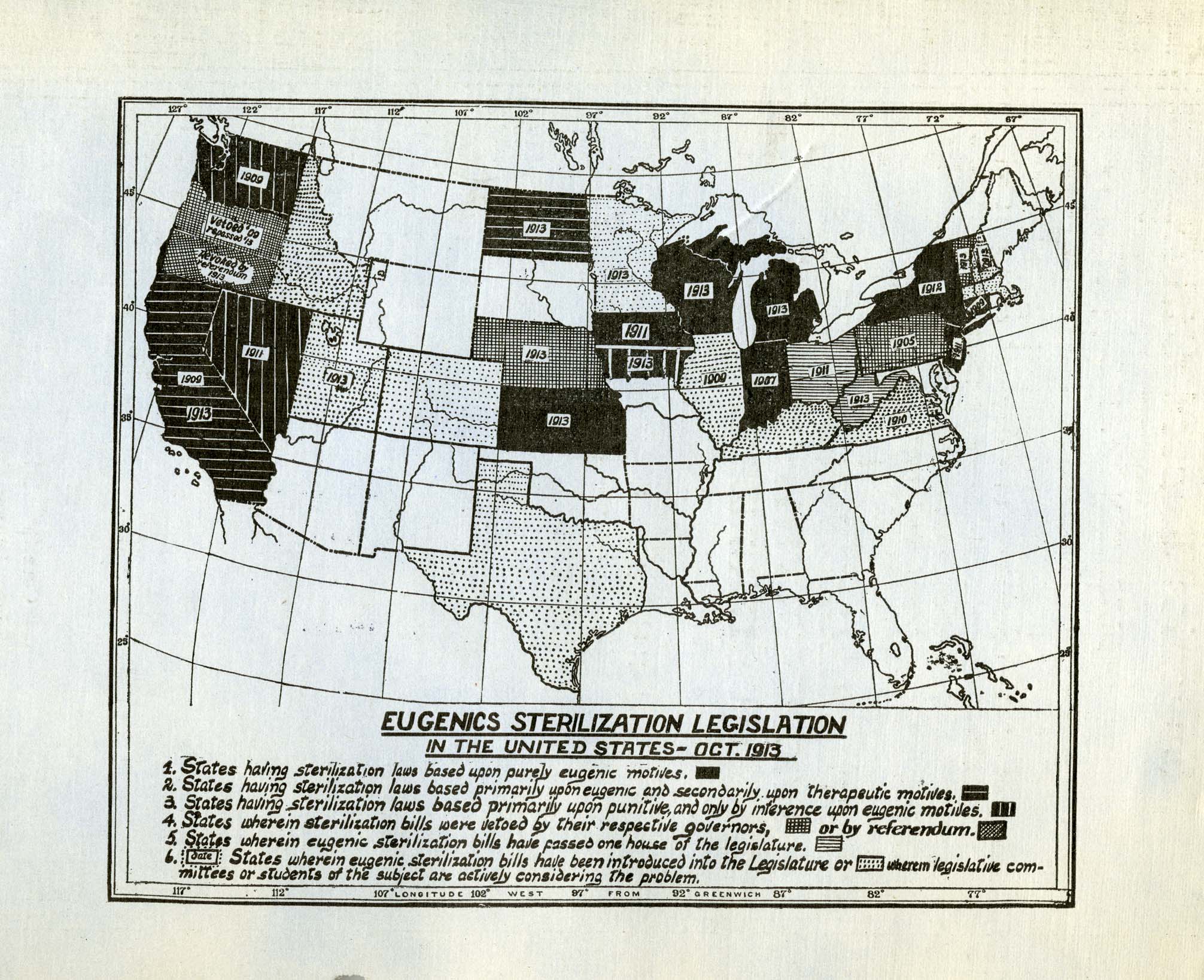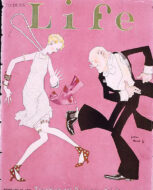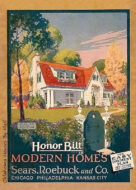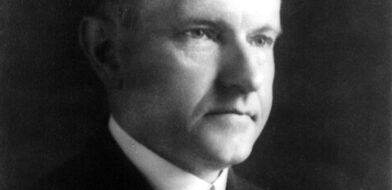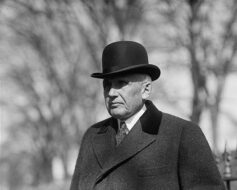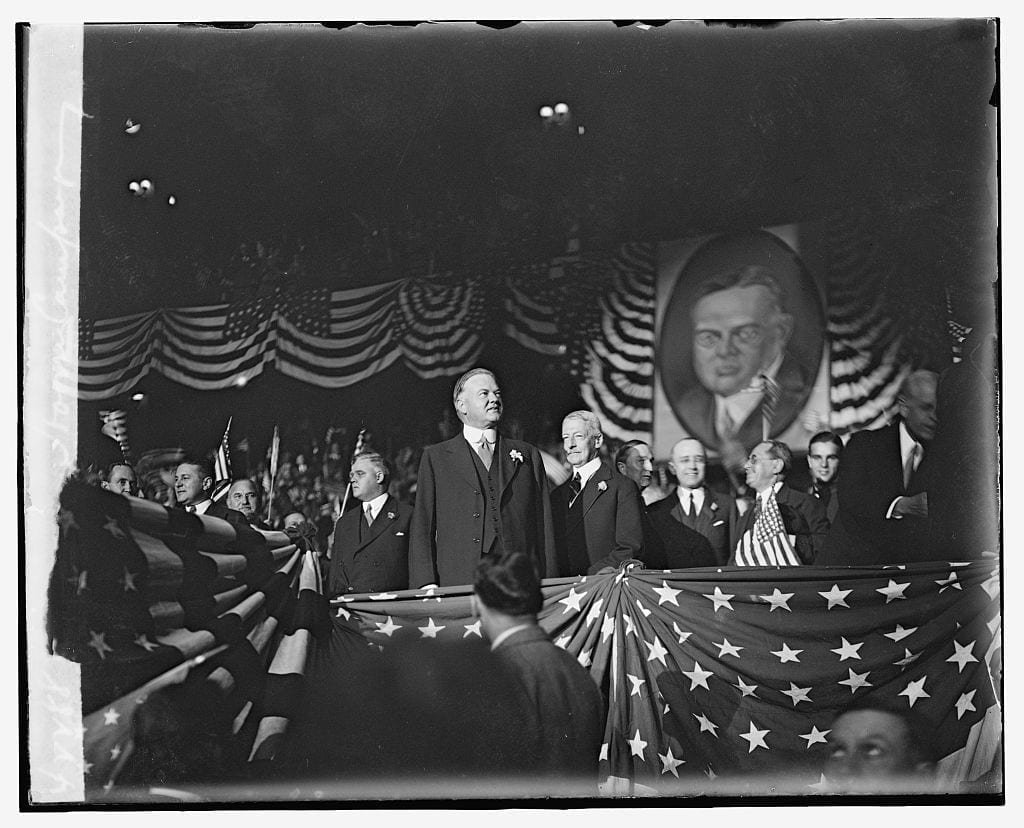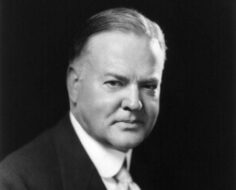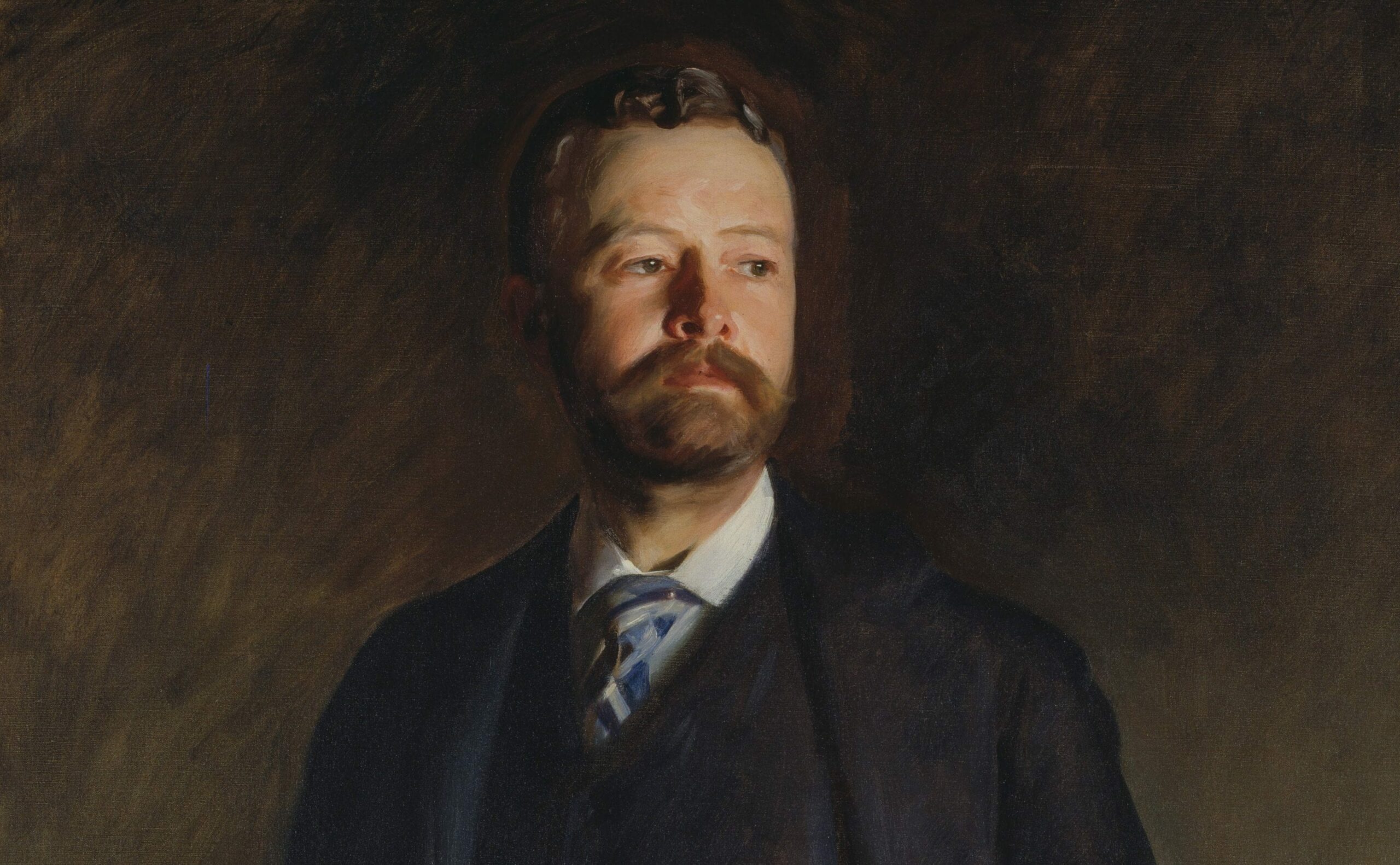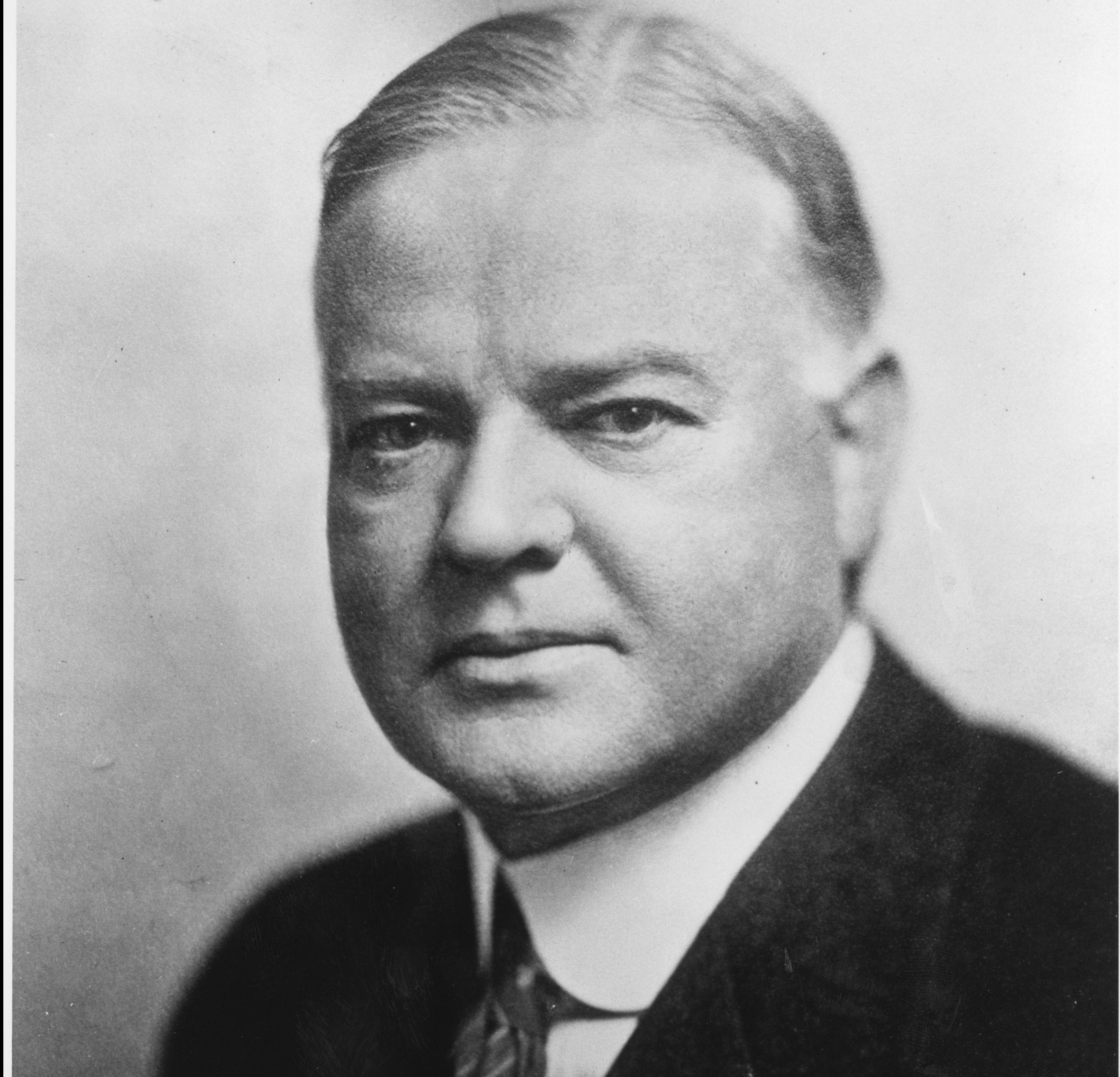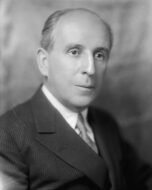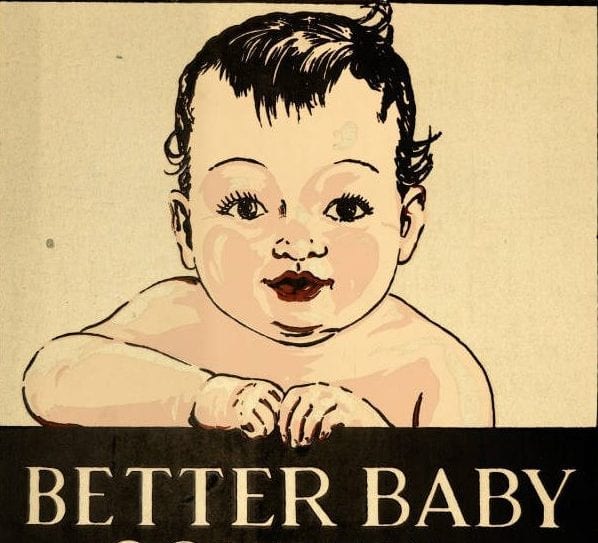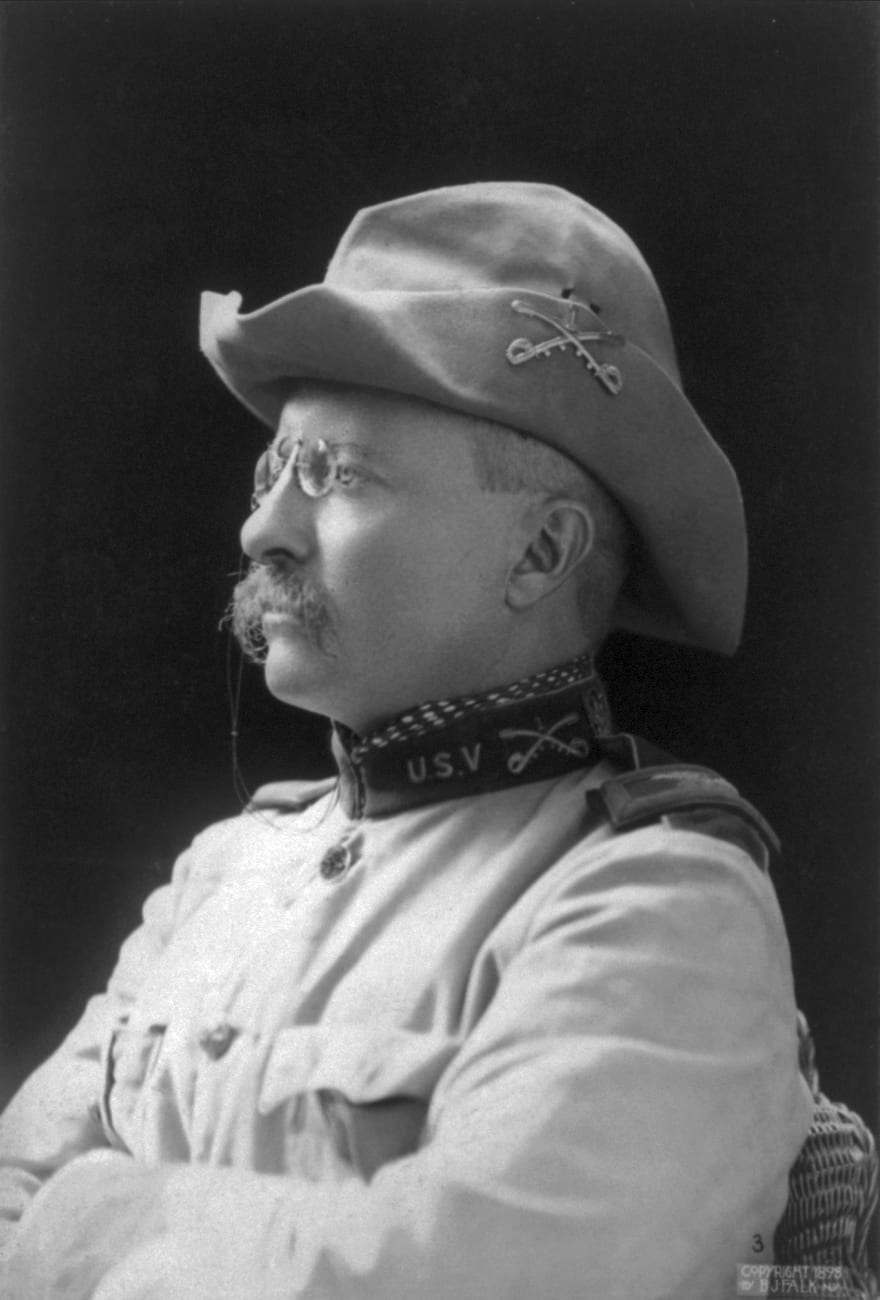Introduction
The Supreme Court did not rule on the constitutionality of the Espionage Act or Sedition Act until after the war ended. In Schenck v. United States, Charles T. Schenck appealed his six-month prison sentence for printing and mailing a Socialist Party antidraft circular to men awaiting induction into the Army. He argued that the Espionage Act violated his First Amendment right to free speech. Furthermore, there was no proof that the circular had induced anyone to evade the draft.
Writing the opinion for the Court’s unanimous decision, Associate Justice Oliver Wendall Holmes Jr. (1841–1935) concluded that freedom of speech was not an absolute right; restrictions on speech were sometimes necessary to safeguard the public. Citing the Schenck decision, the court subsequently upheld the conviction of Socialist Party leader Eugene V. Debs (1855–1926). Debs ultimately served half of his ten-year sentence for denouncing the war as a capitalist-driven pursuit of profits.
The “clear and present” danger test that Holmes established in Schenck remained the legal standard for fifty years. The Court eventually embraced a more restrictive criterion, the danger of “imminent lawless action,” as the only acceptable basis for curtailing speech in Brandenburg v. Ohio (1969).
—Jennifer D. Keene
Schenck v. United States, 249 U.S. 47 (1919), Legal Information Institute, Cornell Law School. Available at https://www.law.cornell.edu/supremecourt/text/249/47.
MR. JUSTICE HOLMES delivered the opinion of the court.
This is an indictment in three counts. The first charges a conspiracy to violate the Espionage Act of June 15, 1917 . . . by causing and attempting to cause insubordination, etc., in the military and naval forces of the United States, and to obstruct the recruiting and enlistment service of the United States, when the United States was at war with the German Empire, to wit, that the defendants willfully conspired to have printed and circulated to men who had been called and accepted for military service under the Act of May 18, 1917,1 a document set forth and alleged to be calculated to cause such insubordination and obstruction. The count alleges overt acts in pursuance of the conspiracy, ending in the distribution of the document set forth. The second count alleges a conspiracy to commit an offense against the United States, to wit, to use the mails for the transmission of matter declared to be nonmailable. . . .The third count charges an unlawful use of the mails for the transmission of the same matter and otherwise as above. The defendants were found guilty on all the counts. They set up the First Amendment to the Constitution forbidding Congress to make any law abridging the freedom of speech, or of the press, and bringing the case here on that ground have argued some other points also of which we must dispose.
It is argued that the evidence, if admissible, was not sufficient to prove that the defendant Schenck was concerned in sending the documents. According to the testimony, Schenck said he was general secretary of the Socialist Party, and had charge of the Socialist headquarters from which the documents were sent. He identified a book found there as the minutes of the Executive Committee of the party. The book showed a resolution of August 13, 1917, that 15,000 leaflets should be printed on the other side of one of them in use, to be mailed to men who had passed exemption boards, and for distribution. Schenck personally attended to the printing. On August 20, the general secretary’s report said “Obtained new leaflets from printer and started work addressing envelopes” etc., and there was a resolve that Comrade Schenck be allowed $125 for sending leaflets through the mail. He said that he had about fifteen or sixteen thousand printed. There were files of the circular in question in the inner office which he said were printed on the other side of the one-sided circular, and were there for distribution. Other copies were proved to have been sent through the mails to drafted men. Without going into confirmatory details that were proved, no reasonable man could doubt that the defendant Schenck was largely instrumental in sending the circulars about. . . .
The document in question, upon its first printed side, recited the first section of the Thirteenth Amendment, said that the idea embodied in it was violated by the Conscription Act, and that a conscript is little better than a convict. In impassioned language, it intimated that conscription was despotism in its worst form, and a monstrous wrong against humanity in the interest of Wall Street’s chosen few. It said “Do not submit to intimidation,” but in form, at least, confined itself to peaceful measures such as a petition for the repeal of the act. The other and later printed side of the sheet was headed “Assert Your Rights.” It stated reasons for alleging that anyone violated the Constitution when he refused to recognize “your right to assert your opposition to the draft,” and went on “If you do not assert and support your rights, you are helping to deny or disparage rights which it is the solemn duty of all citizens and residents of the United States to retain.” It described the arguments on the other side as coming from cunning politicians and a mercenary capitalist press, and even silent consent to the conscription law as helping to support an infamous conspiracy. It denied the power to send our citizens away to foreign shores to shoot up the people of other lands, and added that words could not express the condemnation such cold-blooded ruthlessness deserves, etc., etc., winding up, “You must do your share to maintain, support and uphold the rights of the people of this country.” Of course, the document would not have been sent unless it had been intended to have some effect, and we do not see what effect it could be expected to have upon persons subject to the draft except to influence them to obstruct the carrying of it out. The defendants do not deny that the jury might find against them on this point.
But it is said, suppose that that was the tendency of this circular, it is protected by the First Amendment to the Constitution. . . . We admit that, in many places and in ordinary times, the defendants, in saying all that was said in the circular, would have been within their constitutional rights. But the character of every act depends upon the circumstances in which it is done. . . .The most stringent protection of free speech would not protect a man in falsely shouting “fire” in a theater and causing a panic. It does not even protect a man from an injunction against uttering words that may have all the effect of force. . . .The question in every case is whether the words used are used in such circumstances and are of such a nature as to create a clear and present danger that they will bring about the substantive evils that Congress has a right to prevent. It is a question of proximity and degree. When a nation is at war, many things that might be said in time of peace are such a hindrance to its effort that their utterance will not be endured so long as men fight, and that no Court could regard them as protected by any constitutional right. . . . It seems to be admitted that, if an actual obstruction of the recruiting service were proved, liability for words that produced that effect might be enforced. The statute of 1917, in section 4, punishes conspiracies to obstruct, as well as actual obstruction. If the act (speaking, or circulating a paper), its tendency, and the intent with which it is done are the same, we perceive no ground for saying that success alone warrants making the act a crime. . . .
Judgments affirmed.


